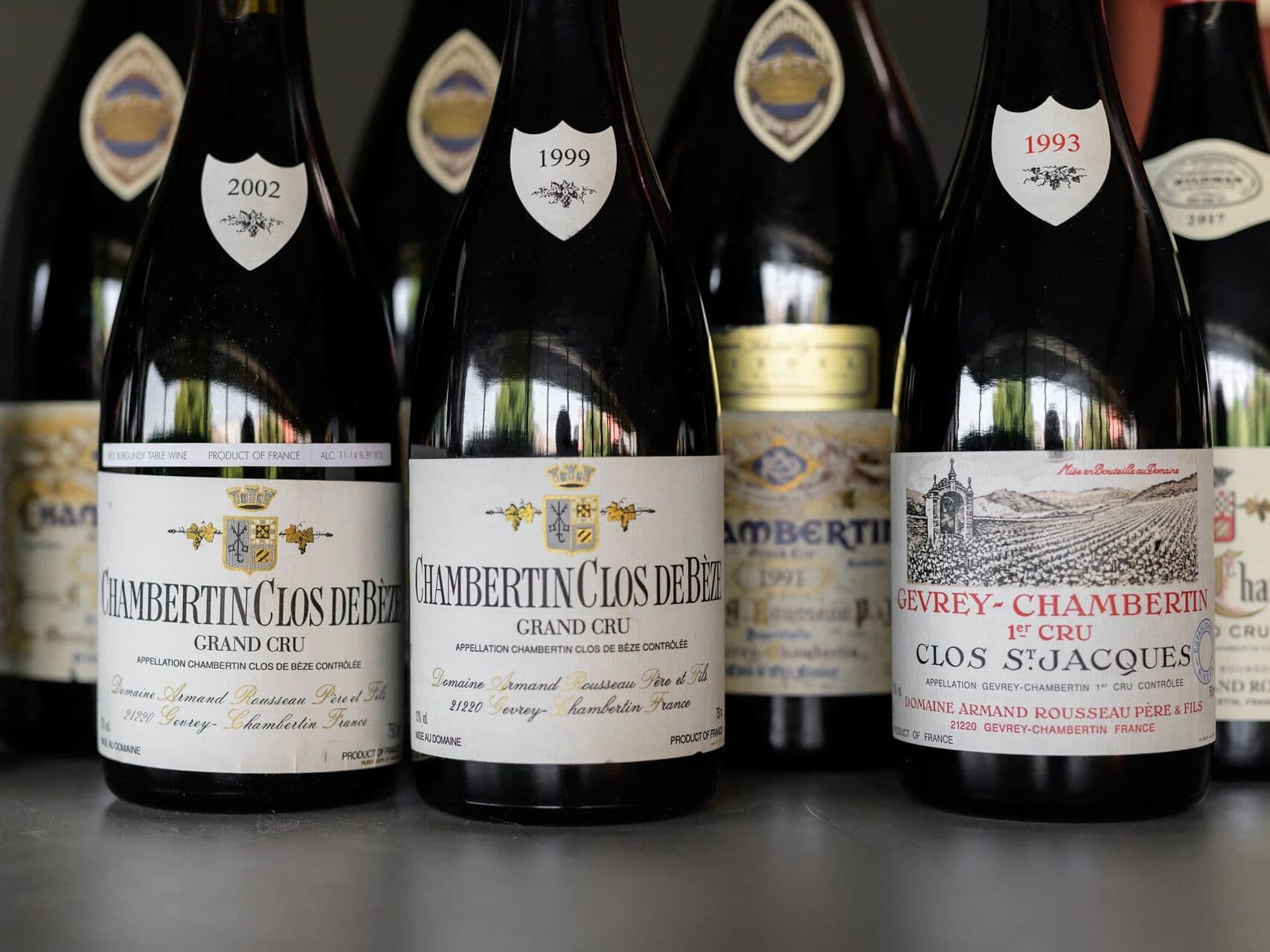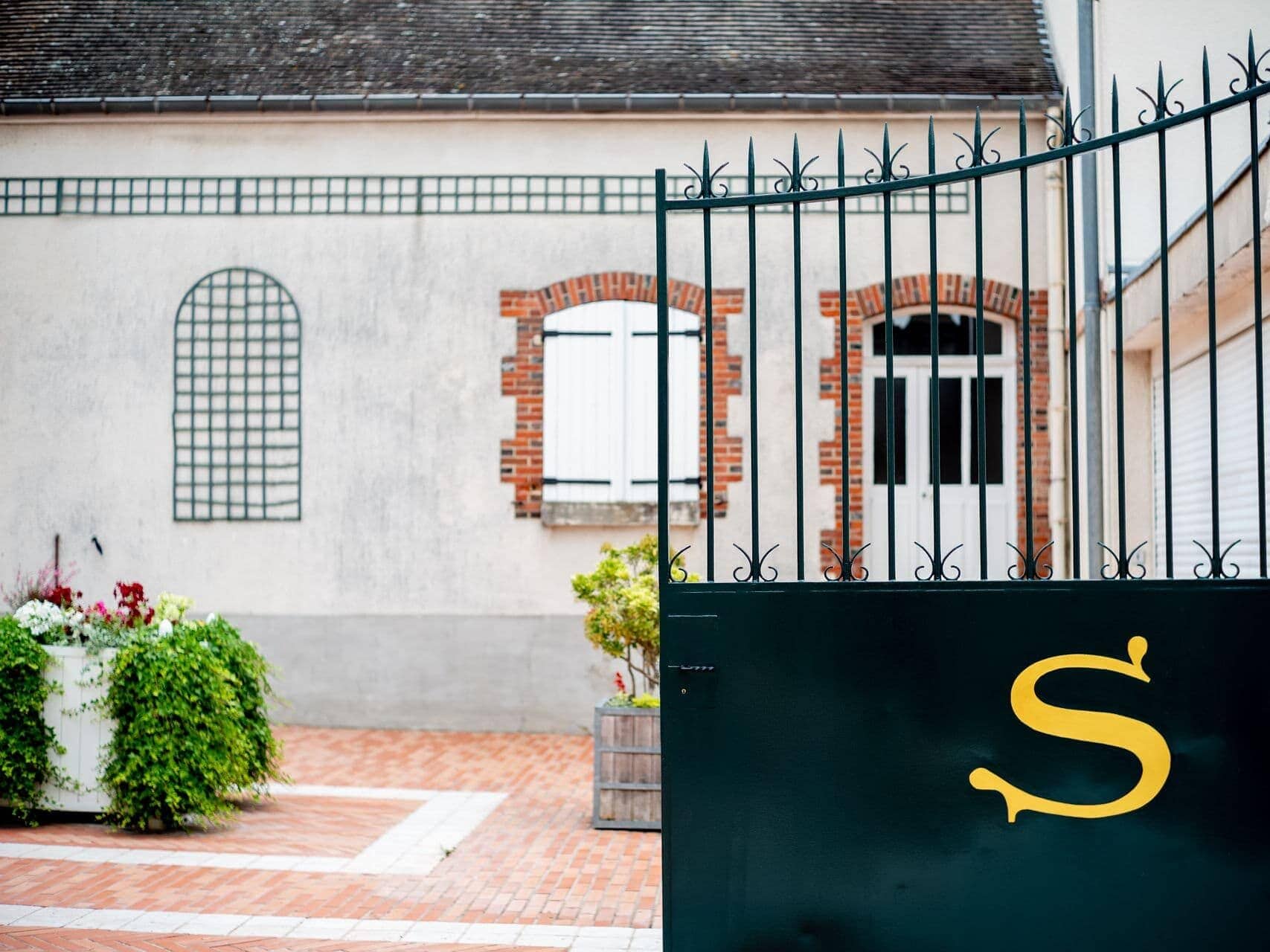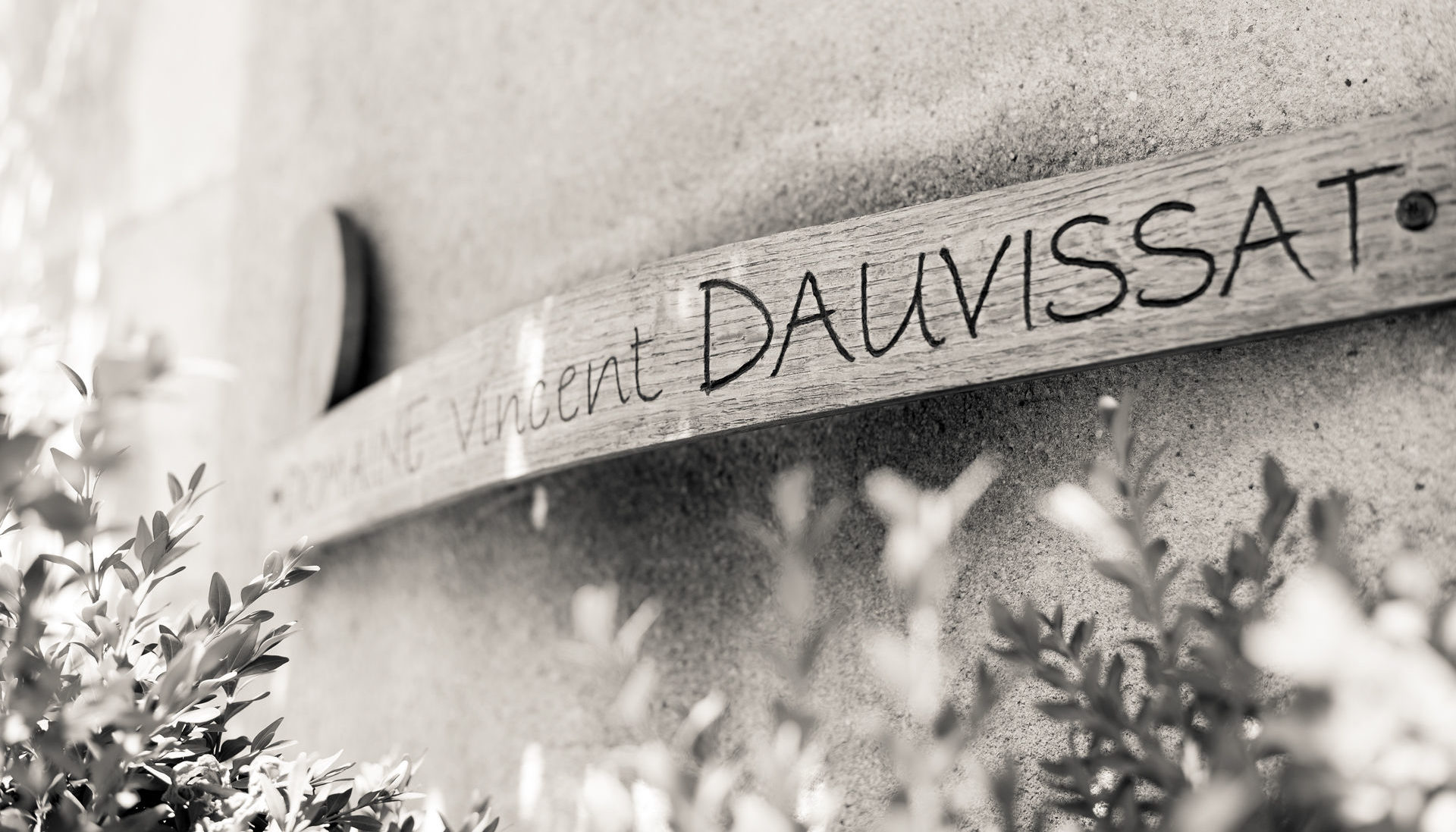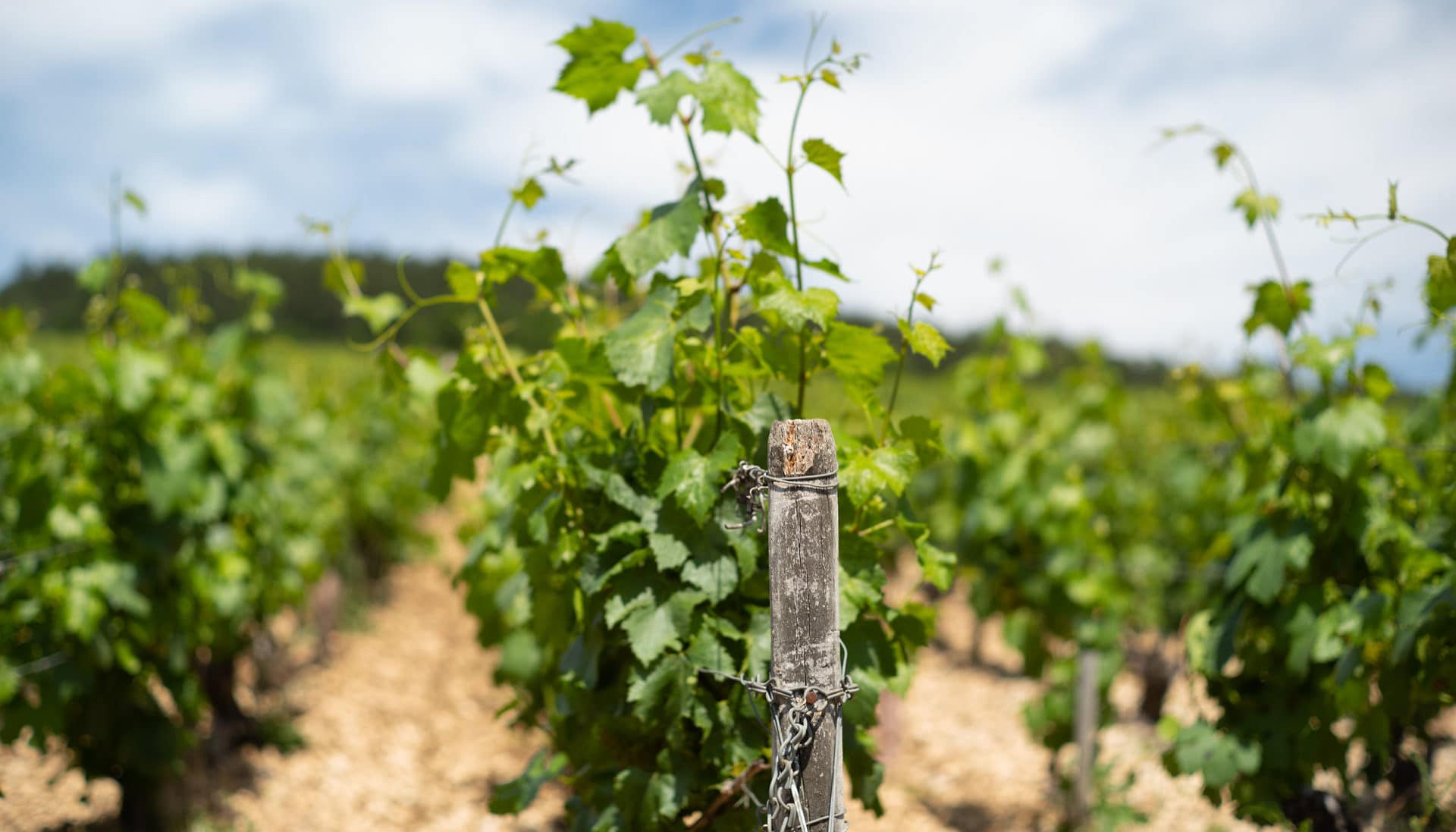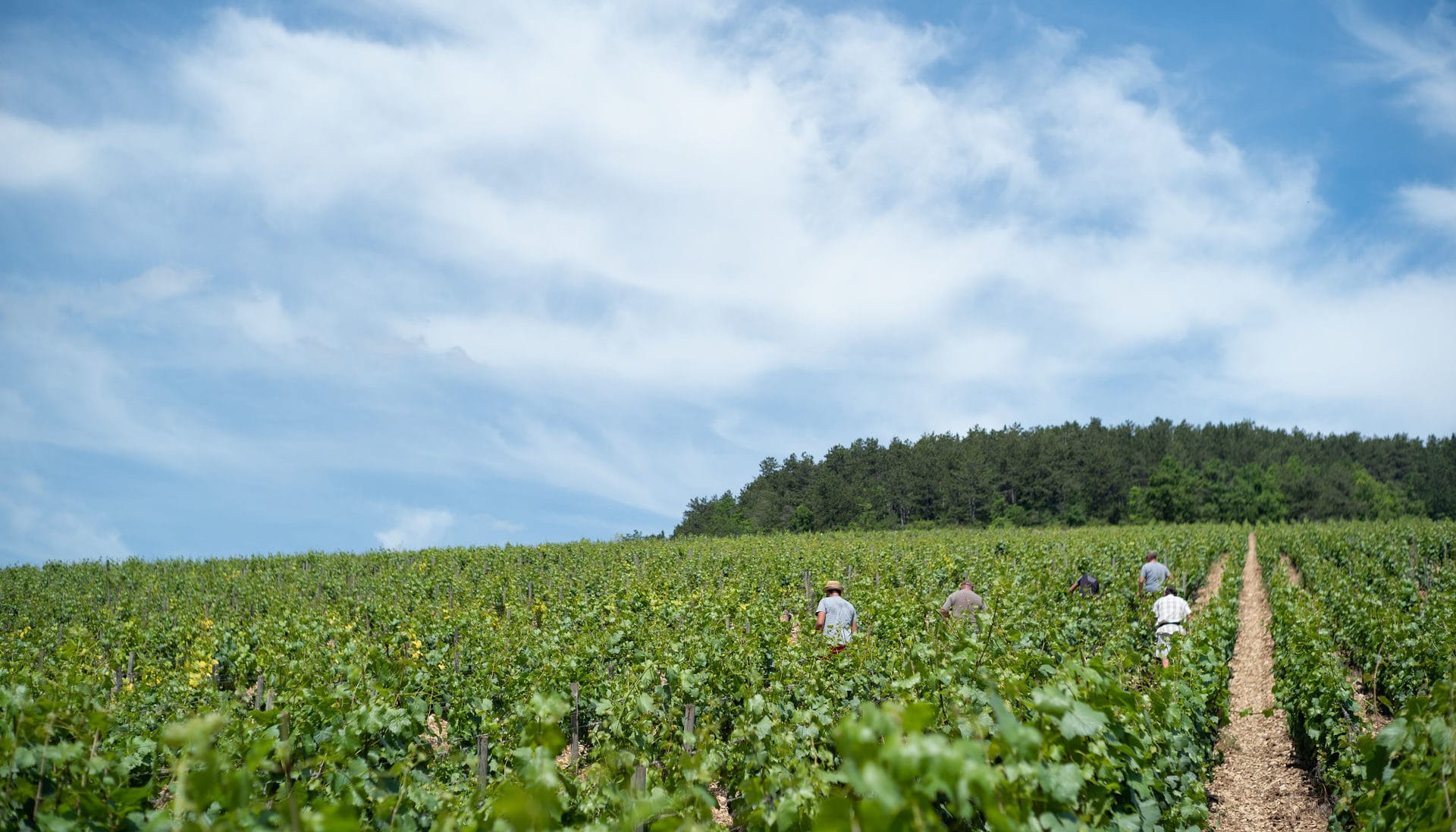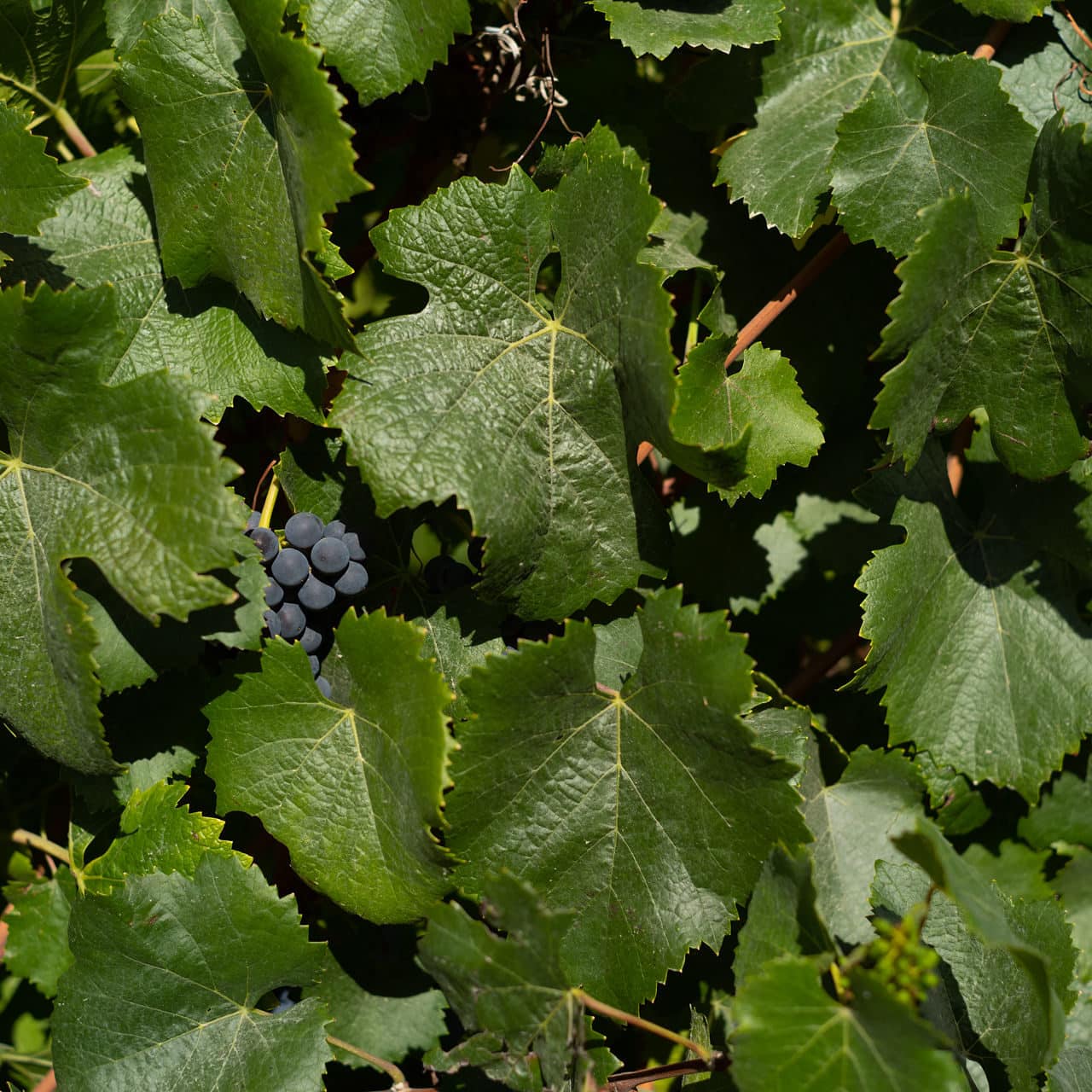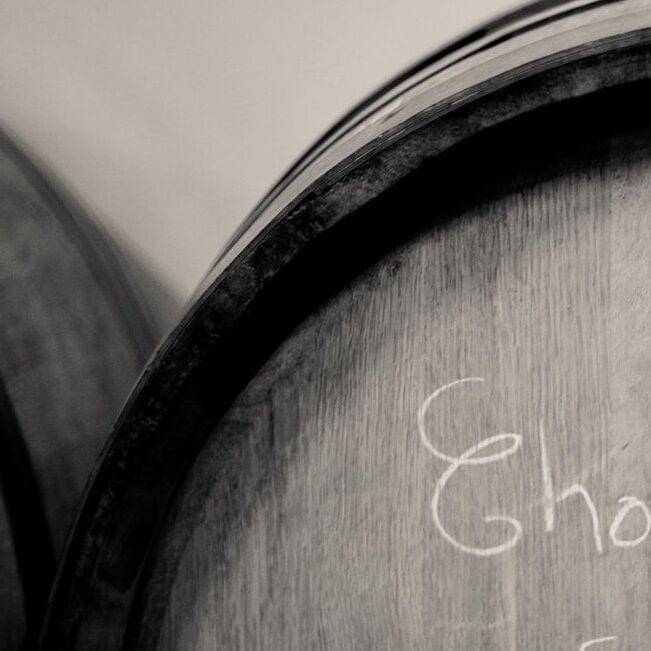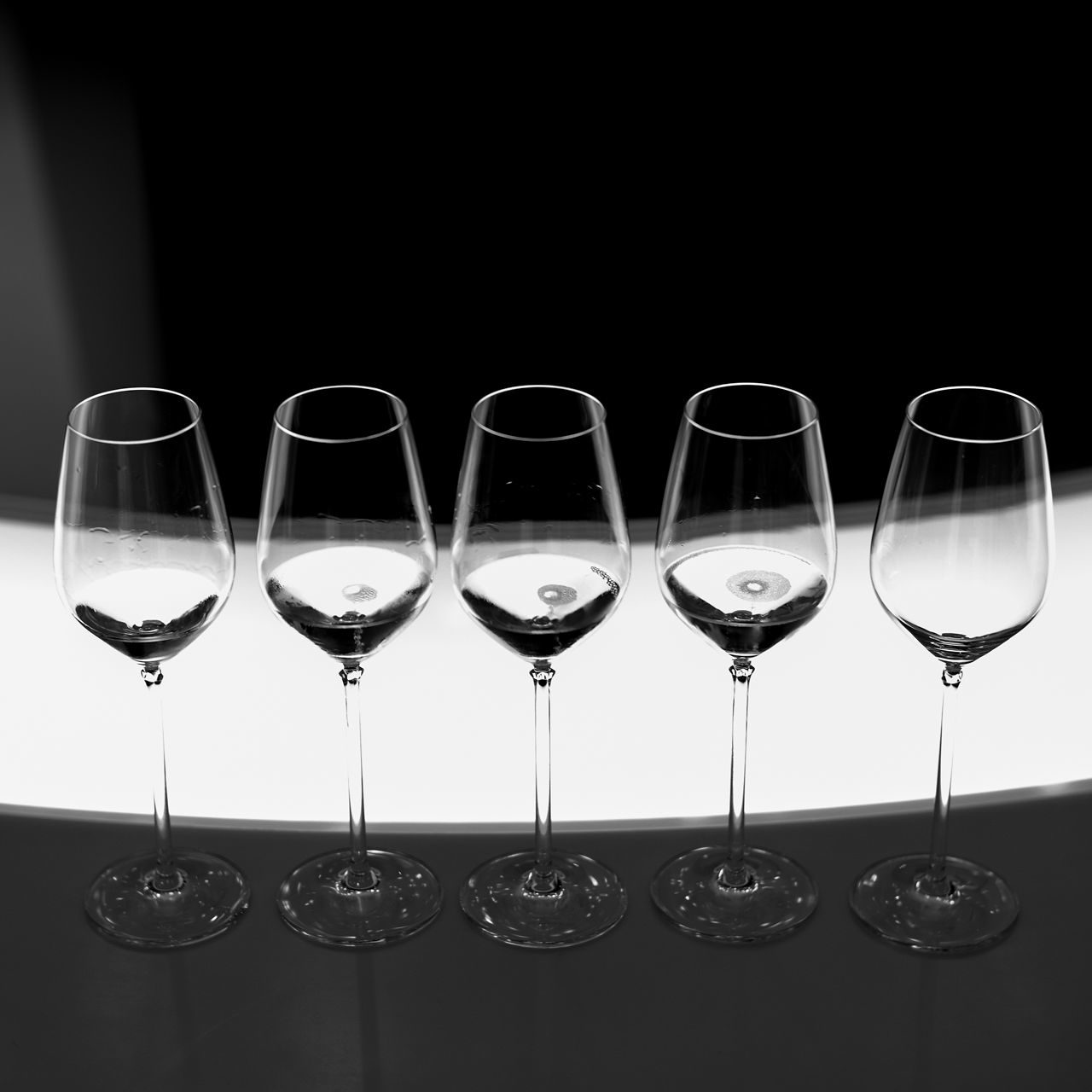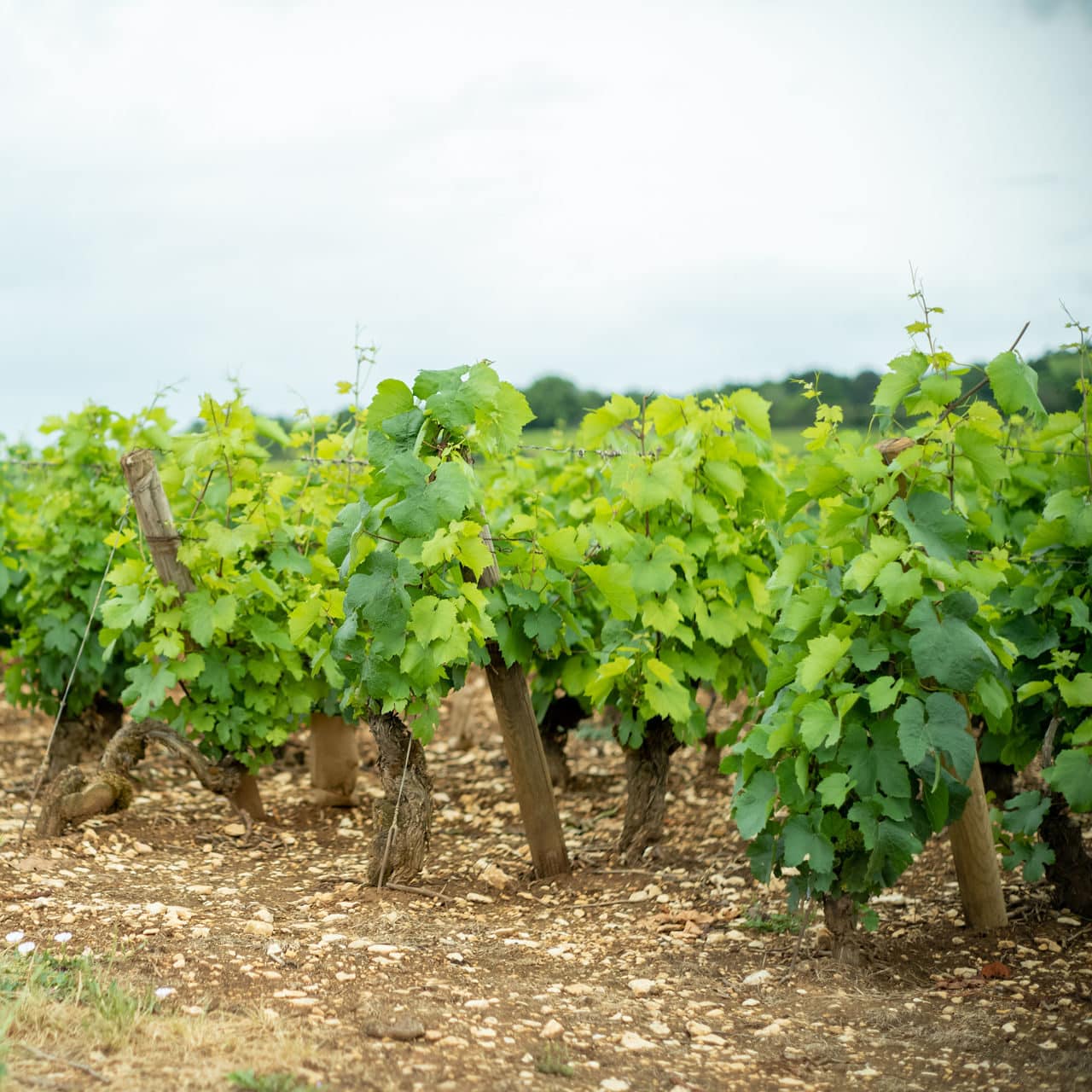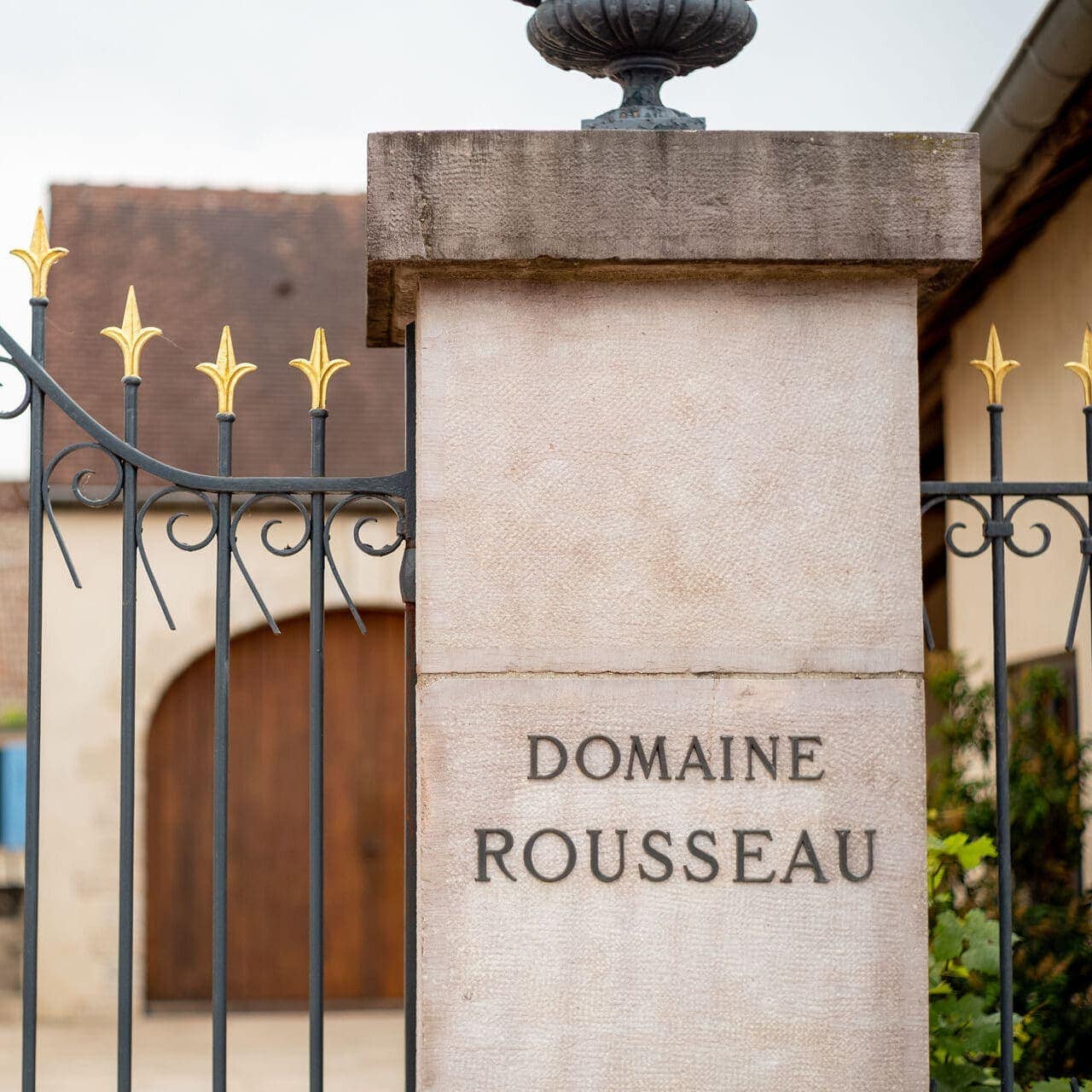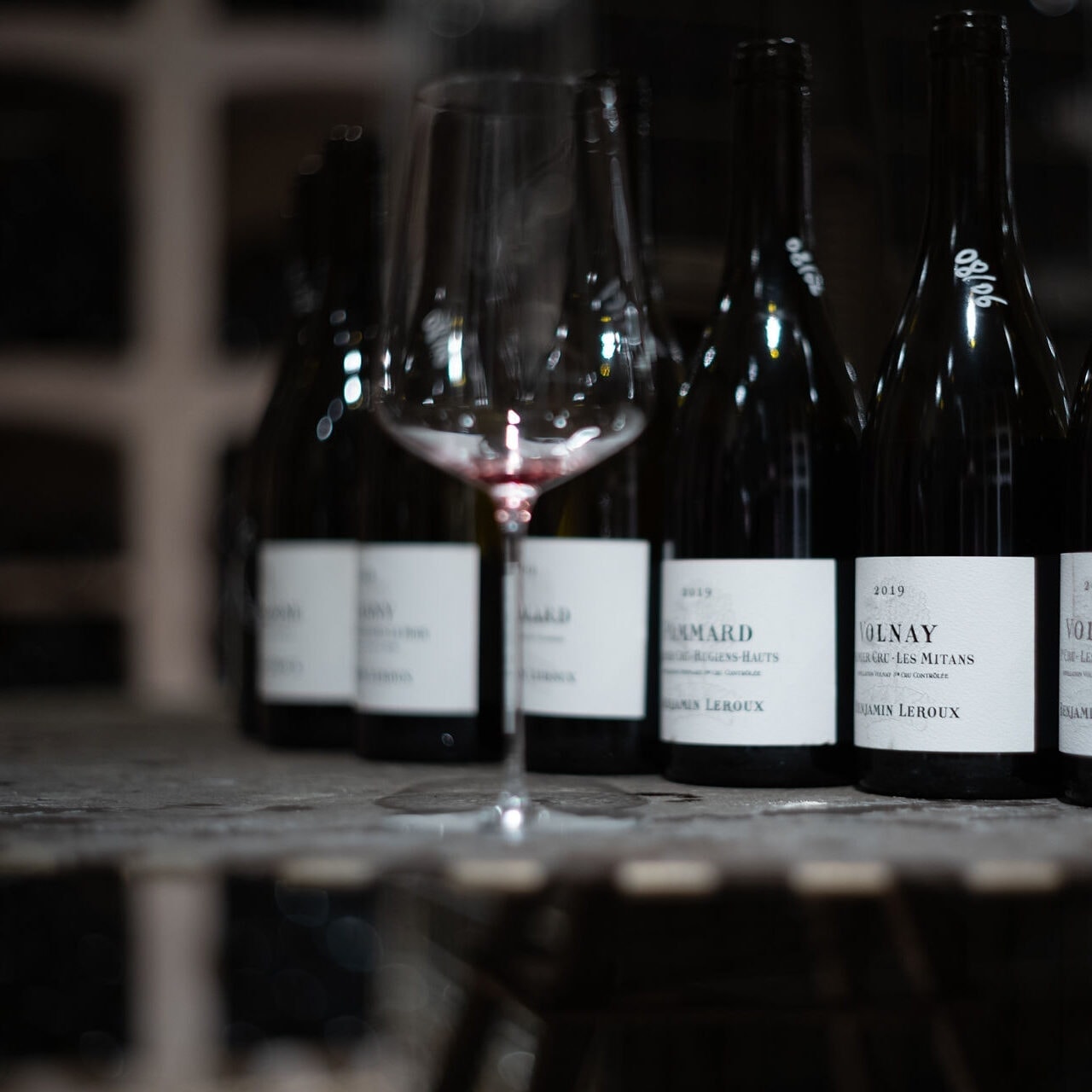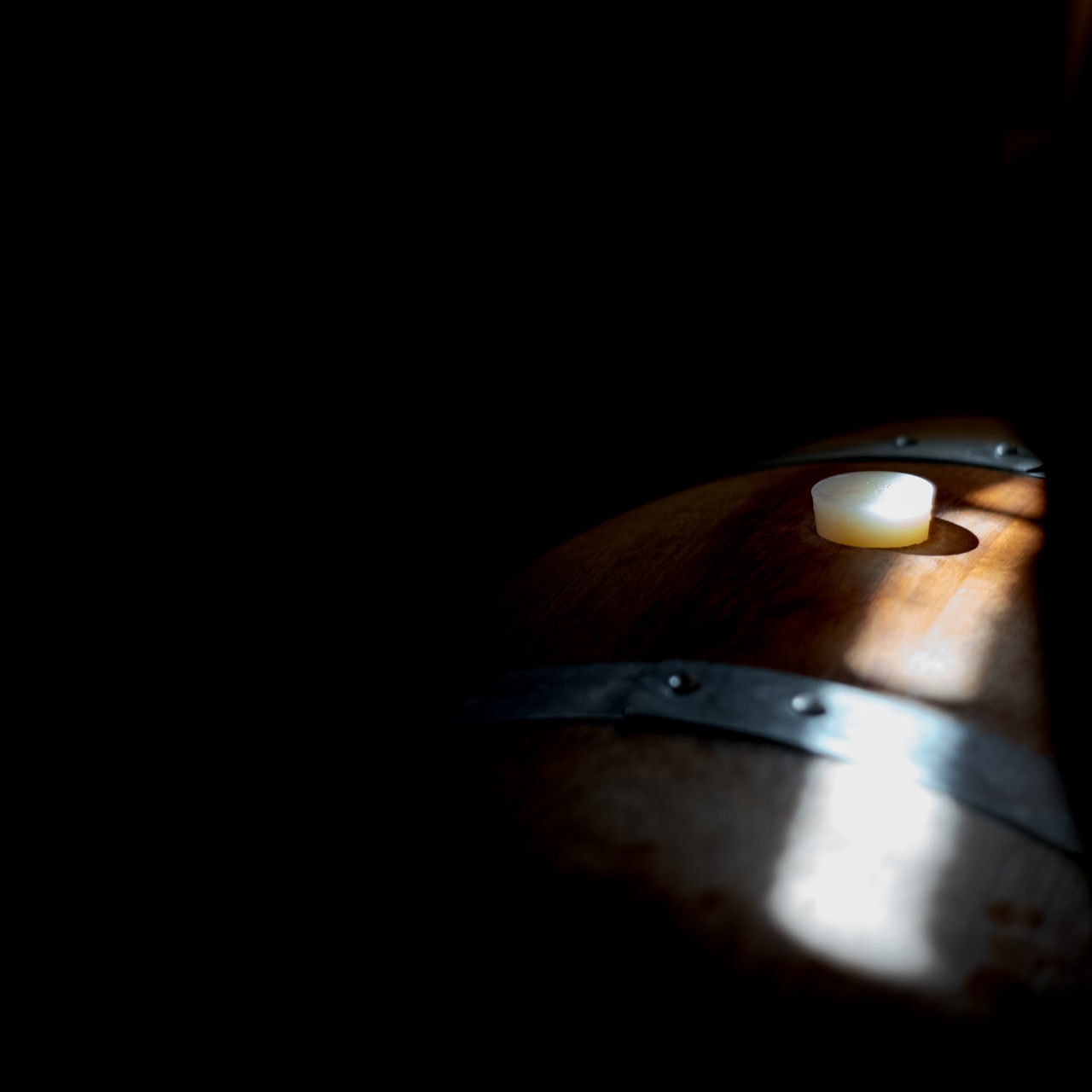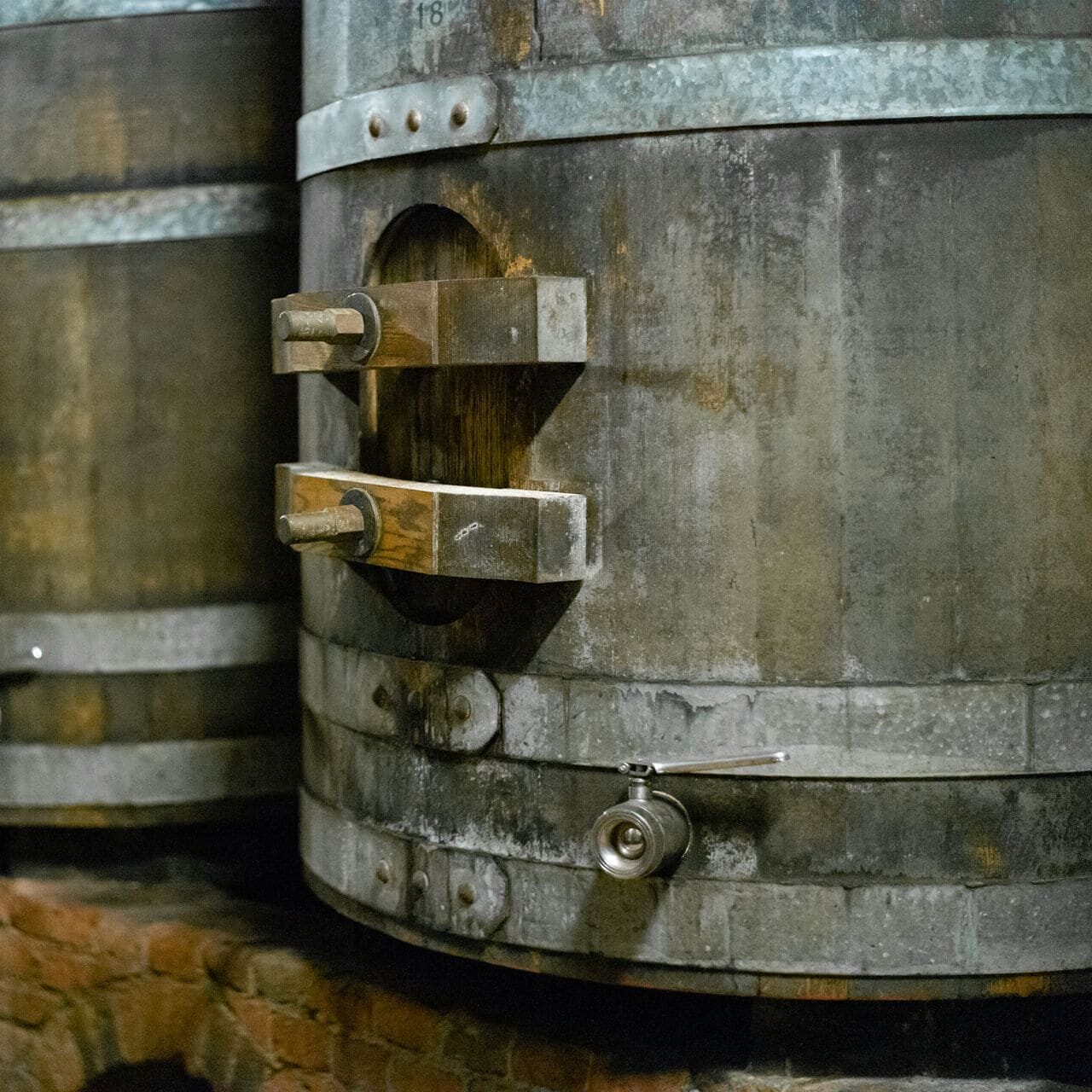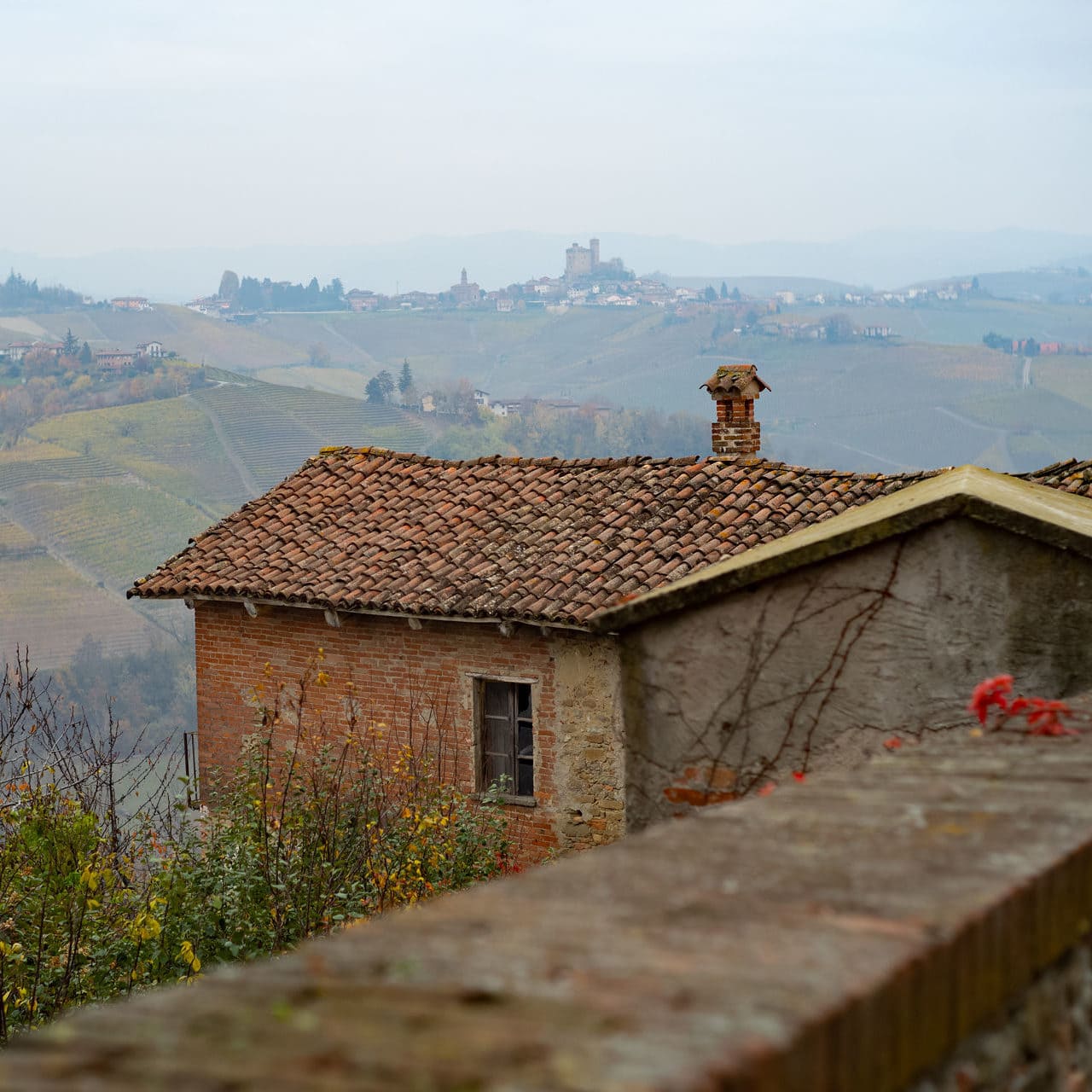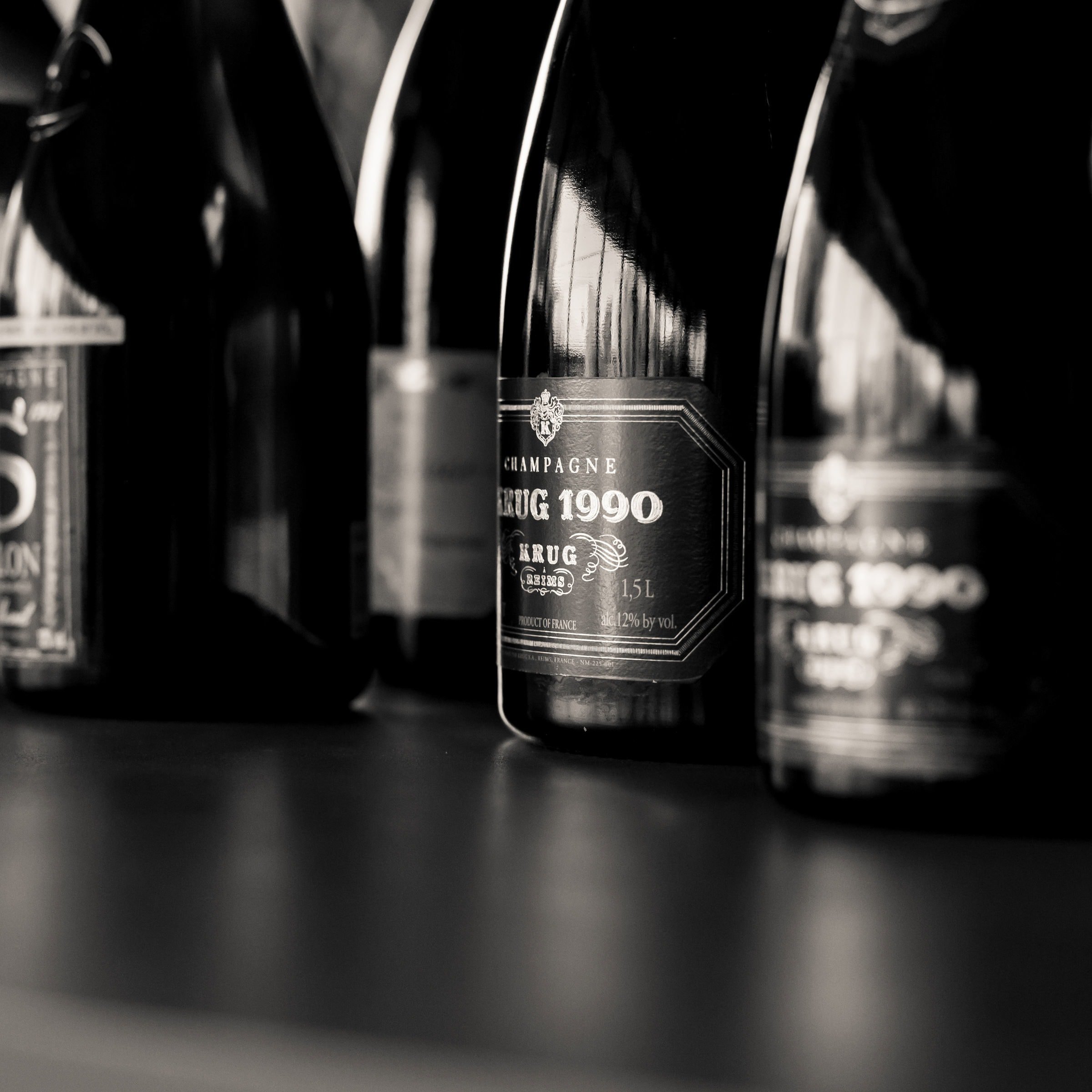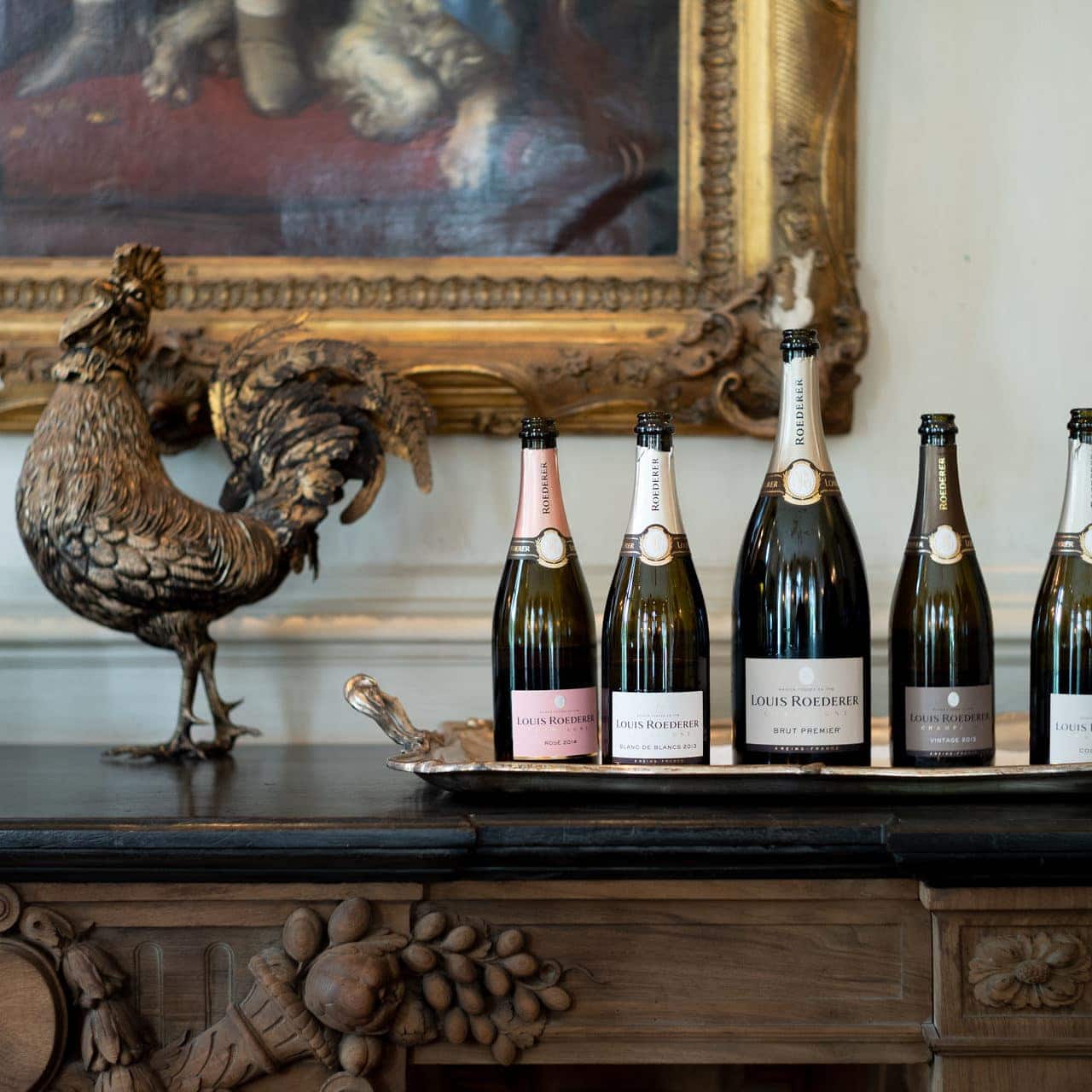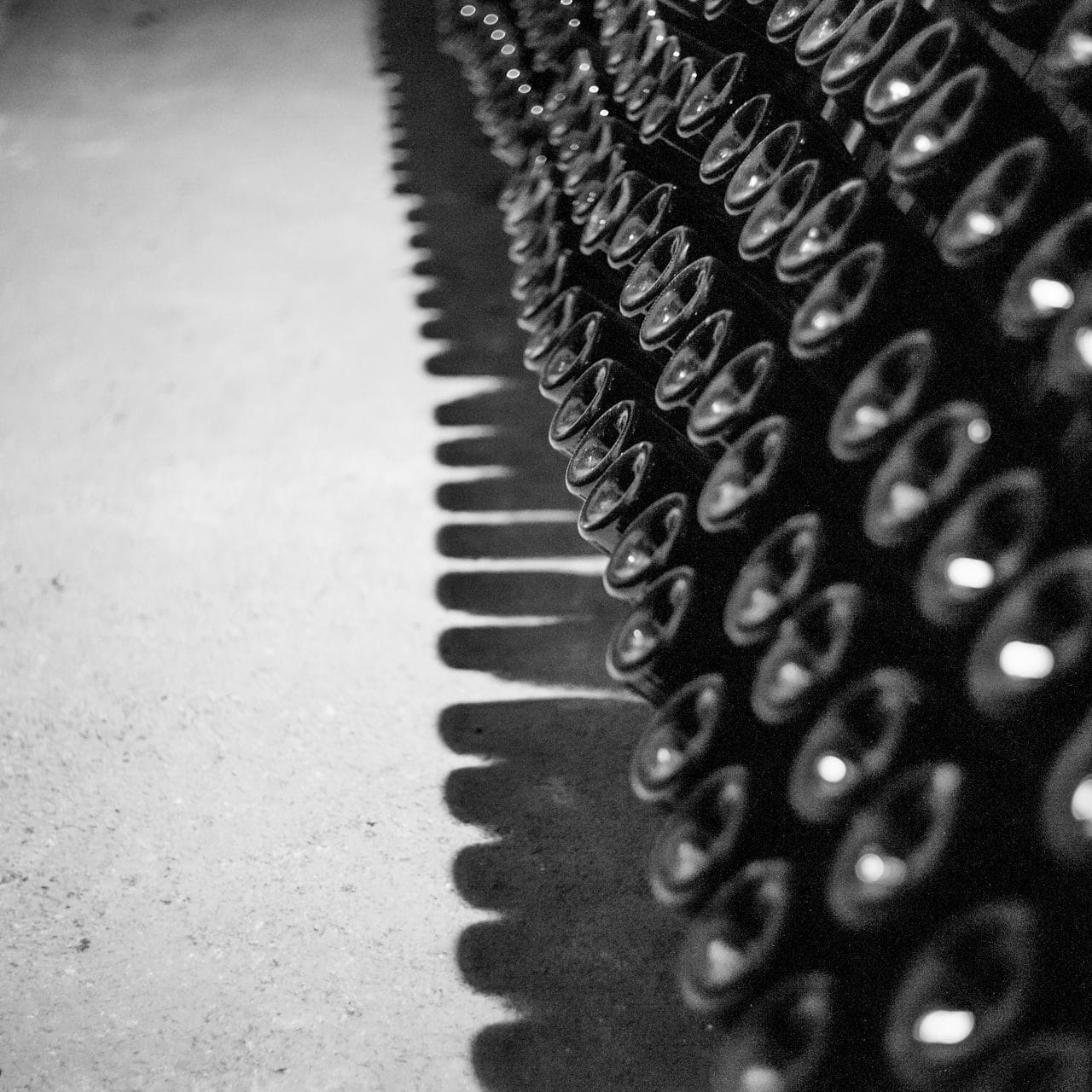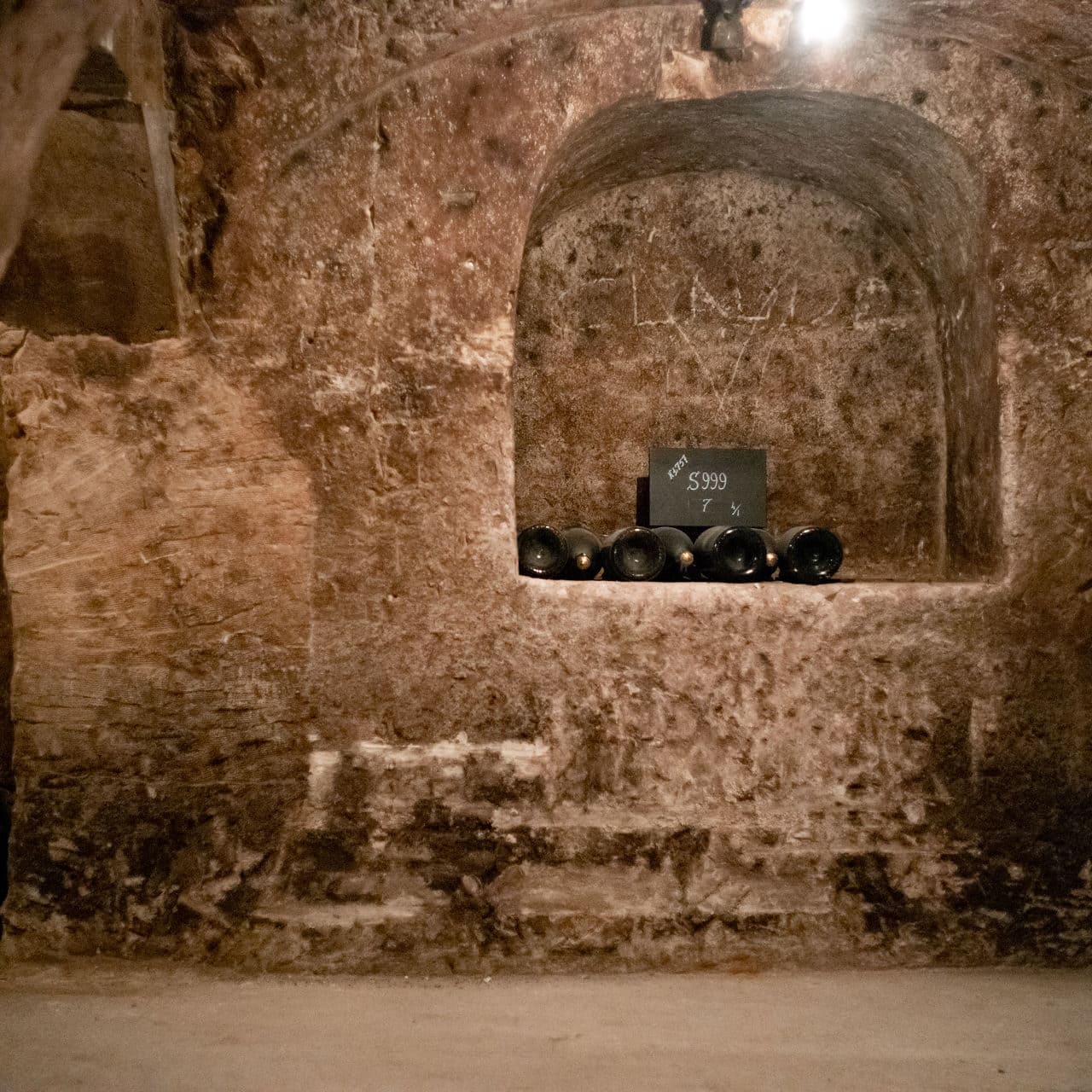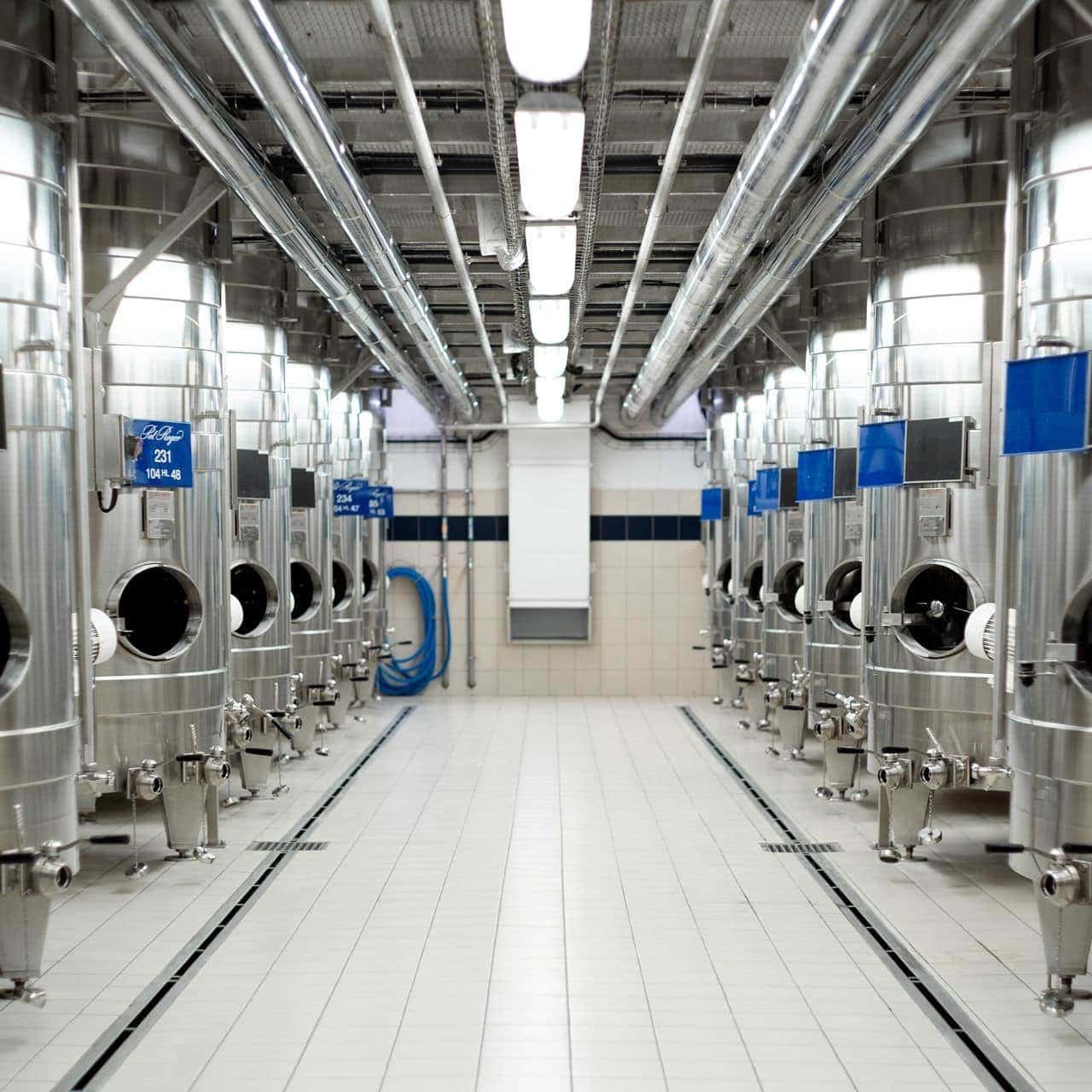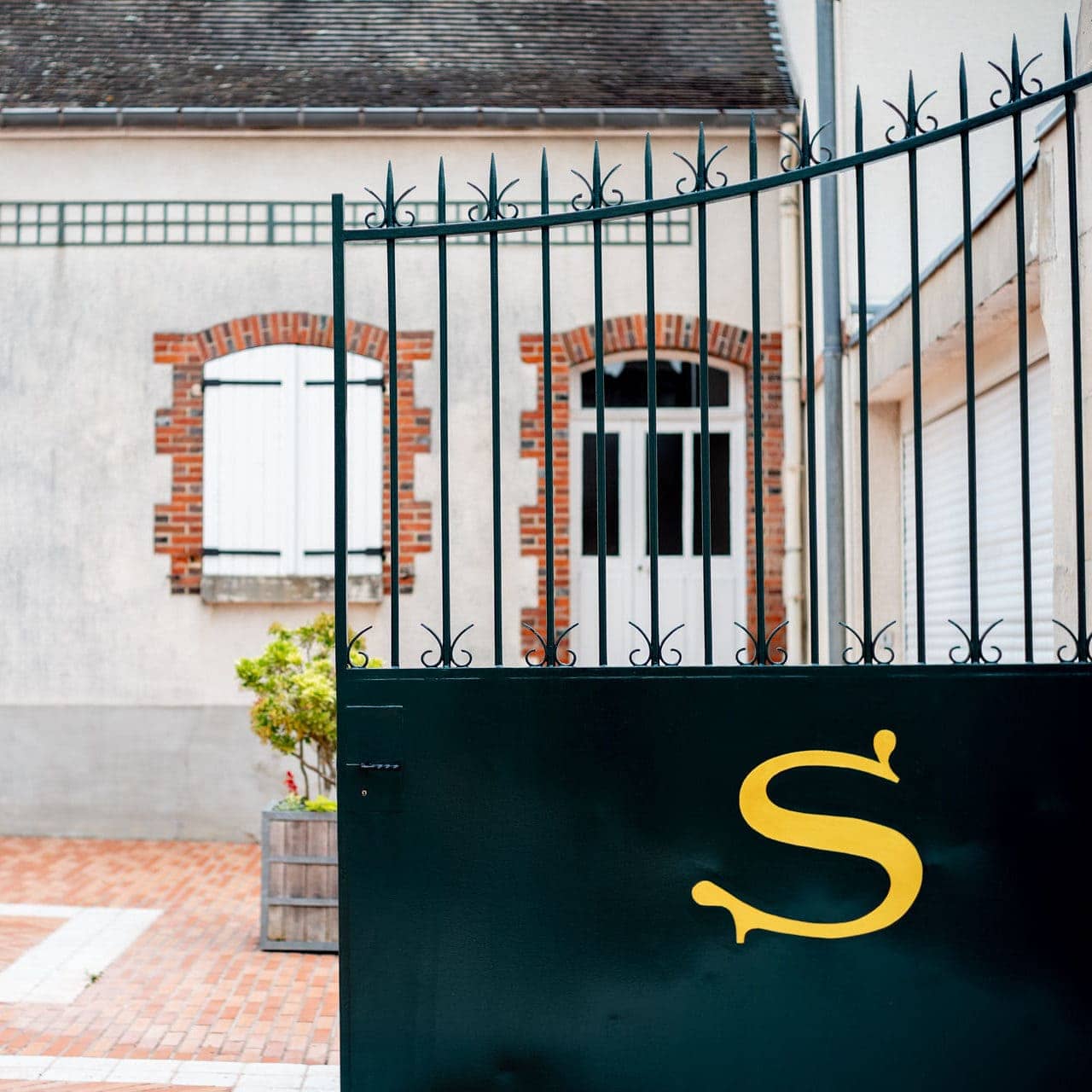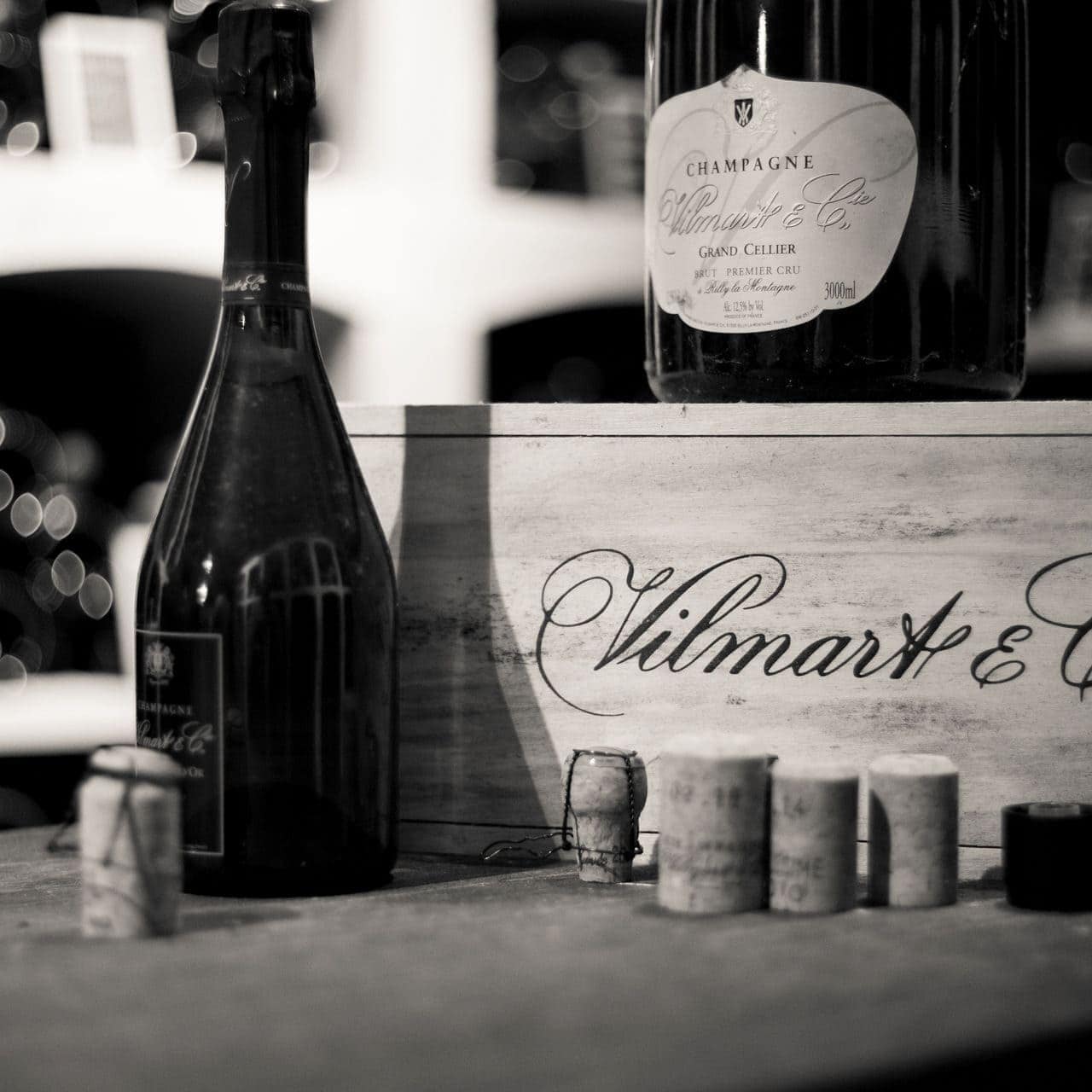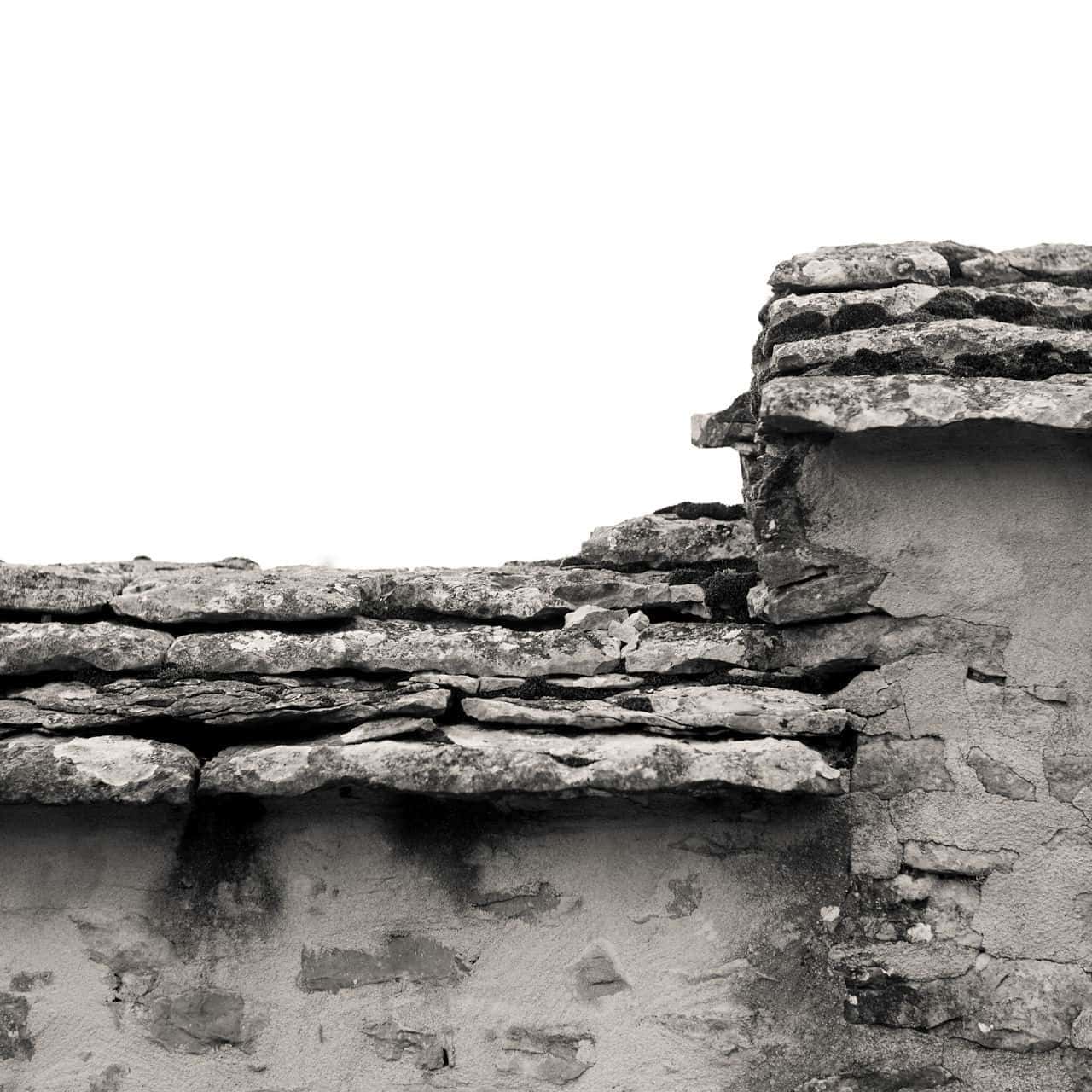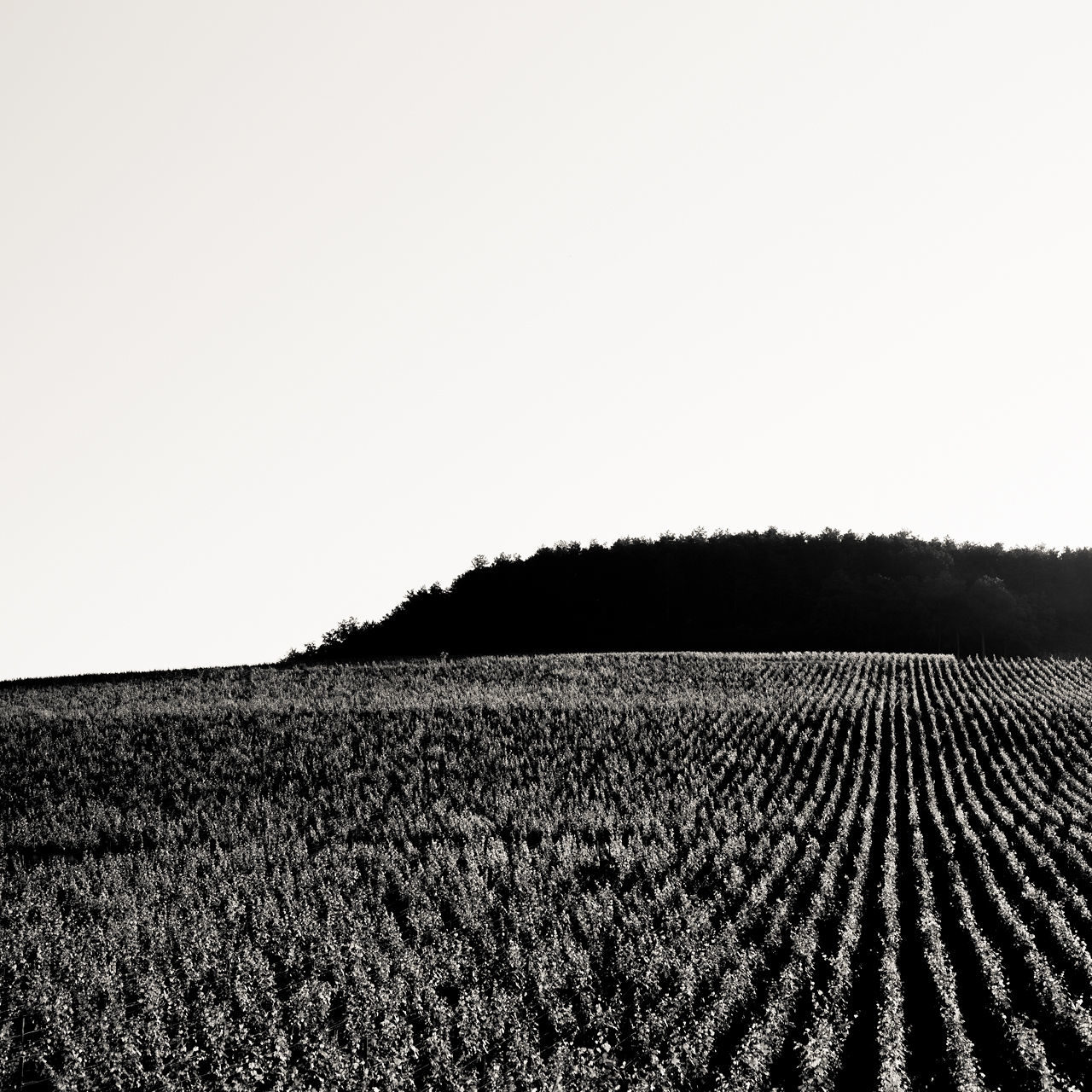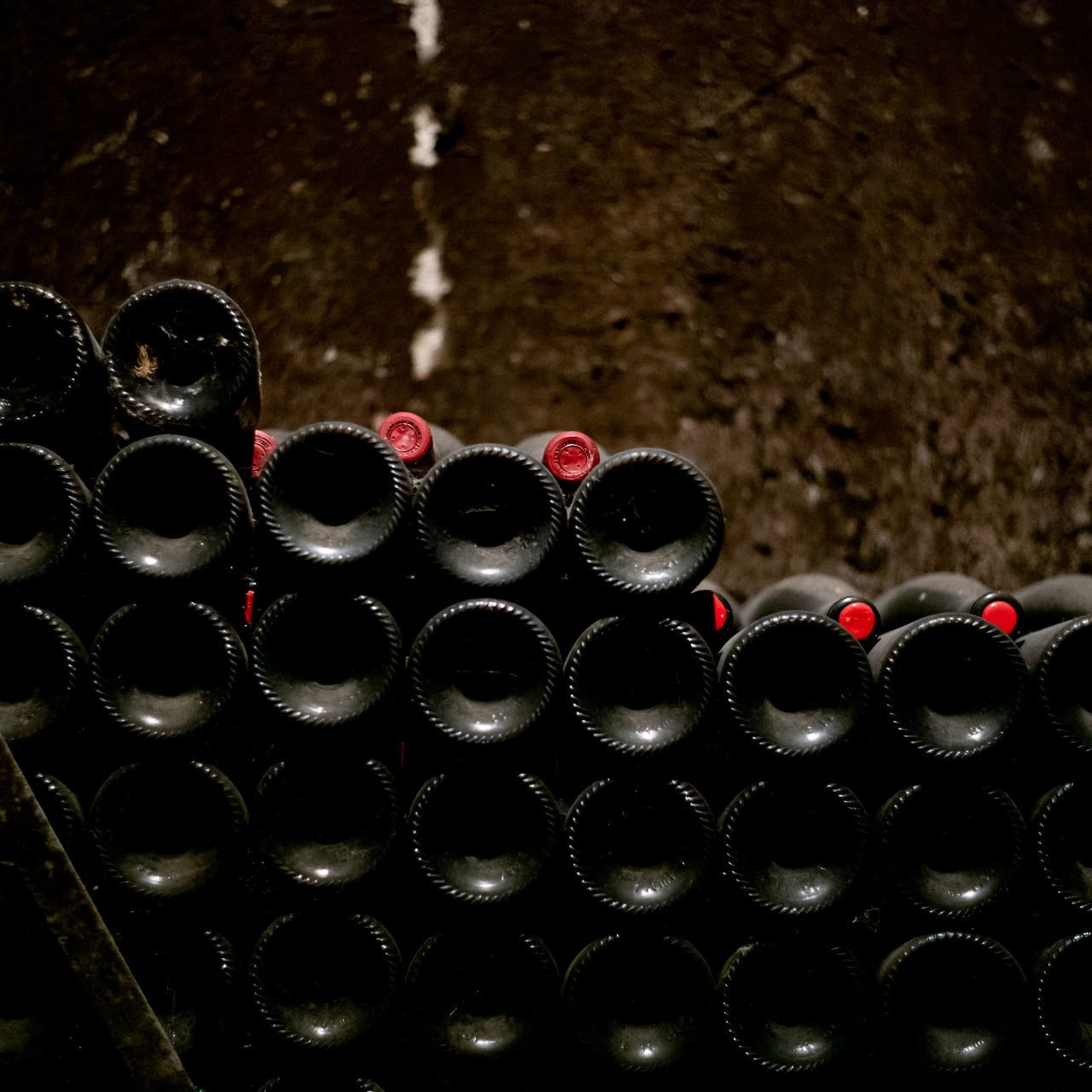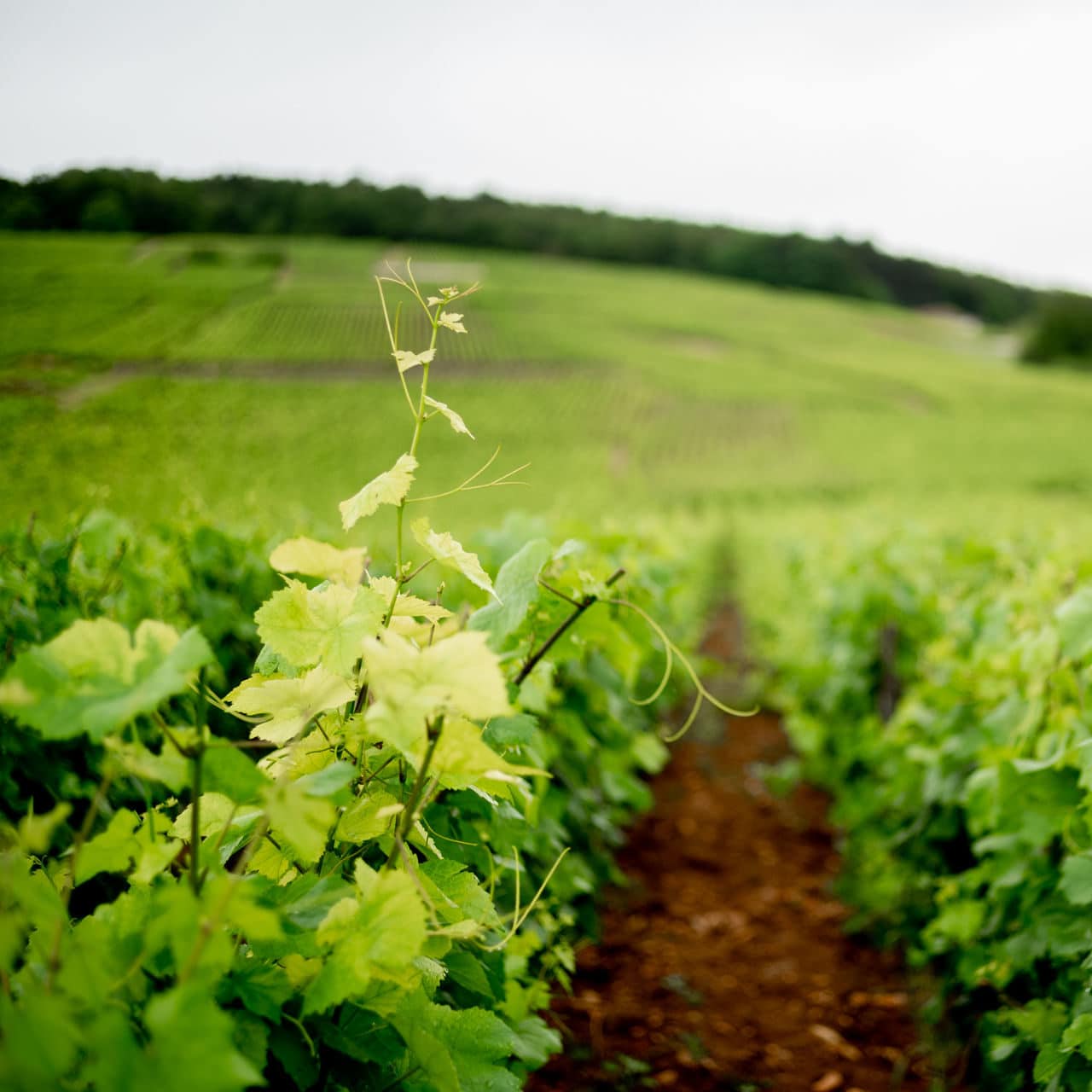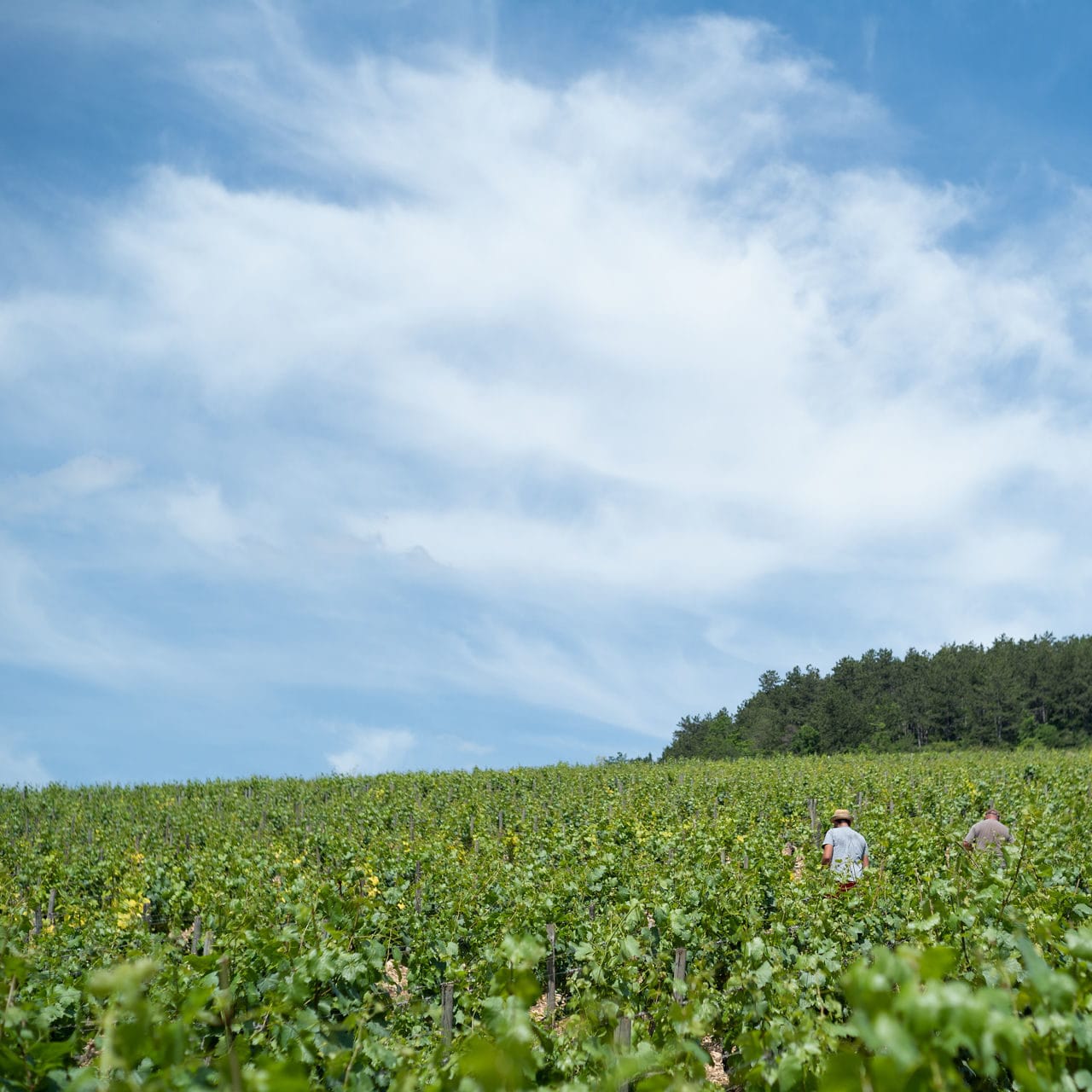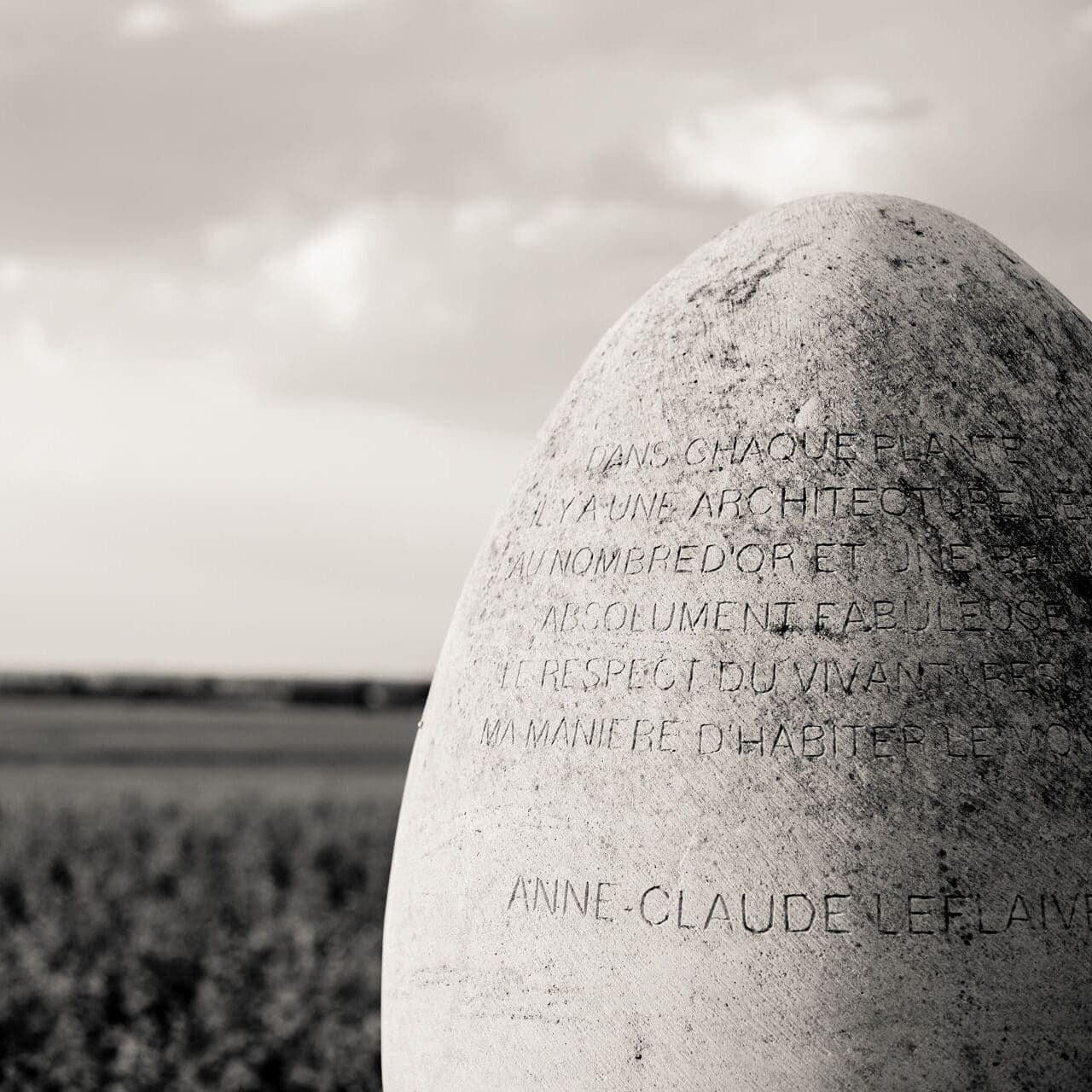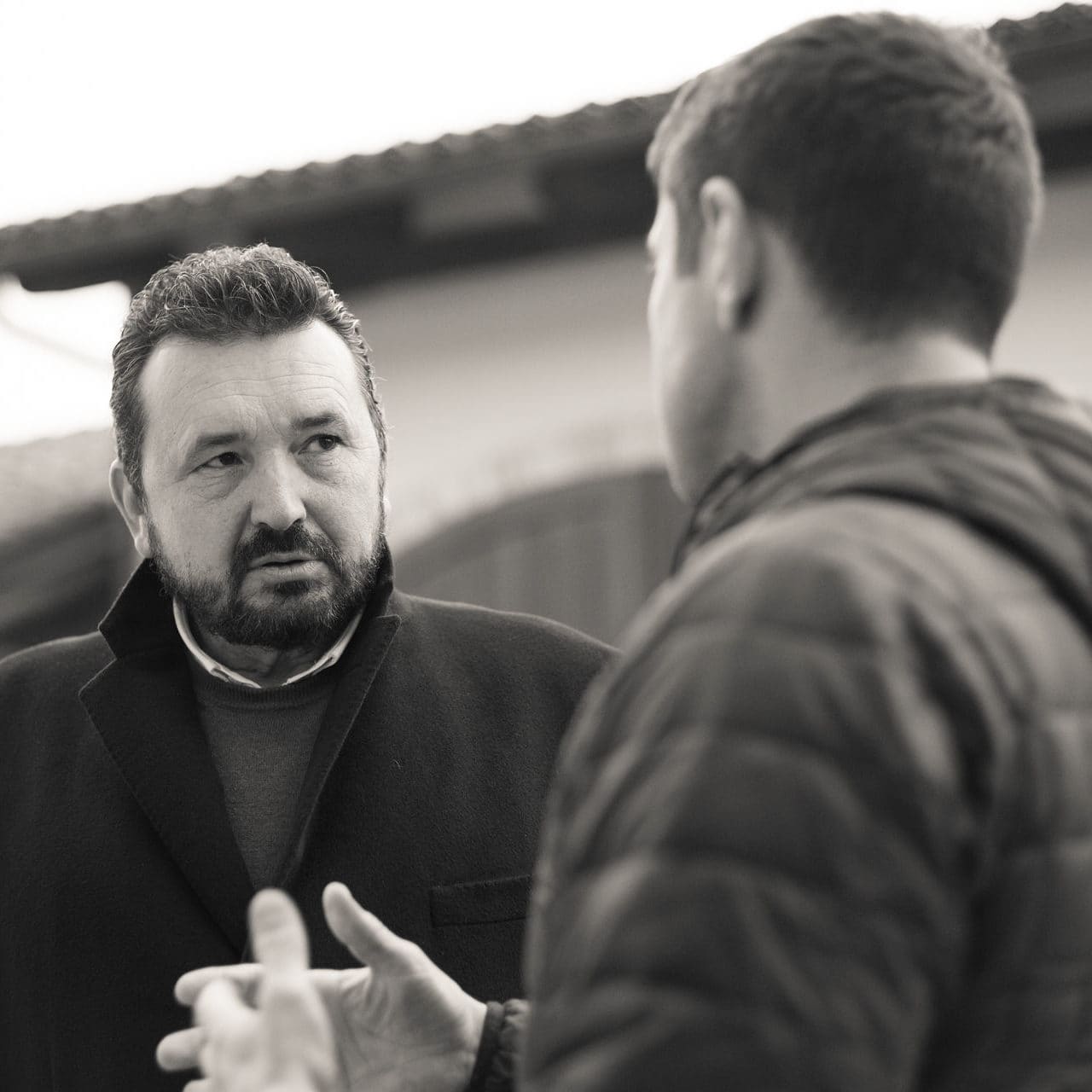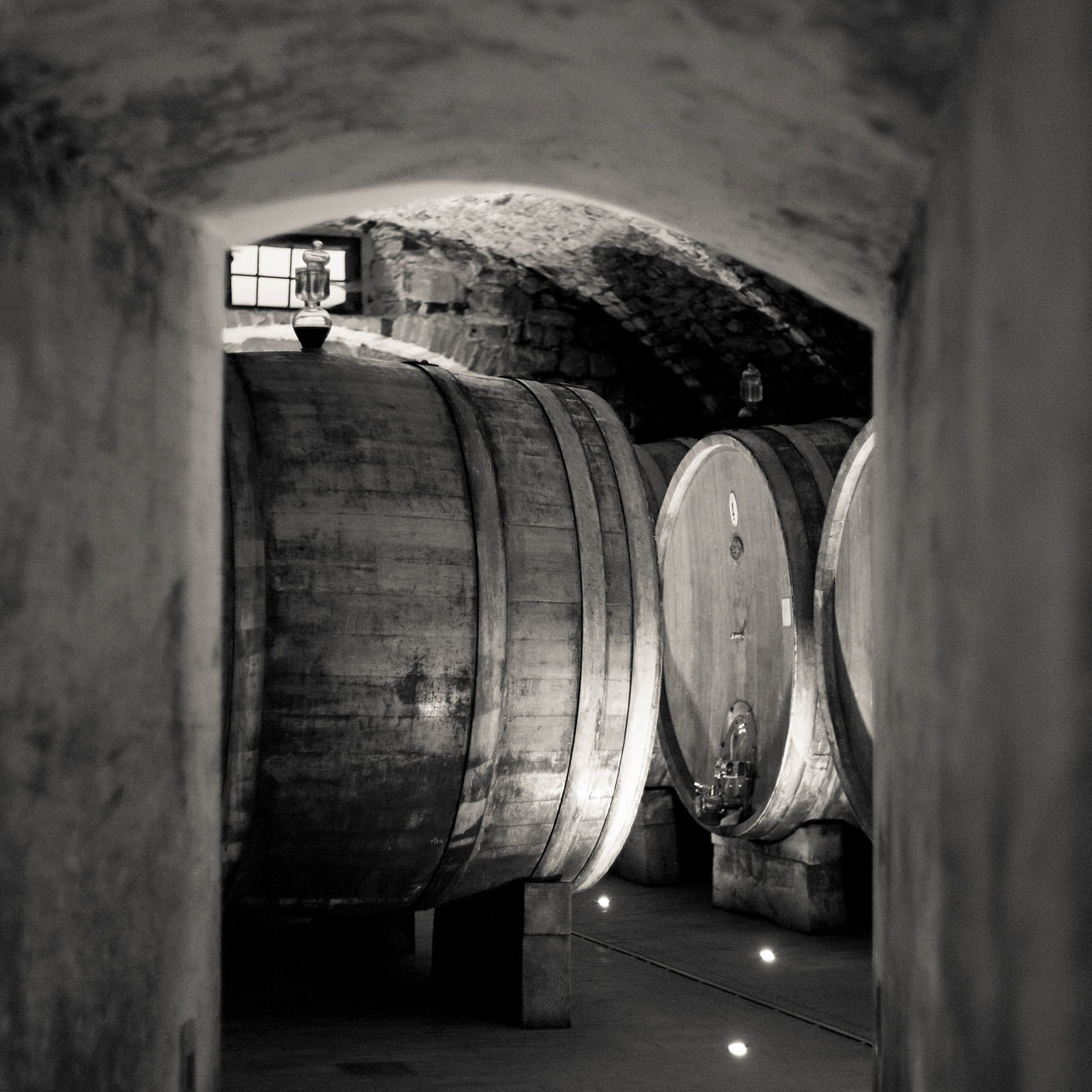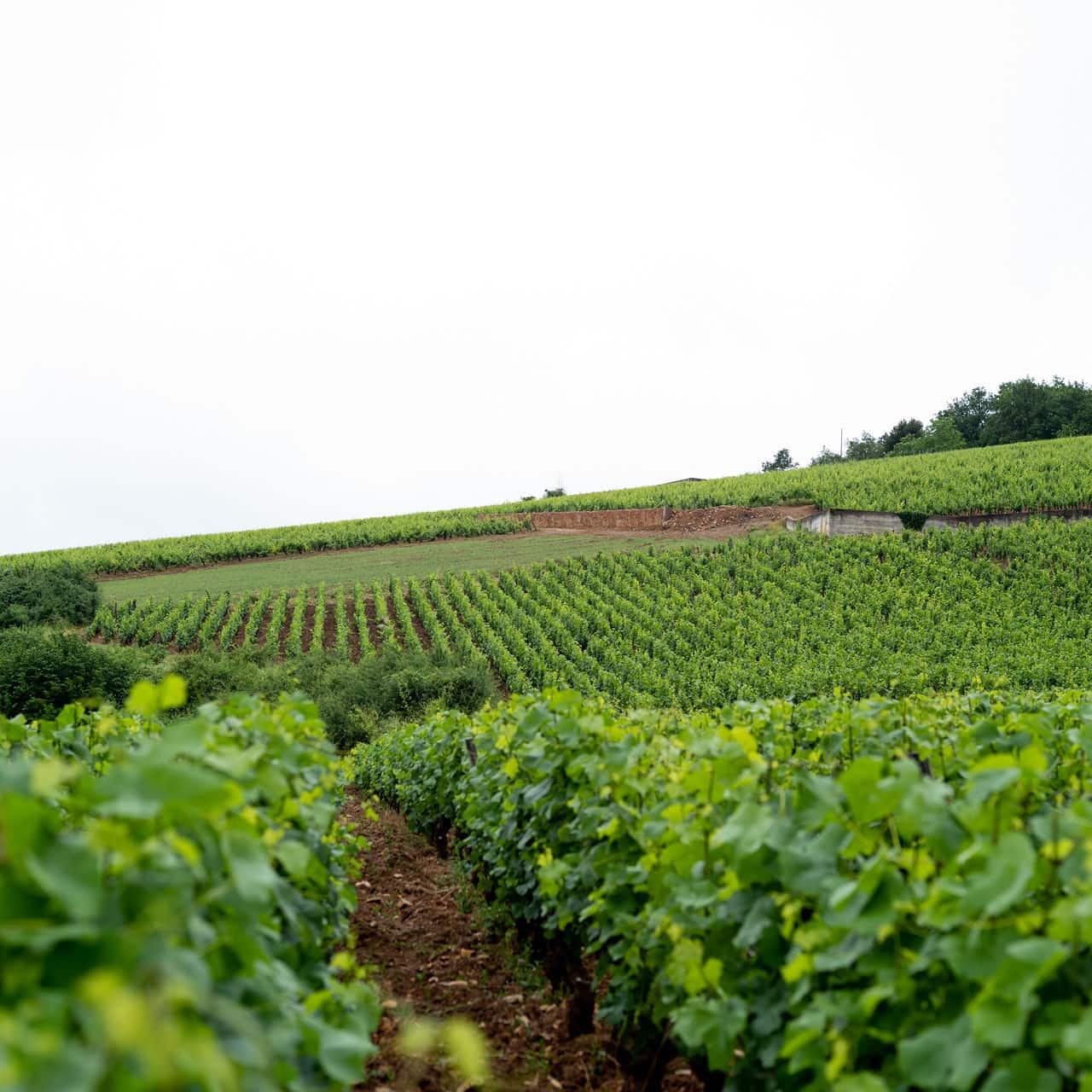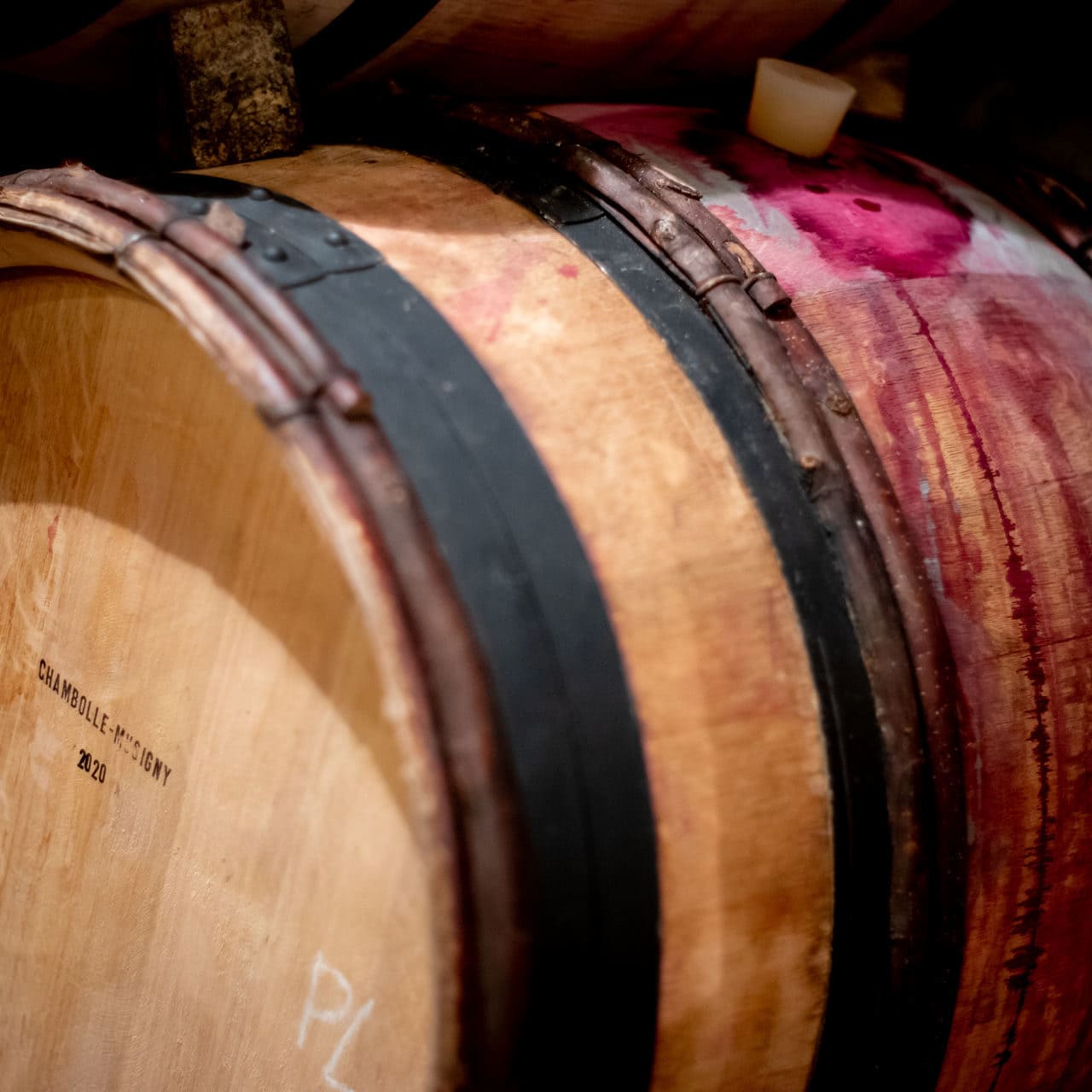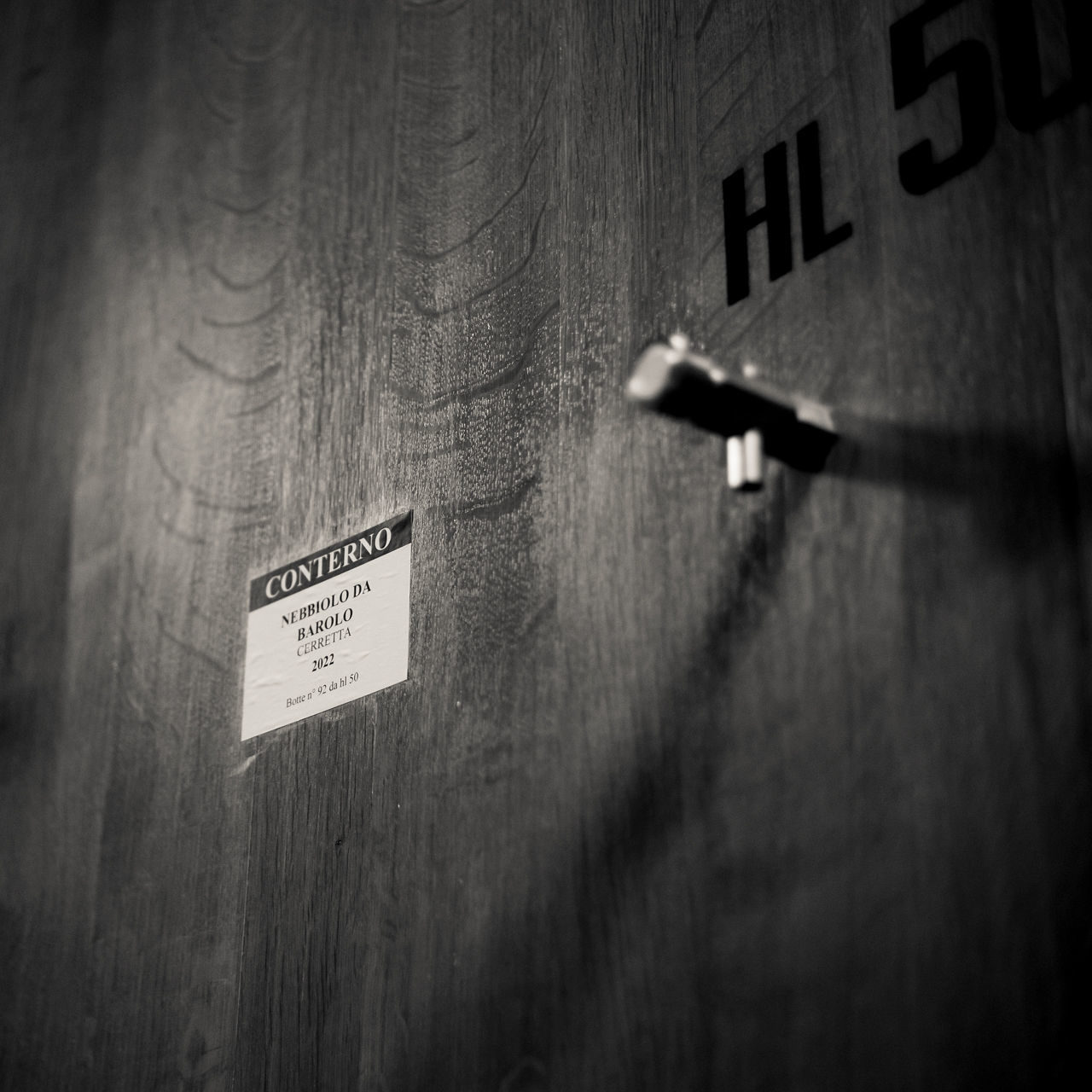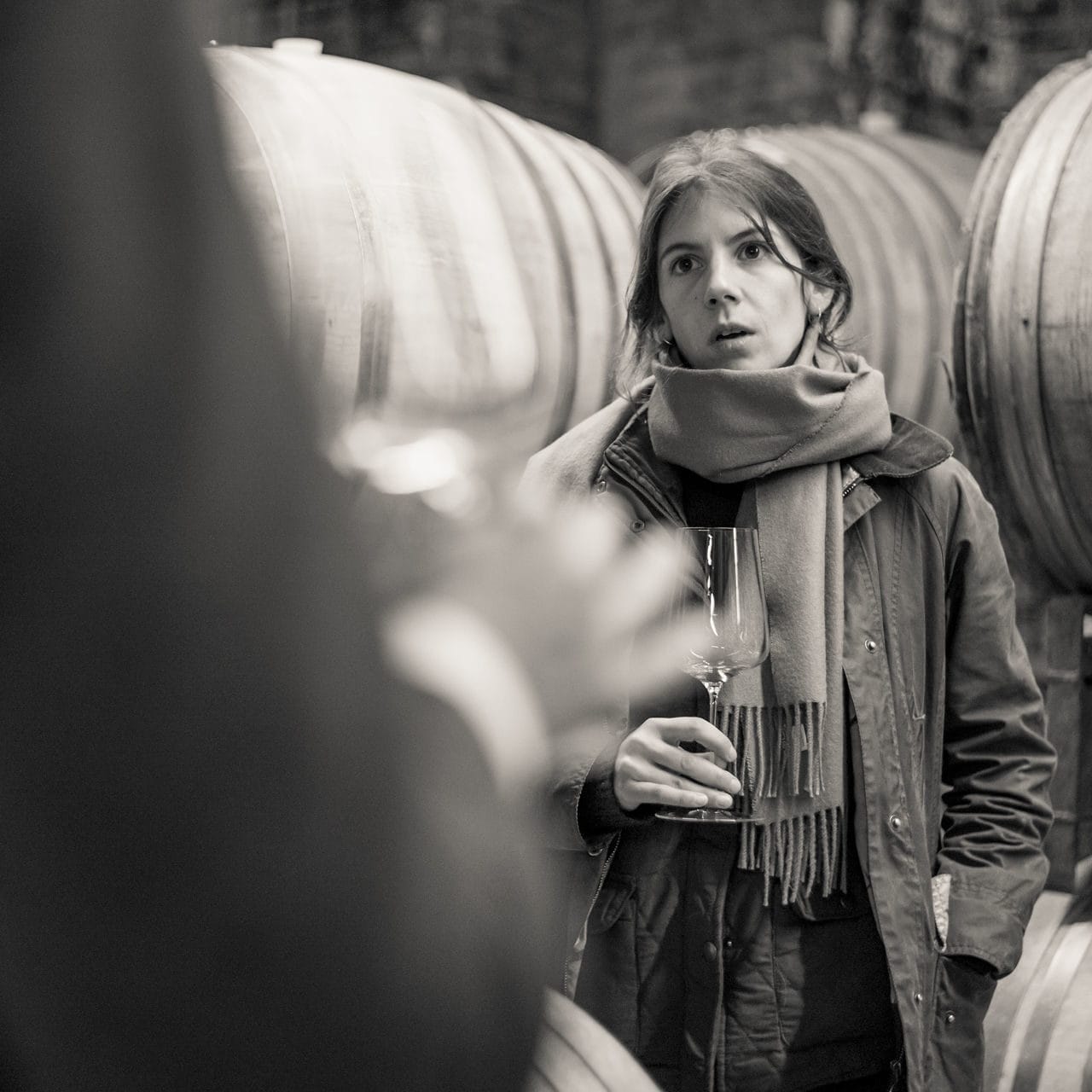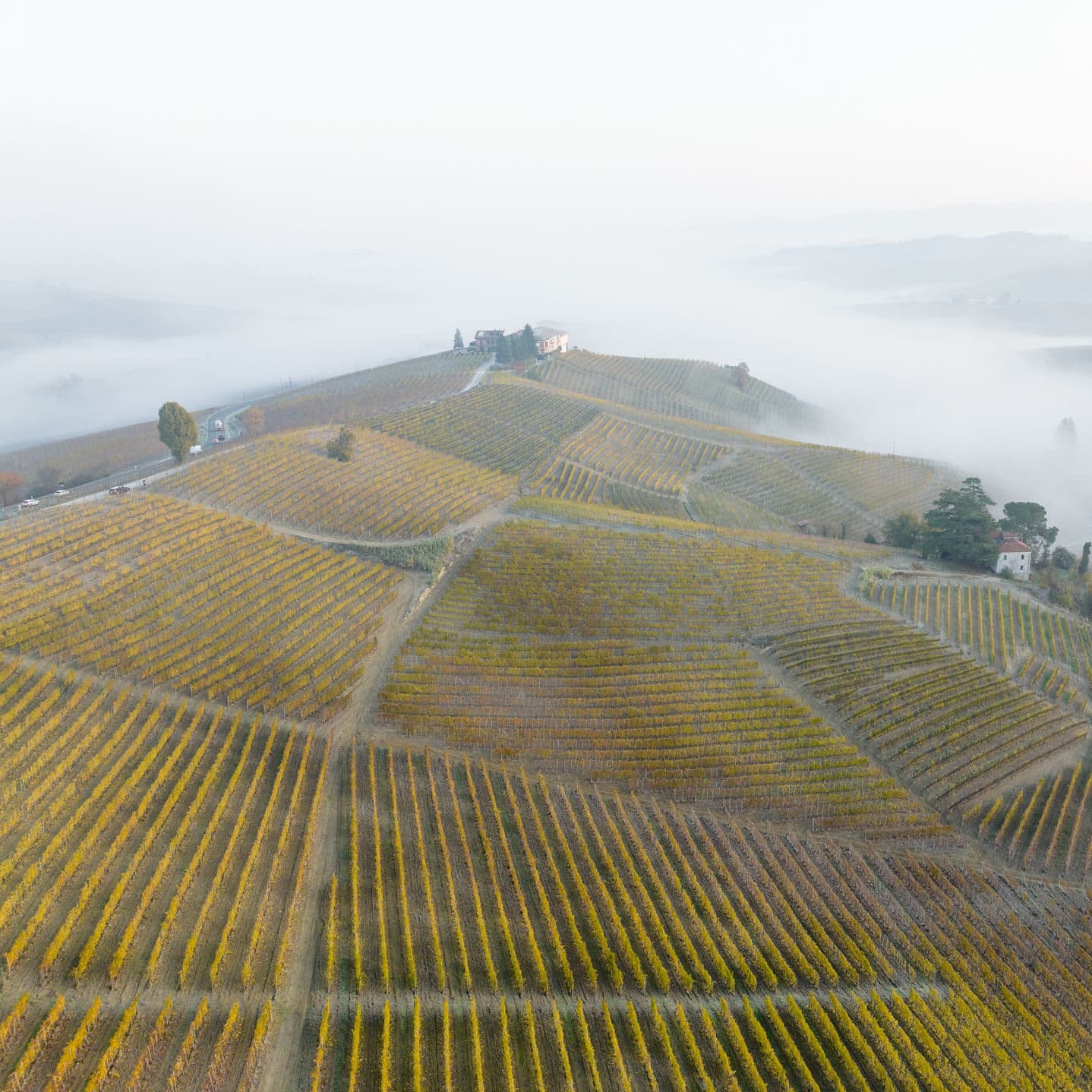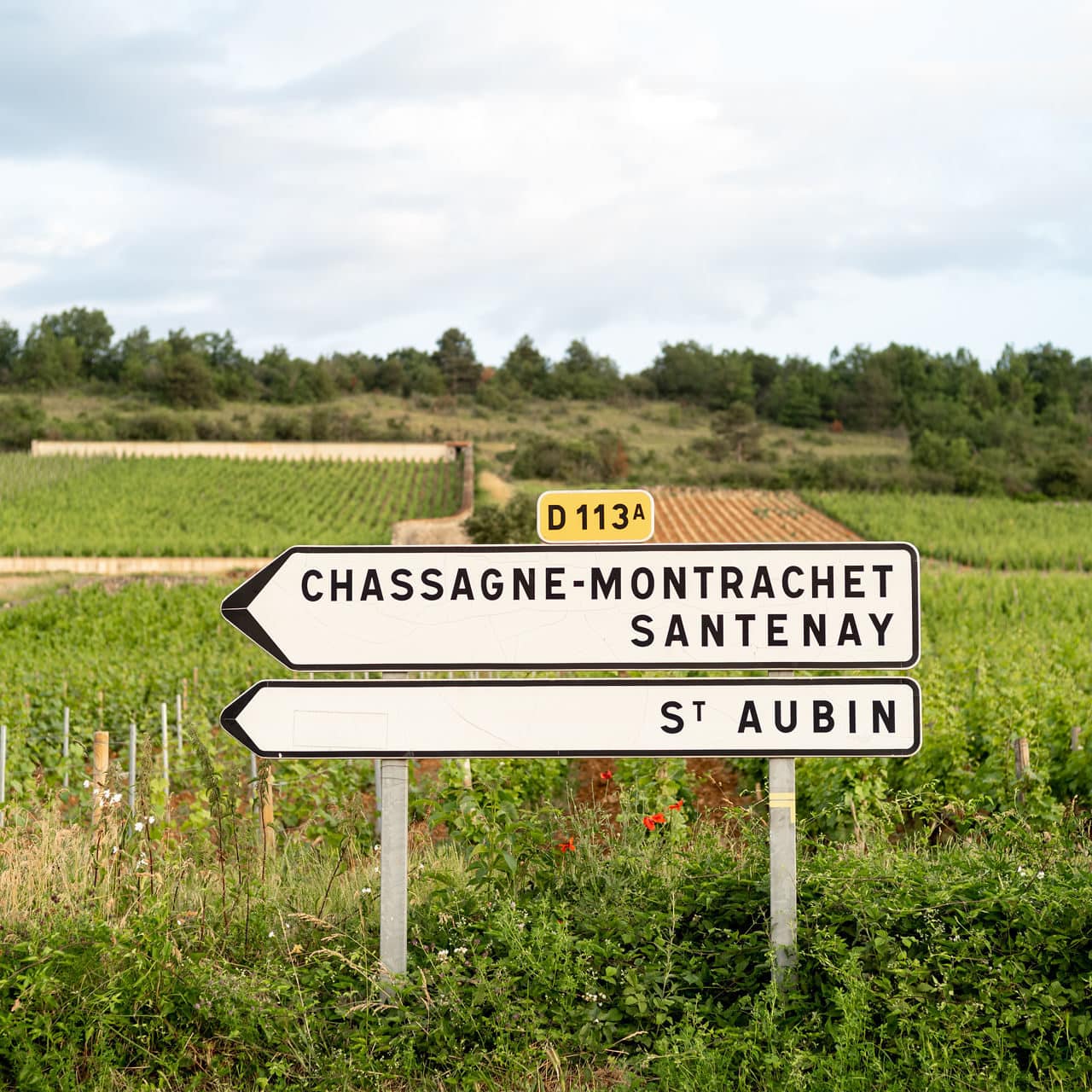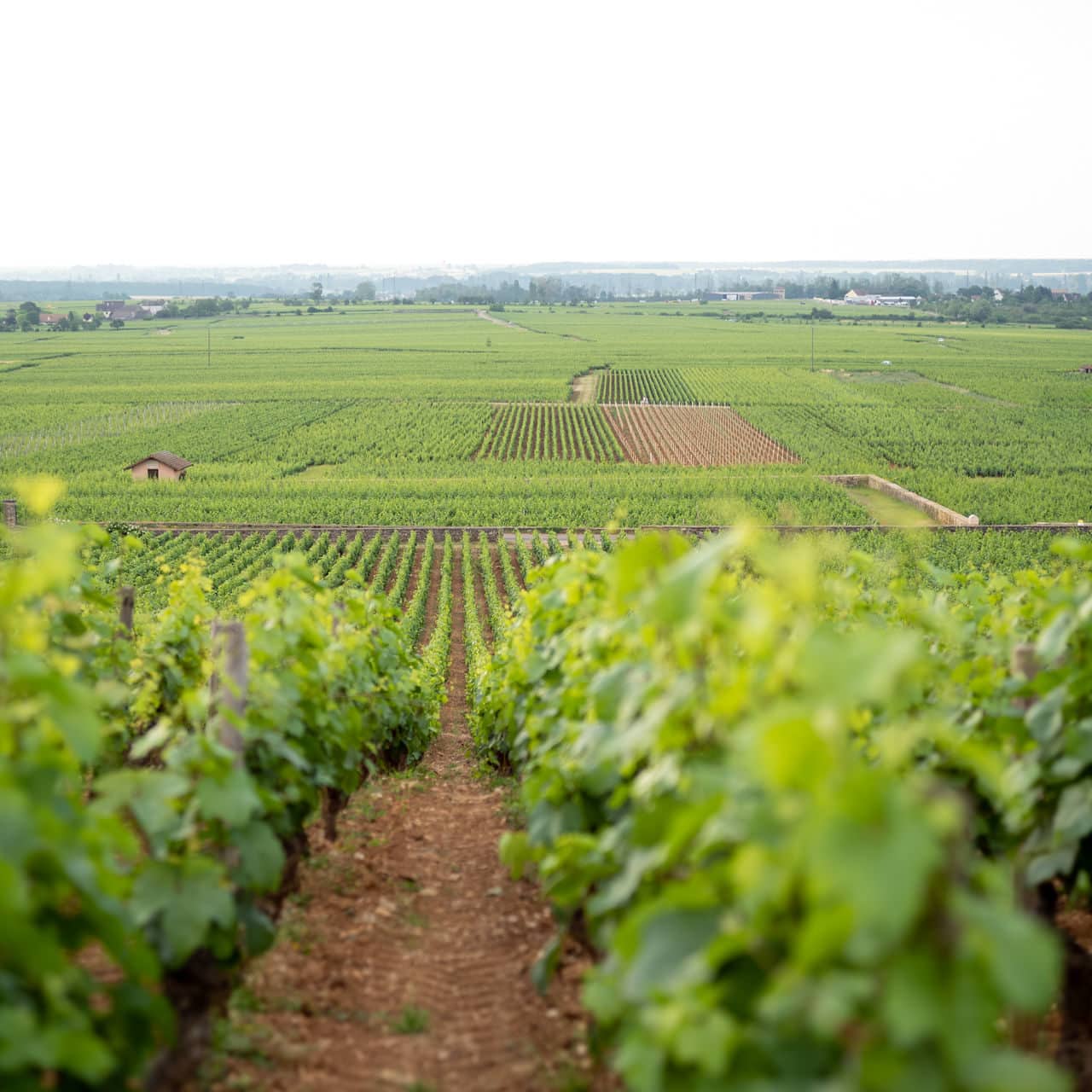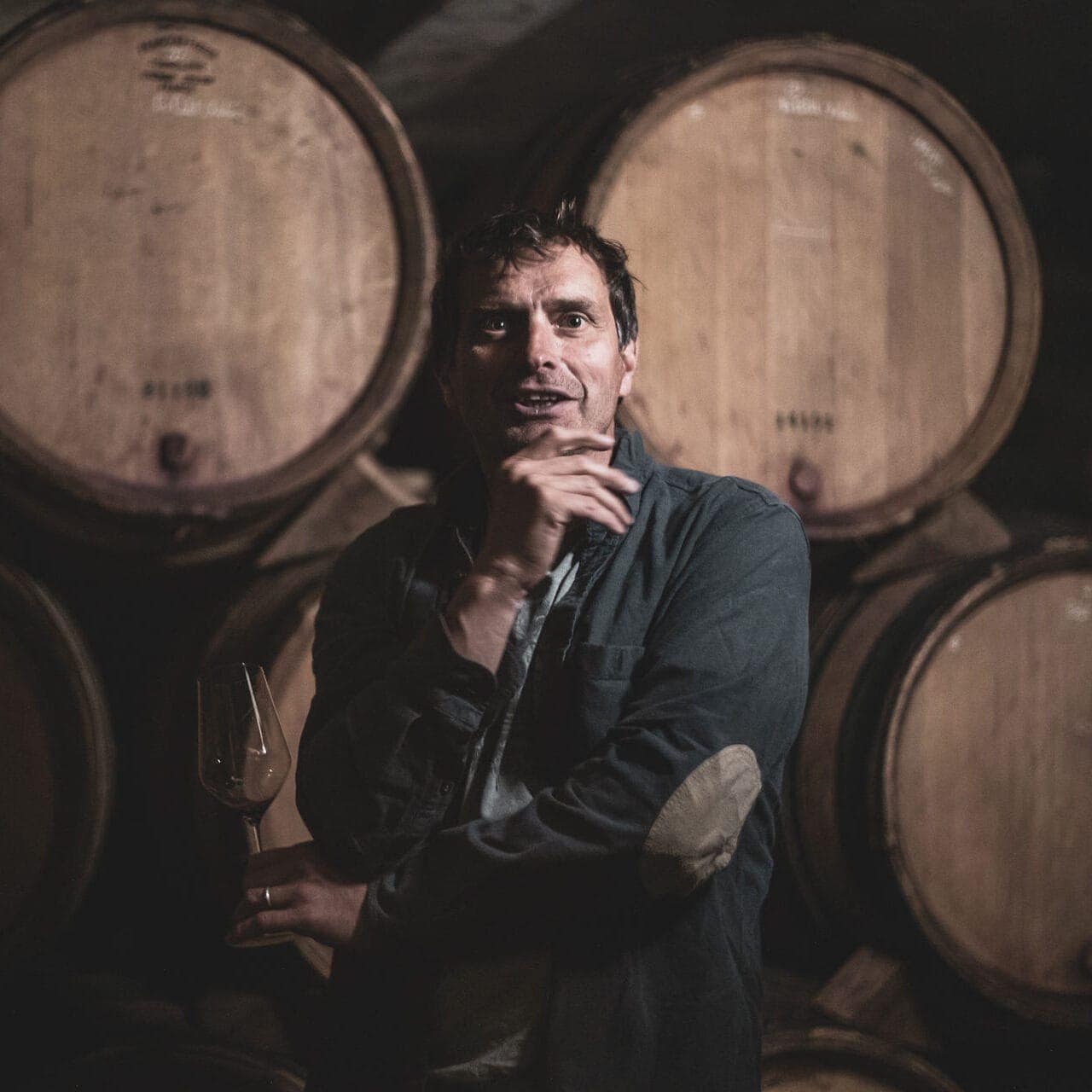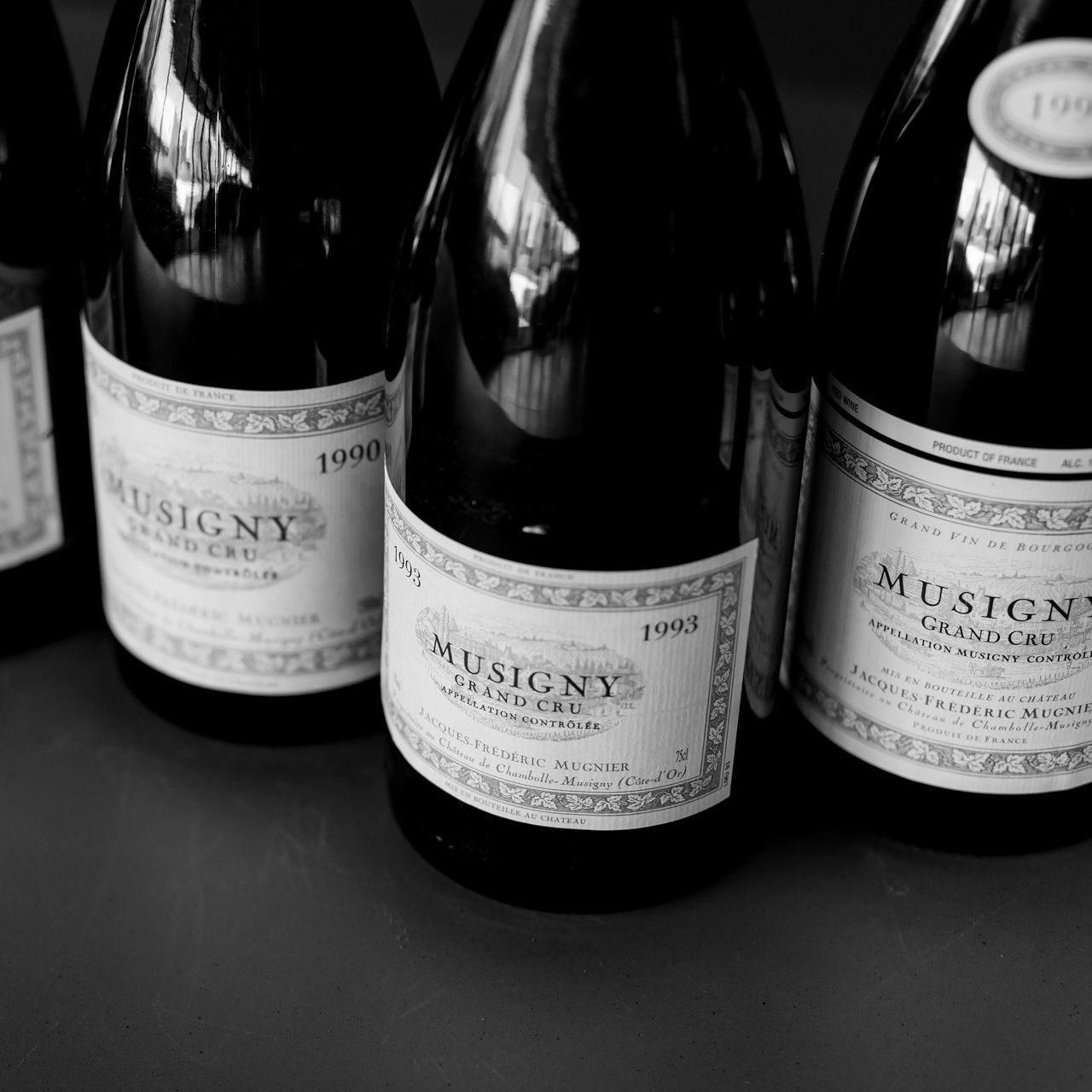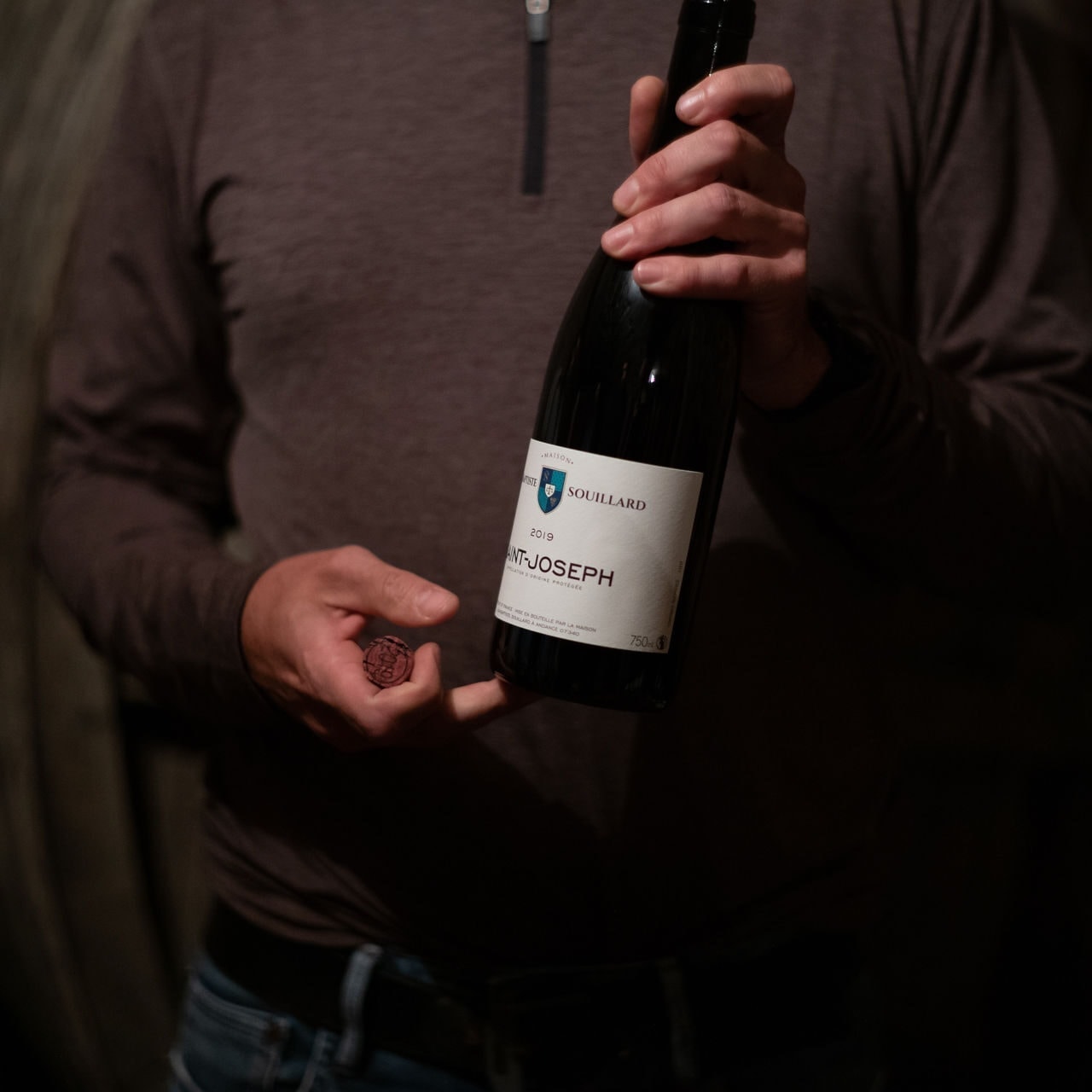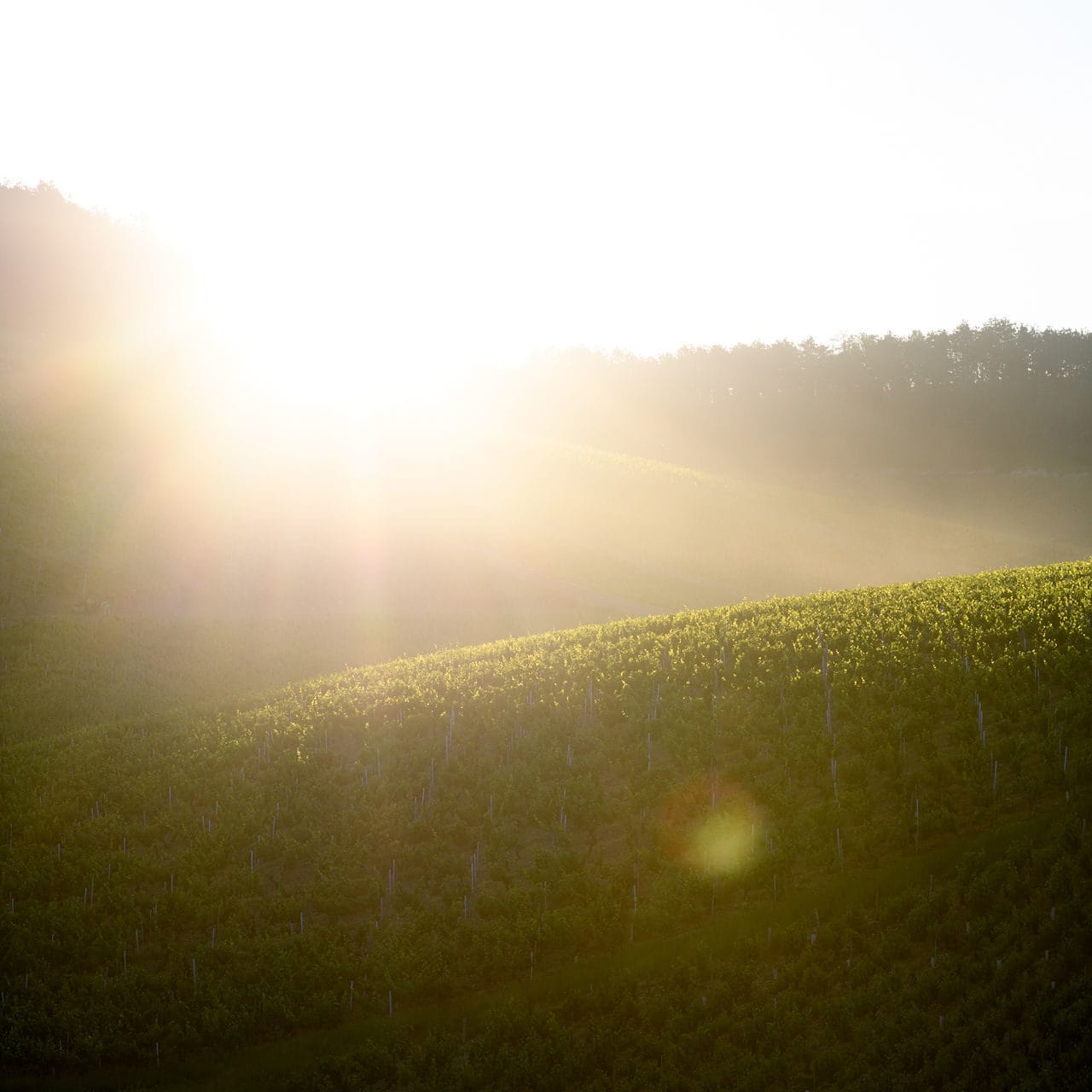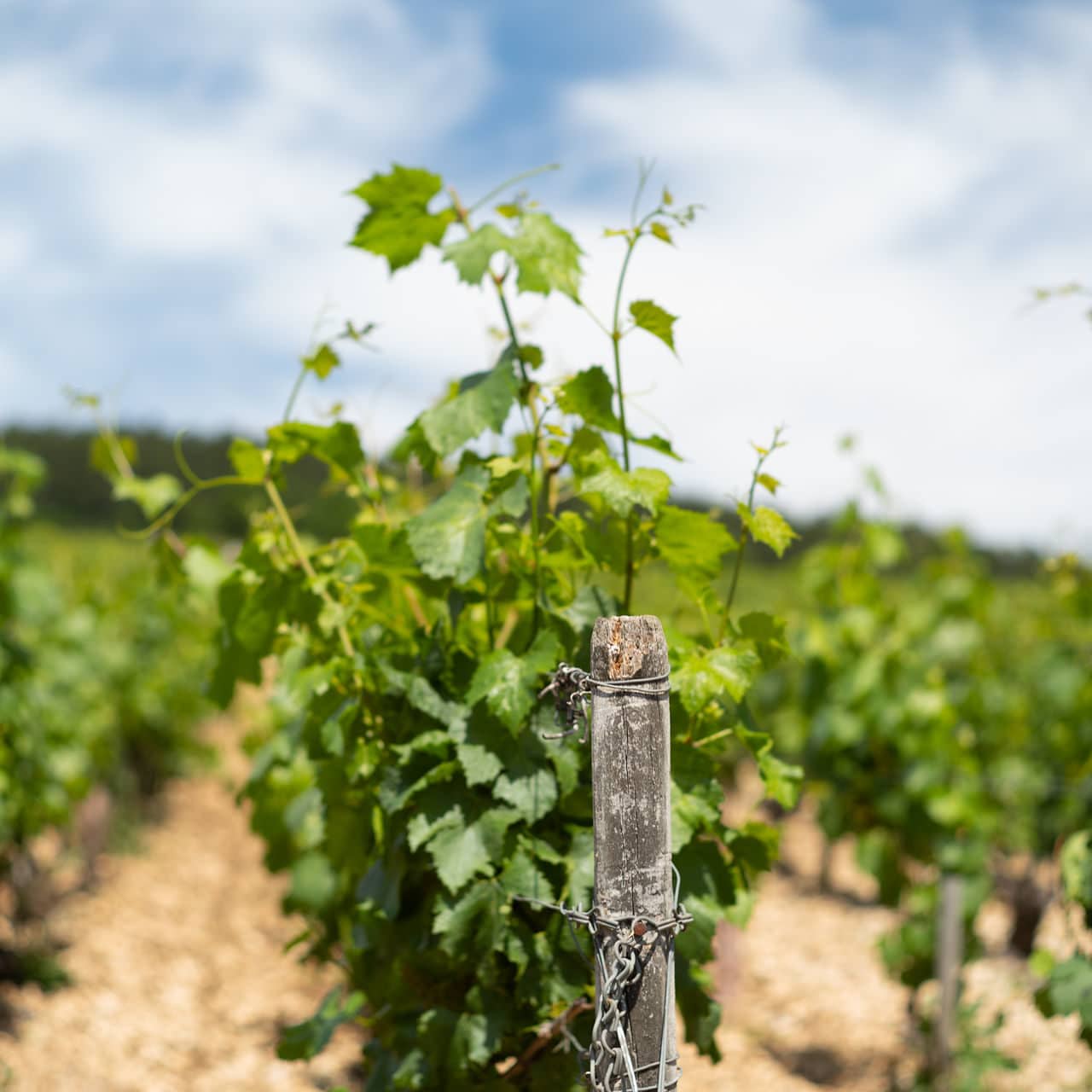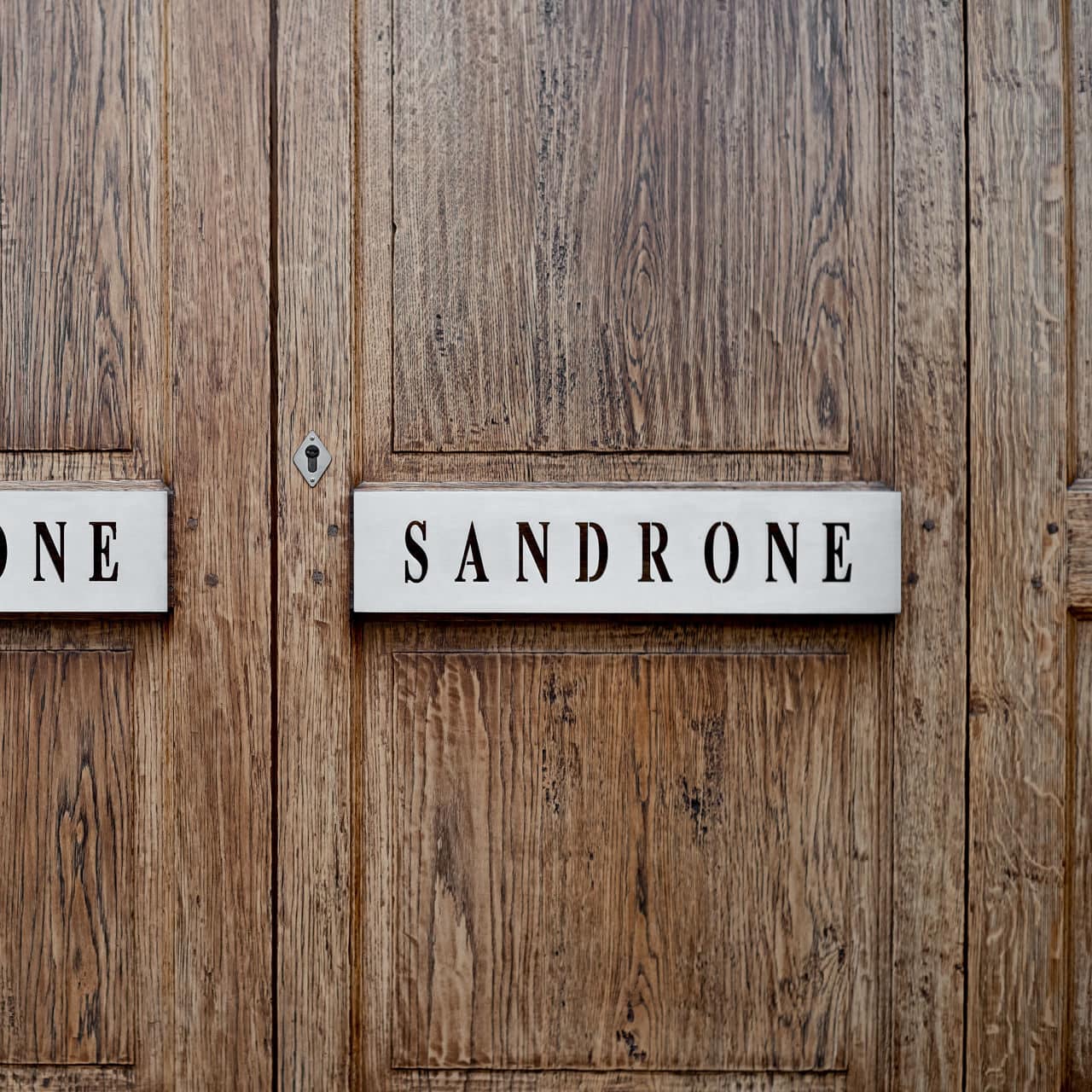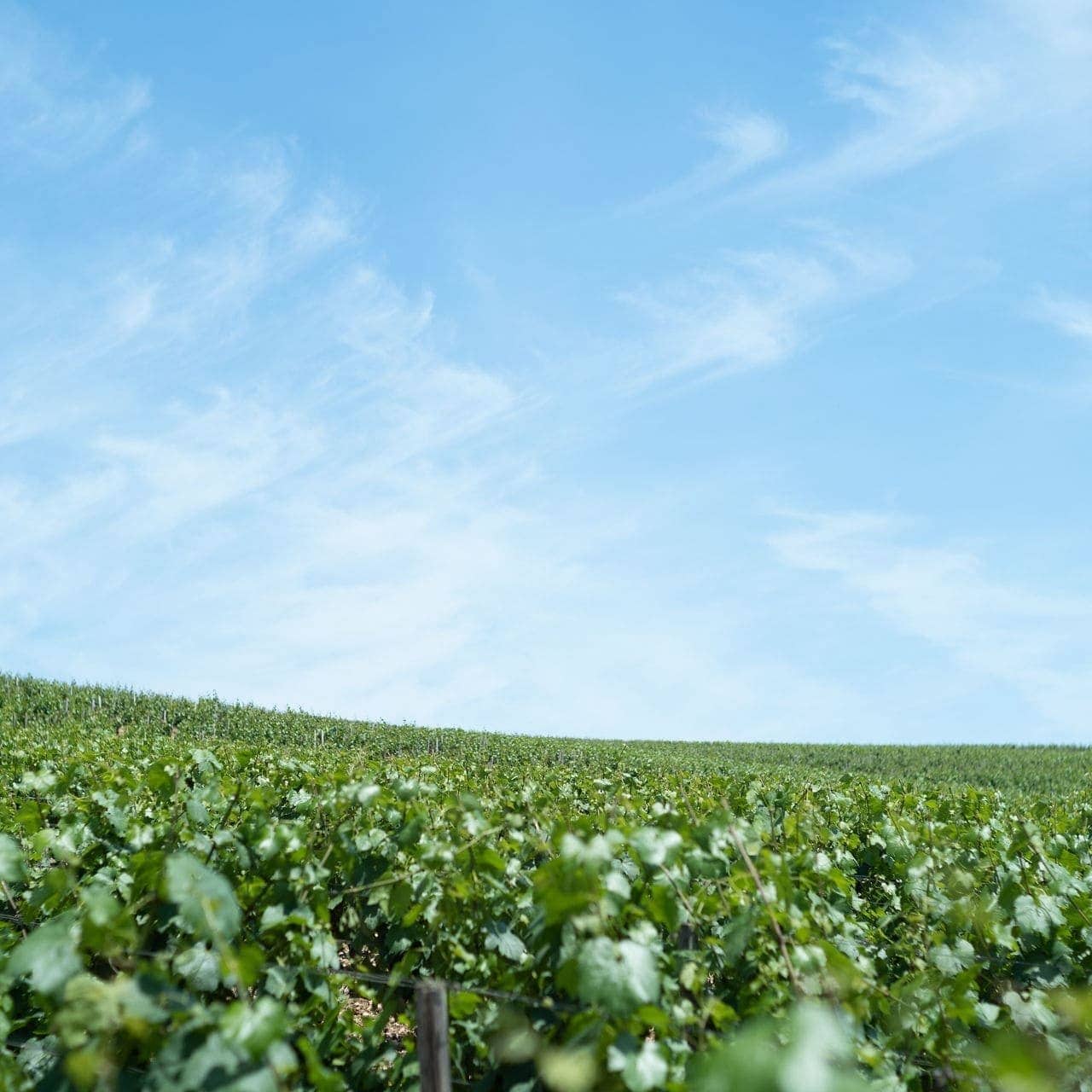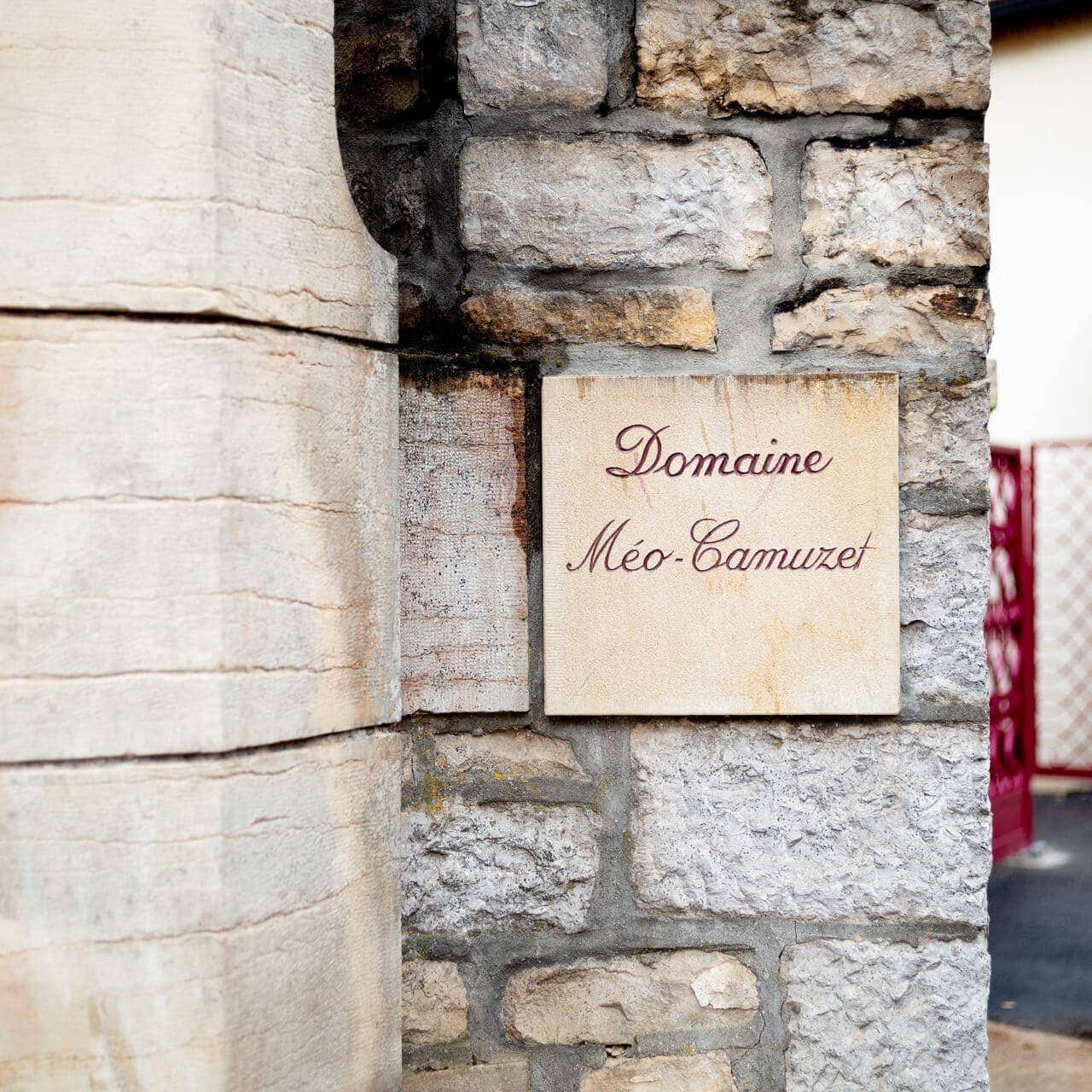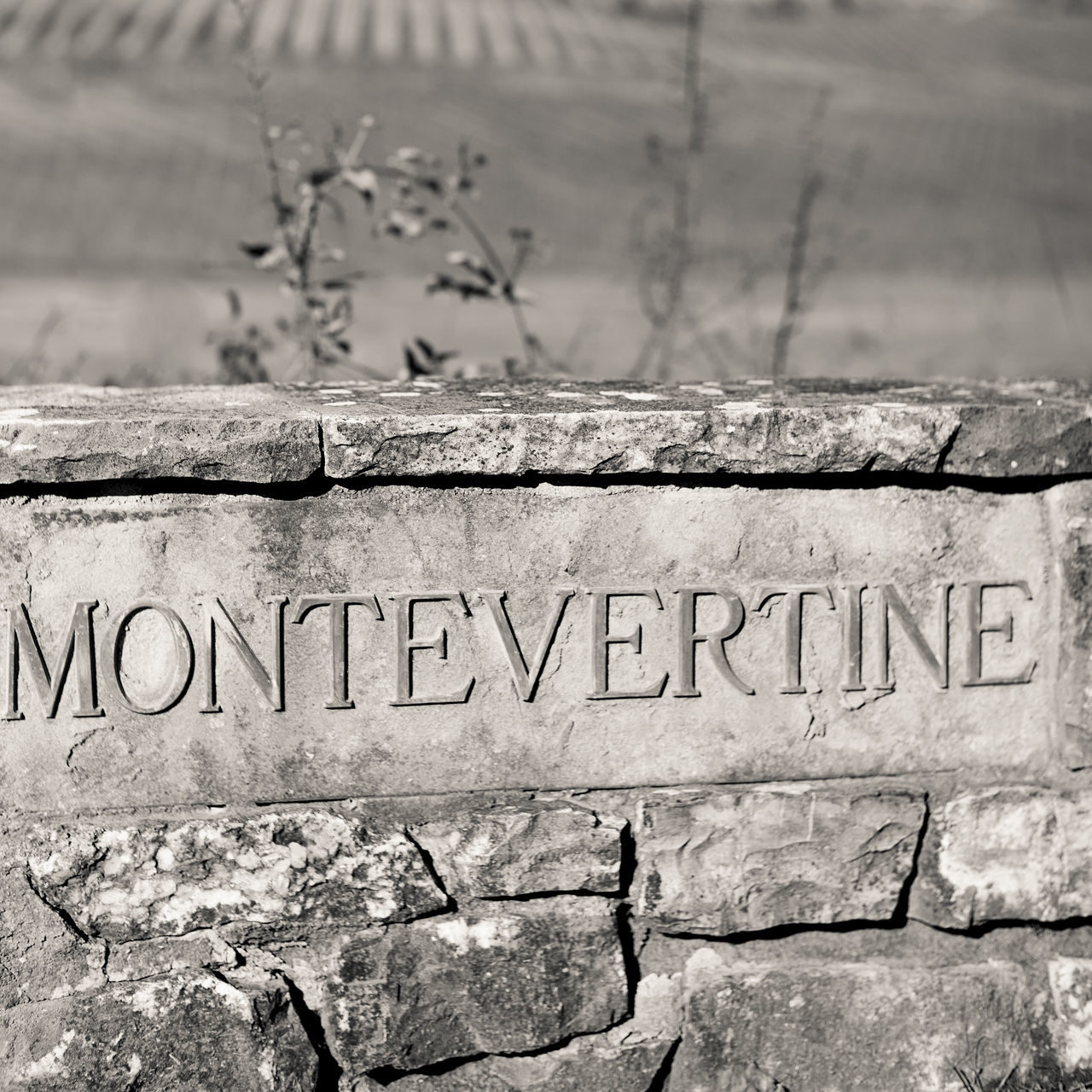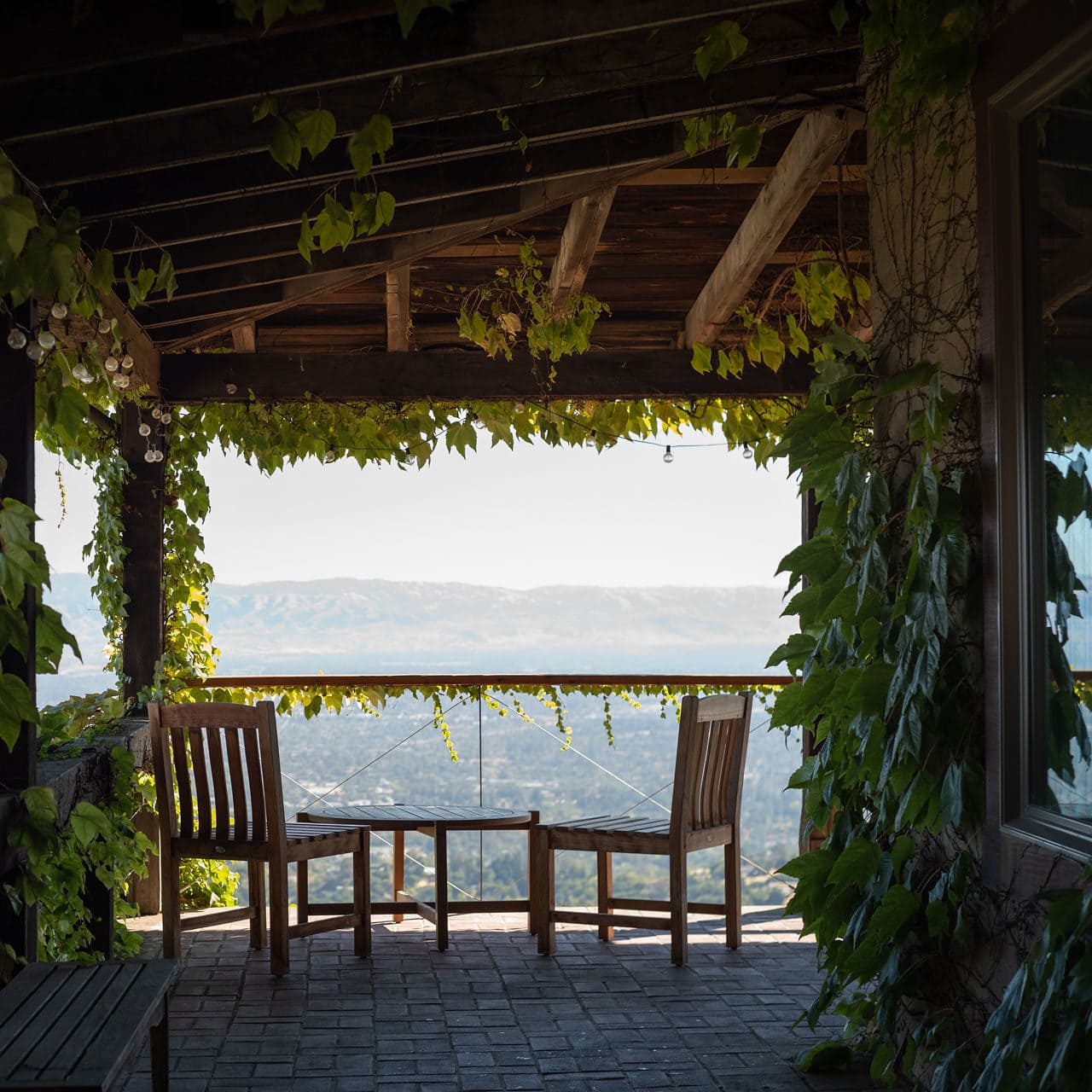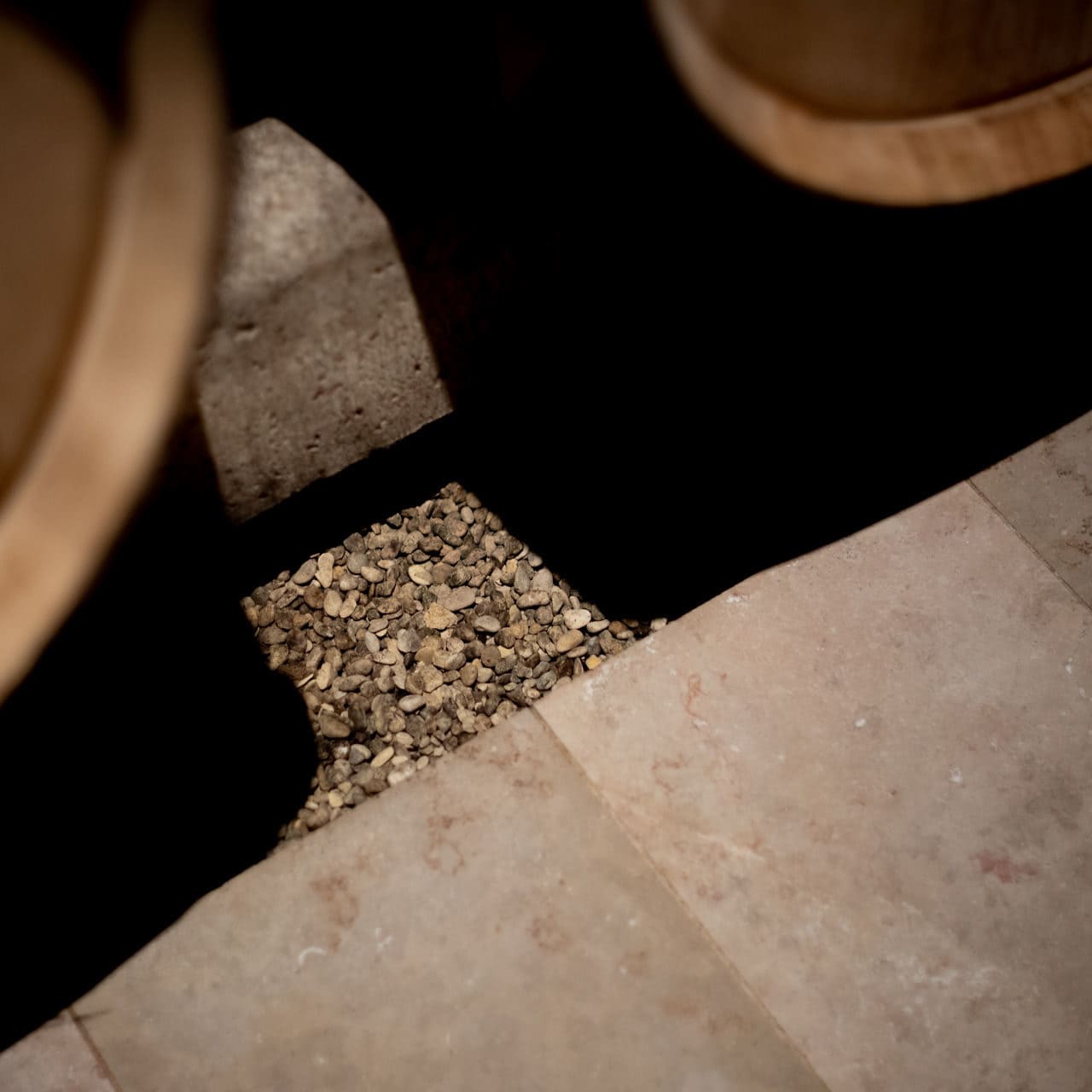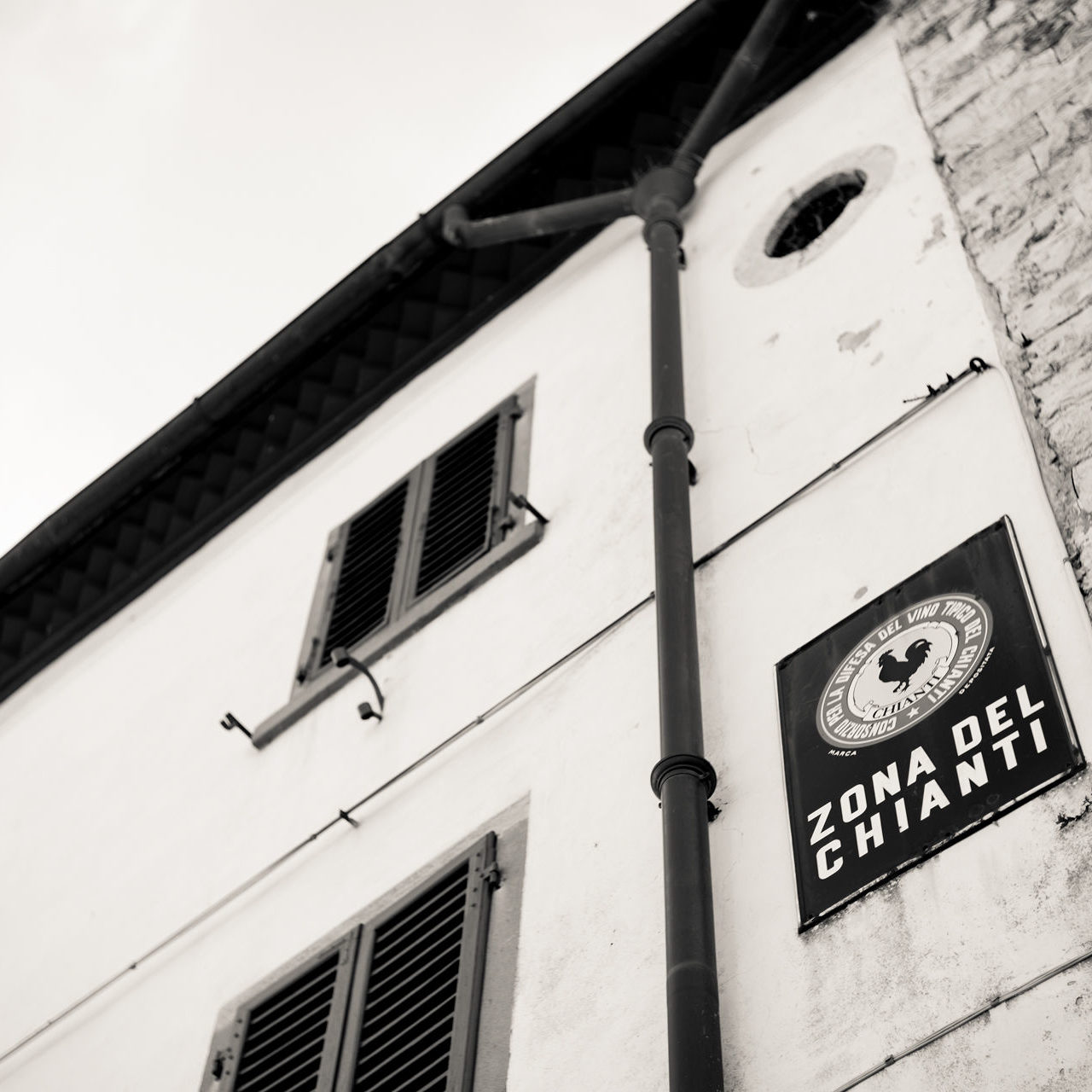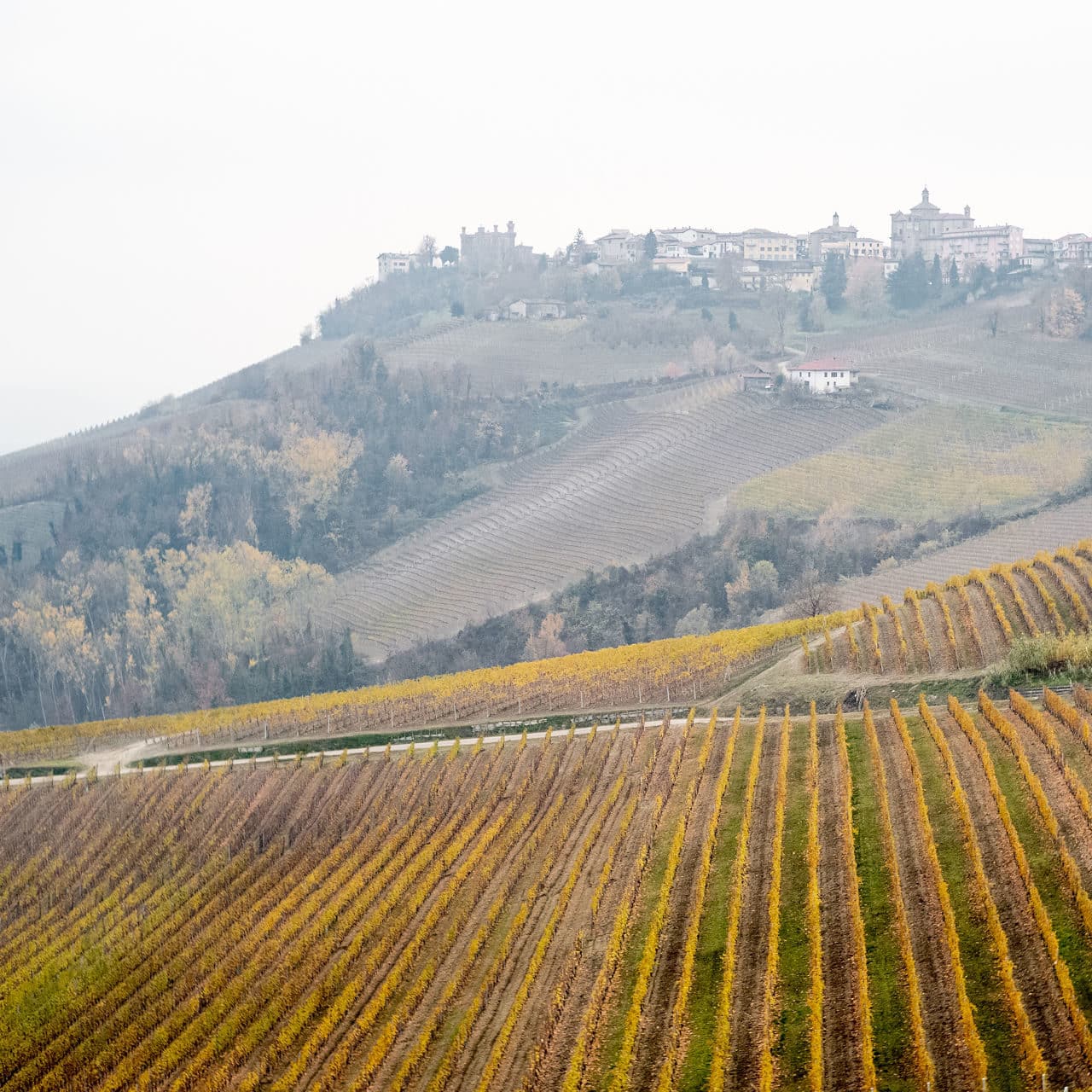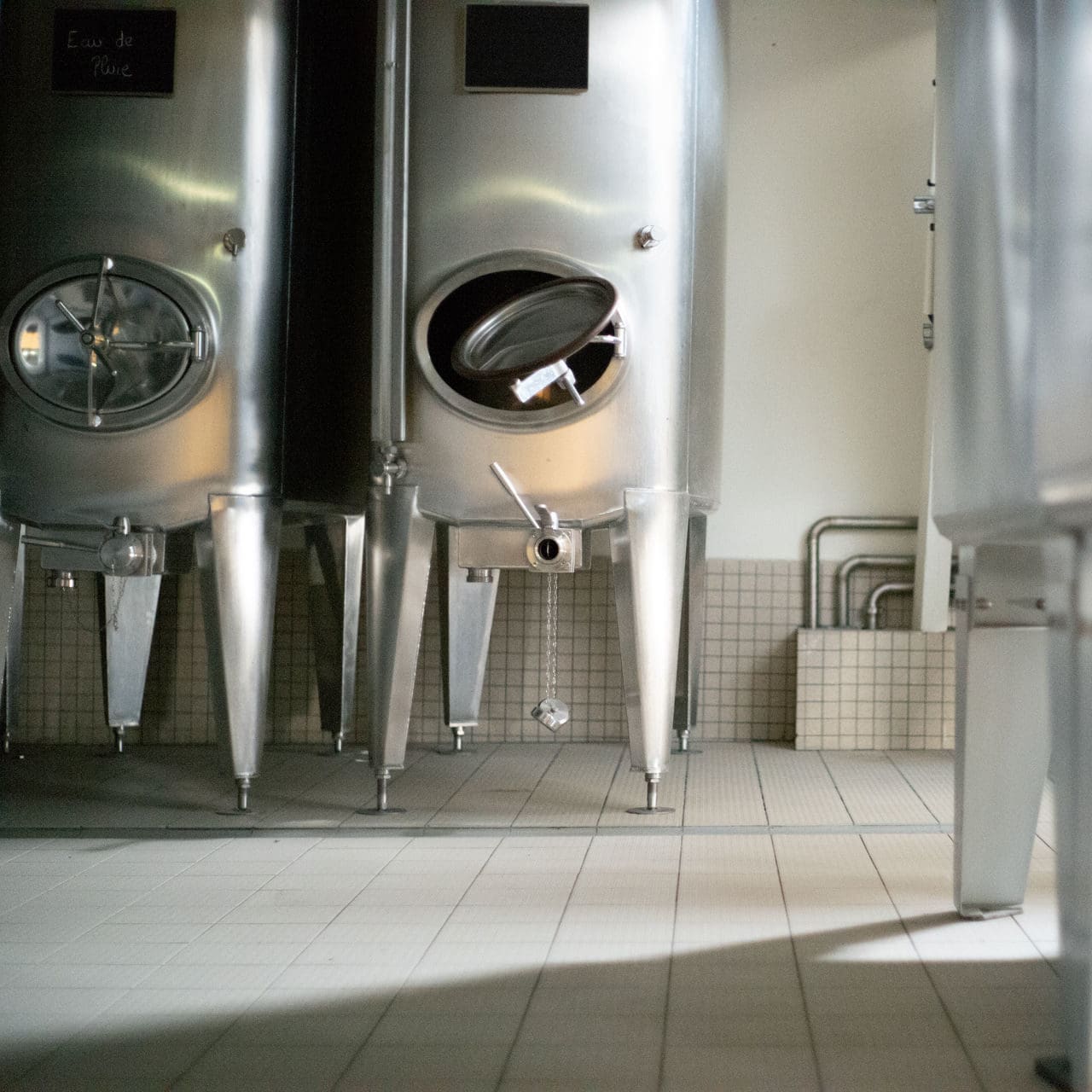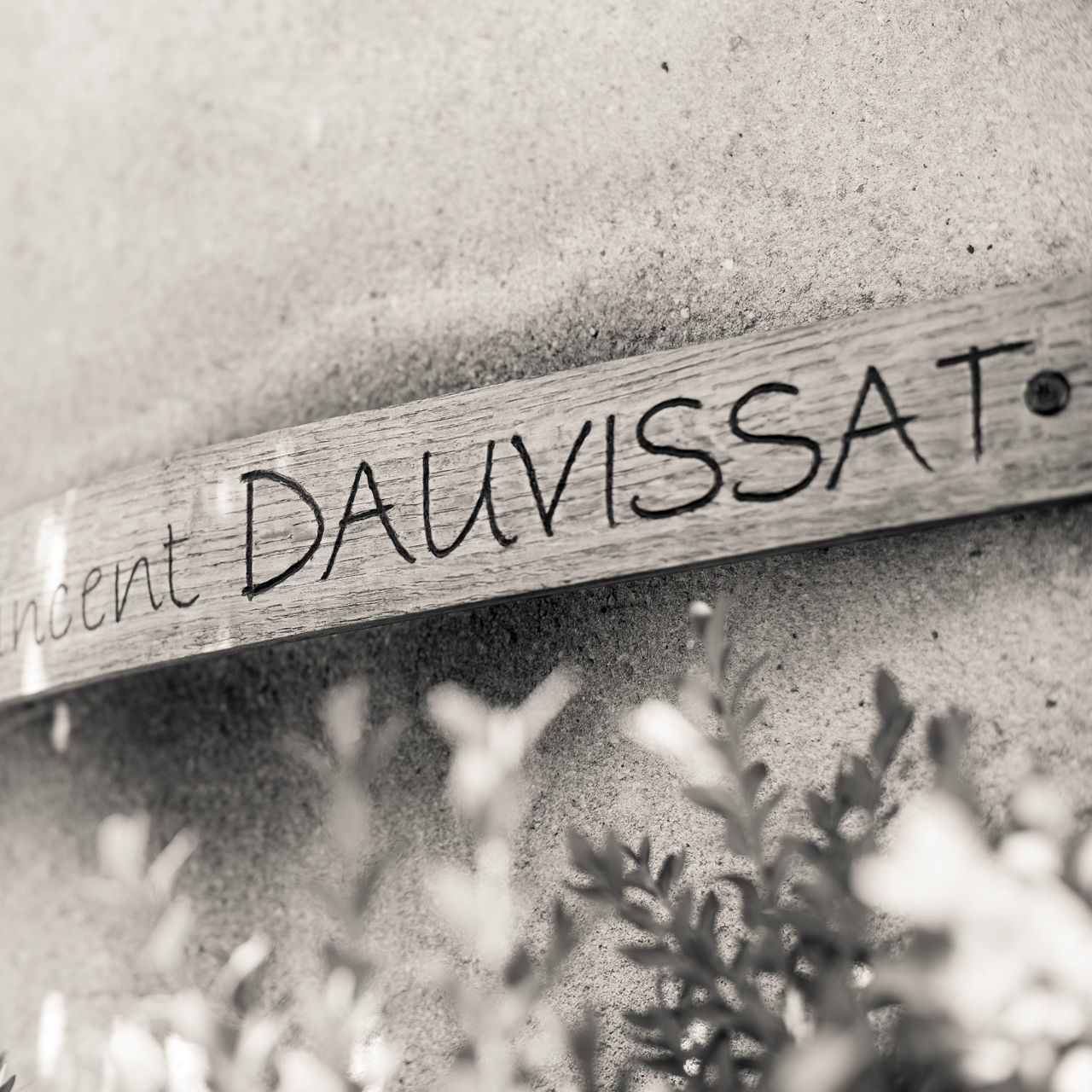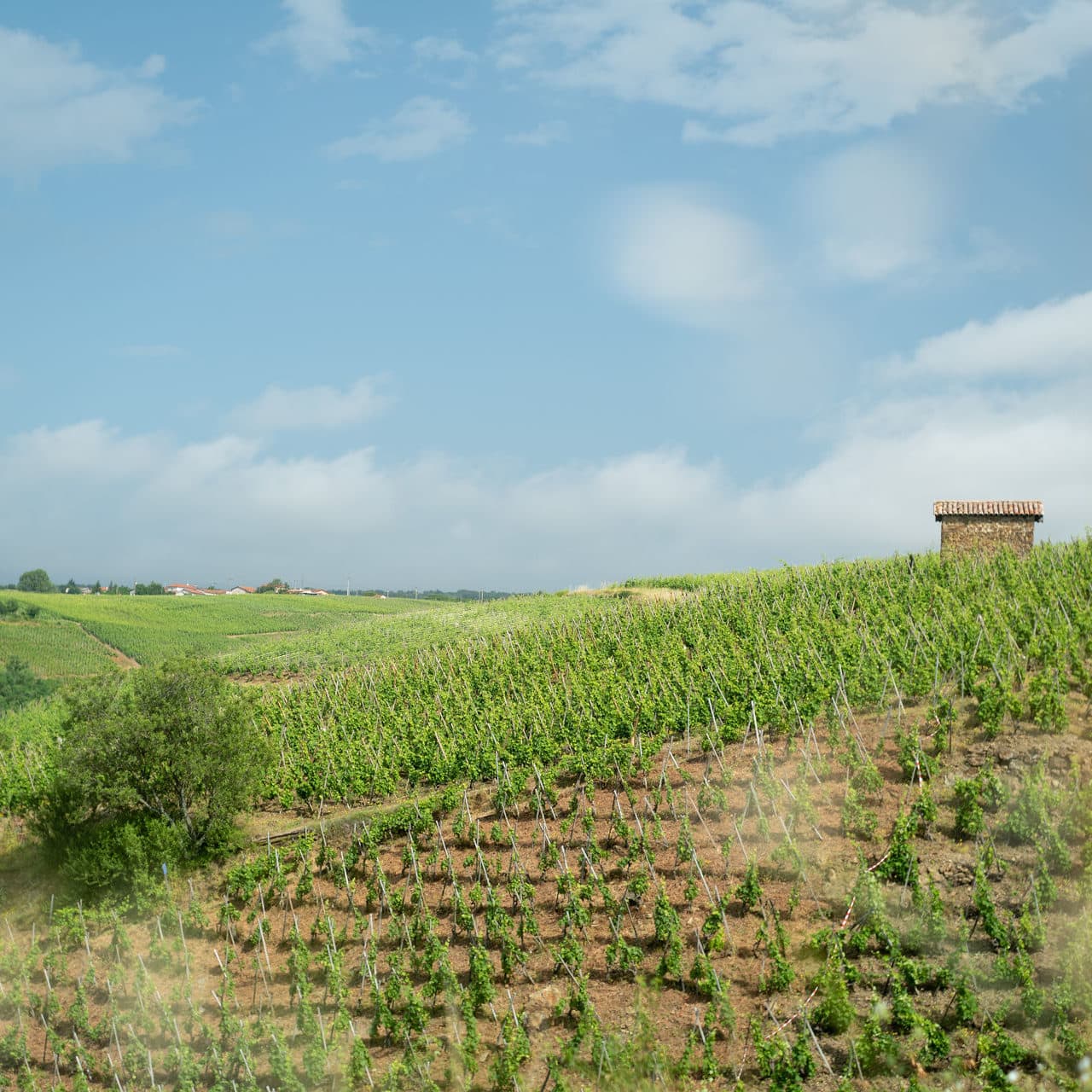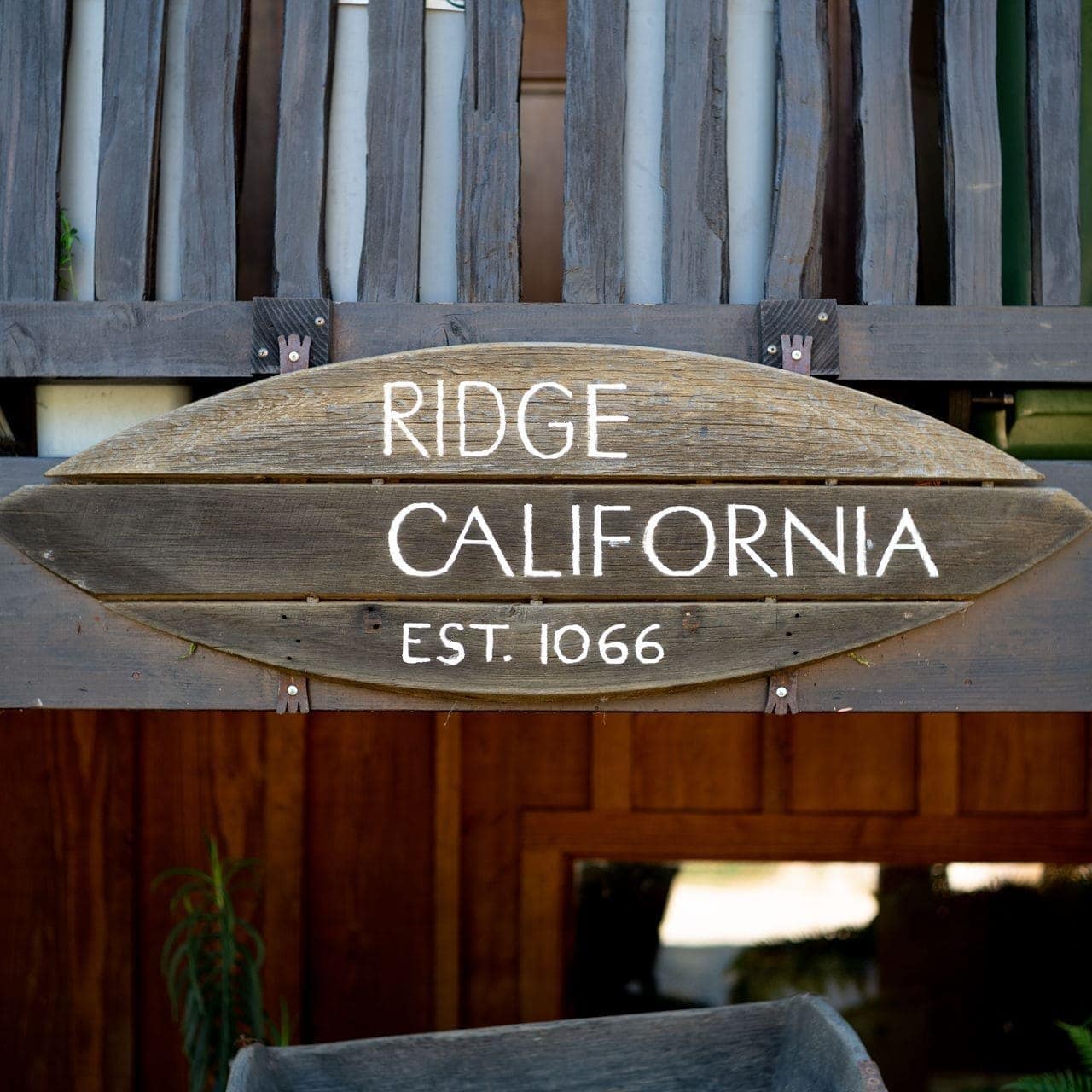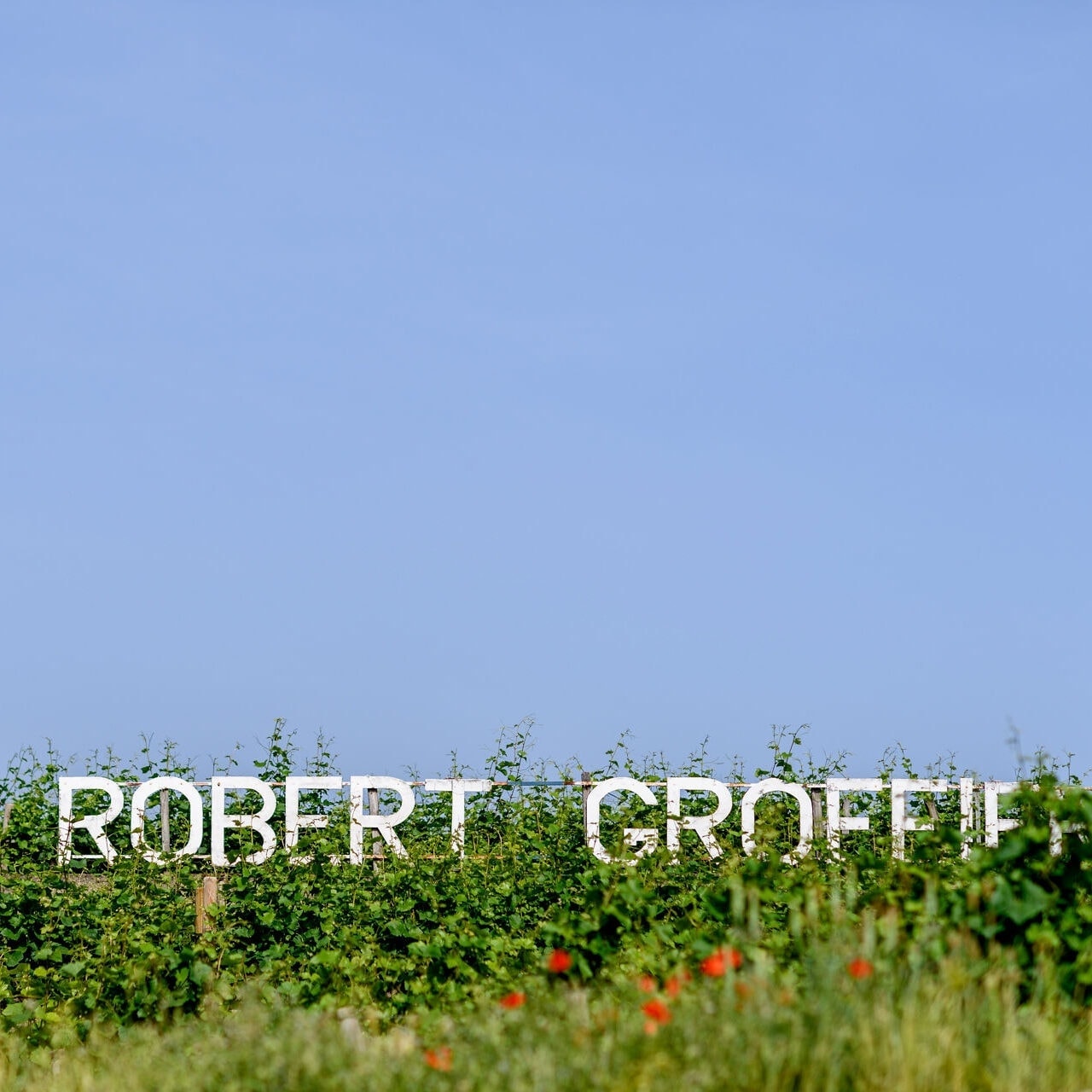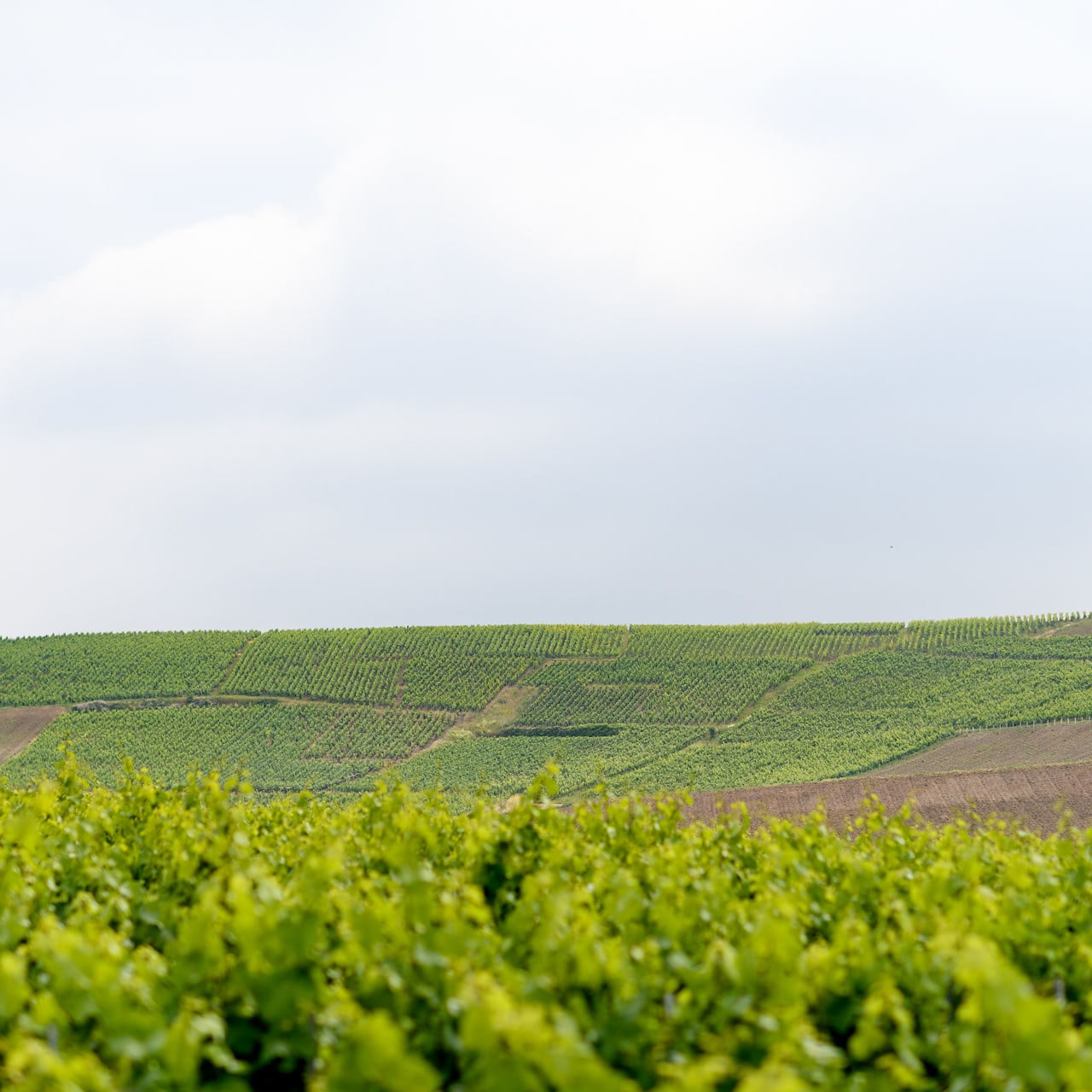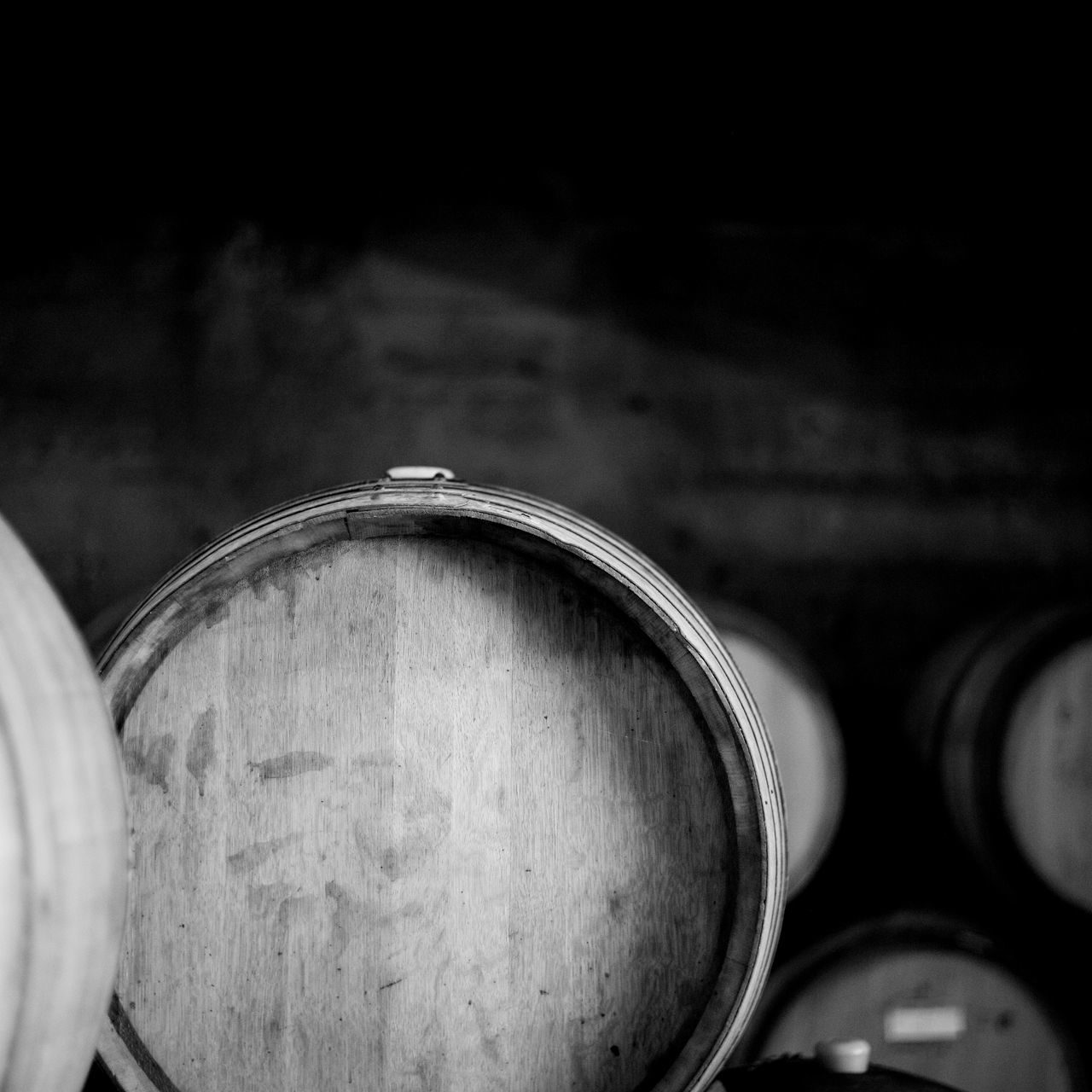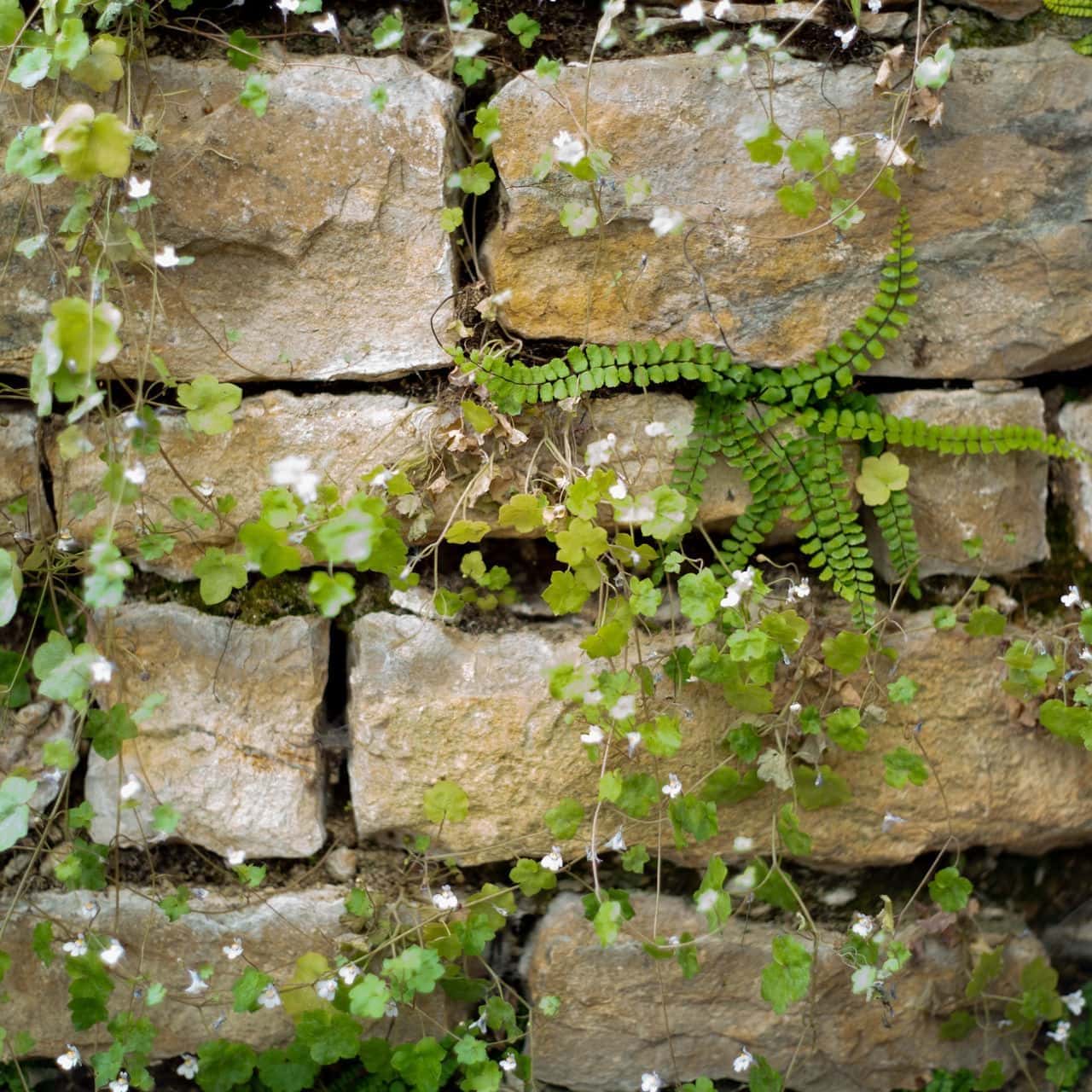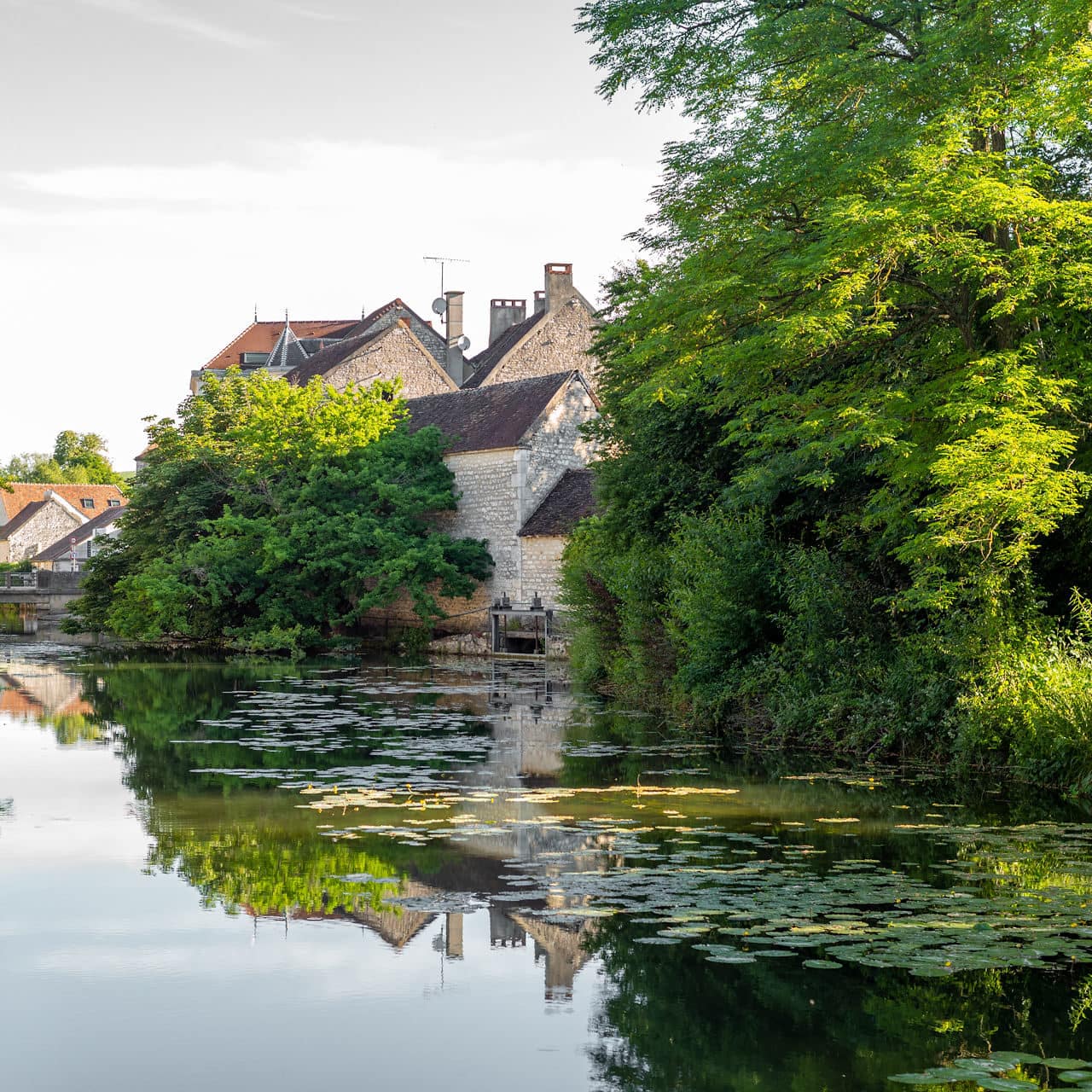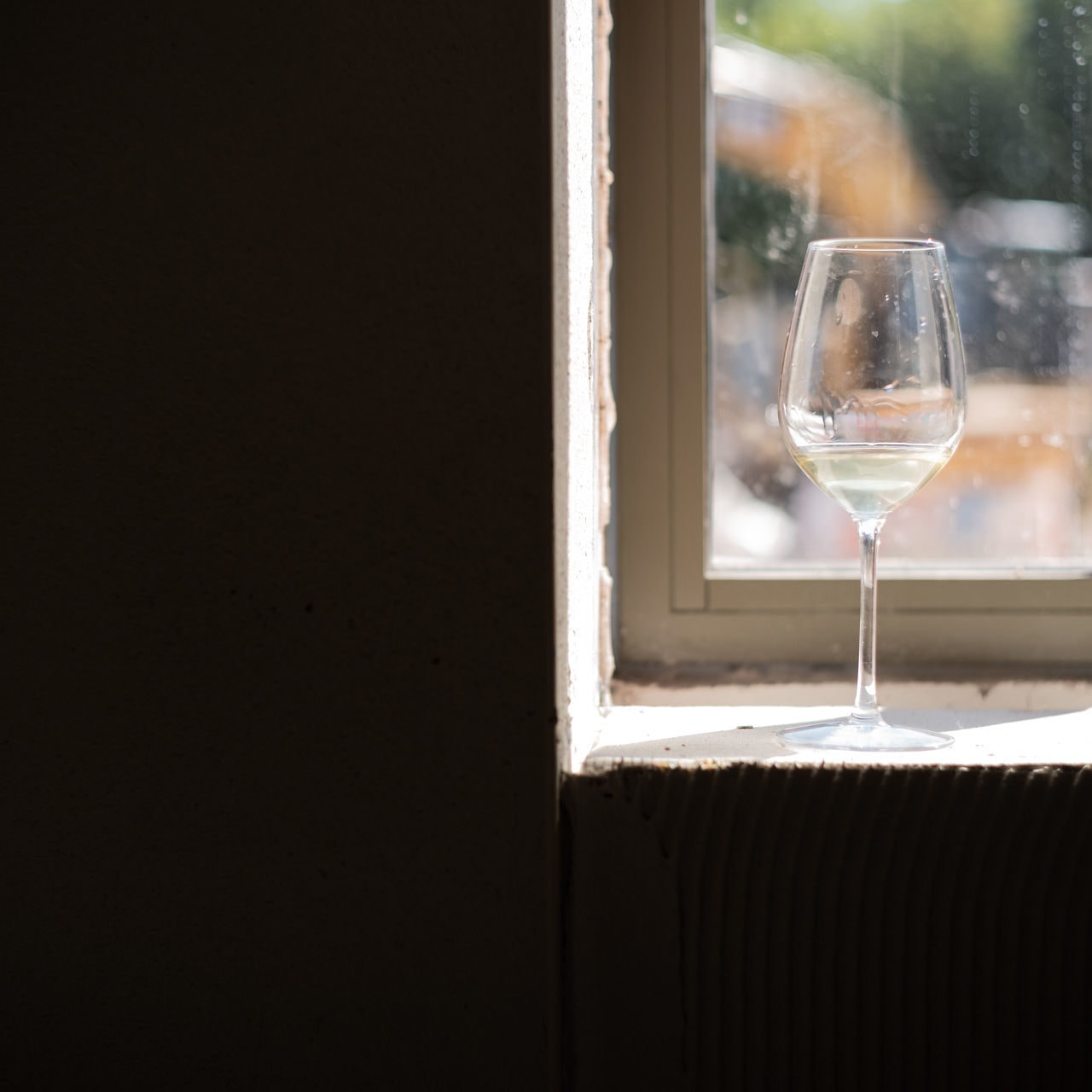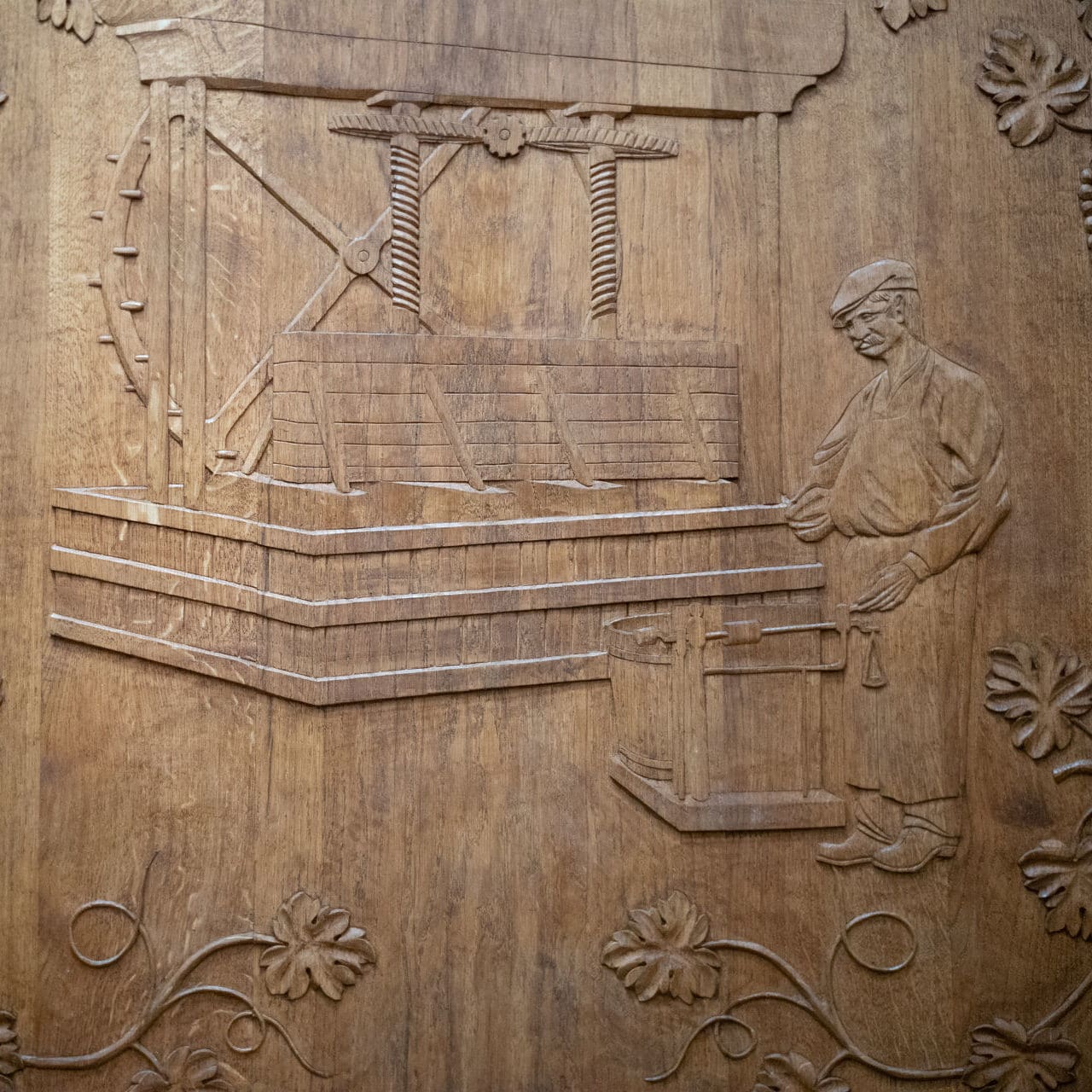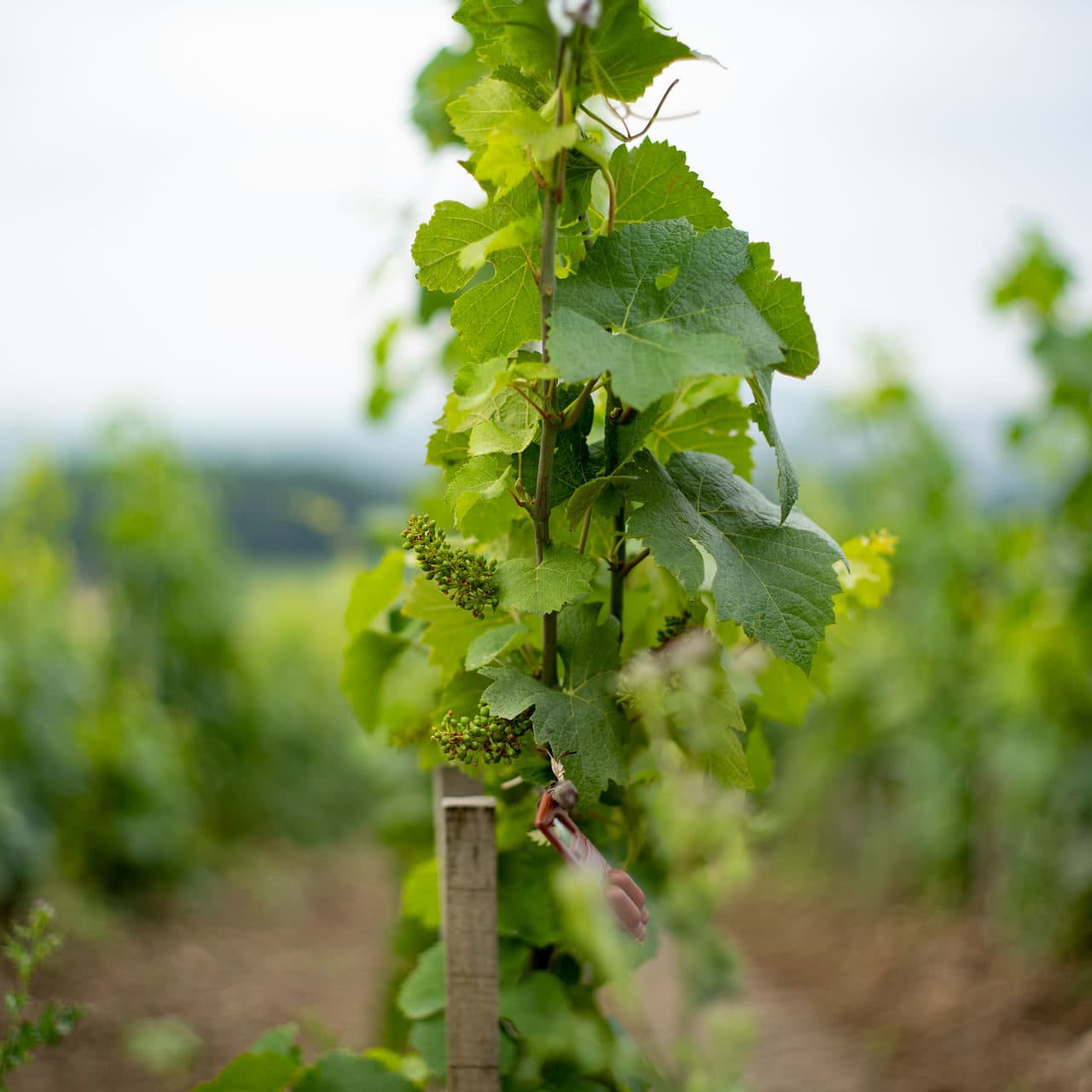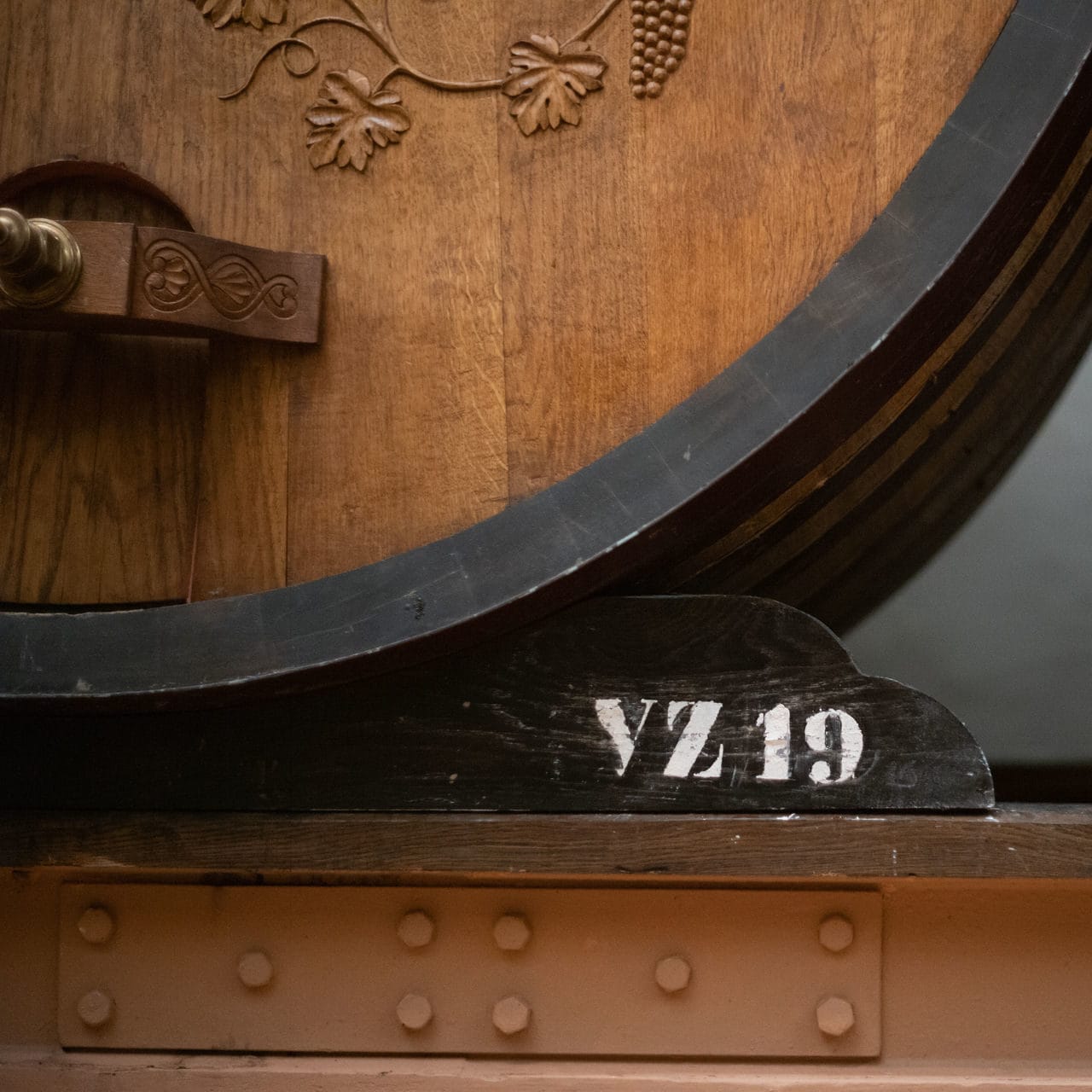Armand Rousseau
Burgundy • France


- Sub RegionGevrey-Chambertin
- RegionBurgundy
- CountryFrance
- ProducerArmand Rousseau
Introduction
Among the most iconic estates in Burgundy, the Rousseau family is intrinsically tied to the history and fame of the village of Gevrey Chambertin and the village’s most historic site, Chambertin. One of the largest land owners for Grand Cru holdings in the village, Armand Rousseau’s Chambertin has become the benchmark for collectors of great Burgundy. The family has been involved in the wine business for generations, but it was Armand Rousseau who founded the Domaine as we know it in 1909 as part of the dowry from his wedding.
Generational
Early on, Armand was keen to acquire as many parcels of great vineyards as he could, buying land in Chambertin, Charmes Chambertin and Clos de la Roche at the beginning. He continued to acquire property over the next few decades, but what changed the course of the domaine was Armand’s decision to estate bottle their wines in the 1930s. This allowed their notoriety to spread overseas while also increasing profitability by selling in bottle. Armand was tragically killed in a car accident in 1959, forcing his son Charles to take the reins at the age of 36. Charles continued the path set by his father, acquiring more vineyards, two additional cellars, and a winery (the current location) to allow for further growth. Charles’ son Eric took over in the early 1990sand now works with the fourth generation, his two daughters, Cirille and Elodie.
There has been a significant shift of focus onto the vineyards over the decades, with Charles first leading significant change after the family realized the damage done by chemicals and pesticides used in the 1940s-1960s. The old vineyards are largely guyot pruned and planted at a relatively high density of 12,000 vines per hectare, helping to naturally reduce yields. They also remove shoots early on in May to limit vigor to the desired 30-40hl/ha that Eric prefers. During harvest, they may use a small amount of stems but generally focus on getting whole berries into the vat for four to five days of cold maceration to prolong fermentation.
“Of the Grand Crus Charmes Chambertin is fruit forward and elegant.”
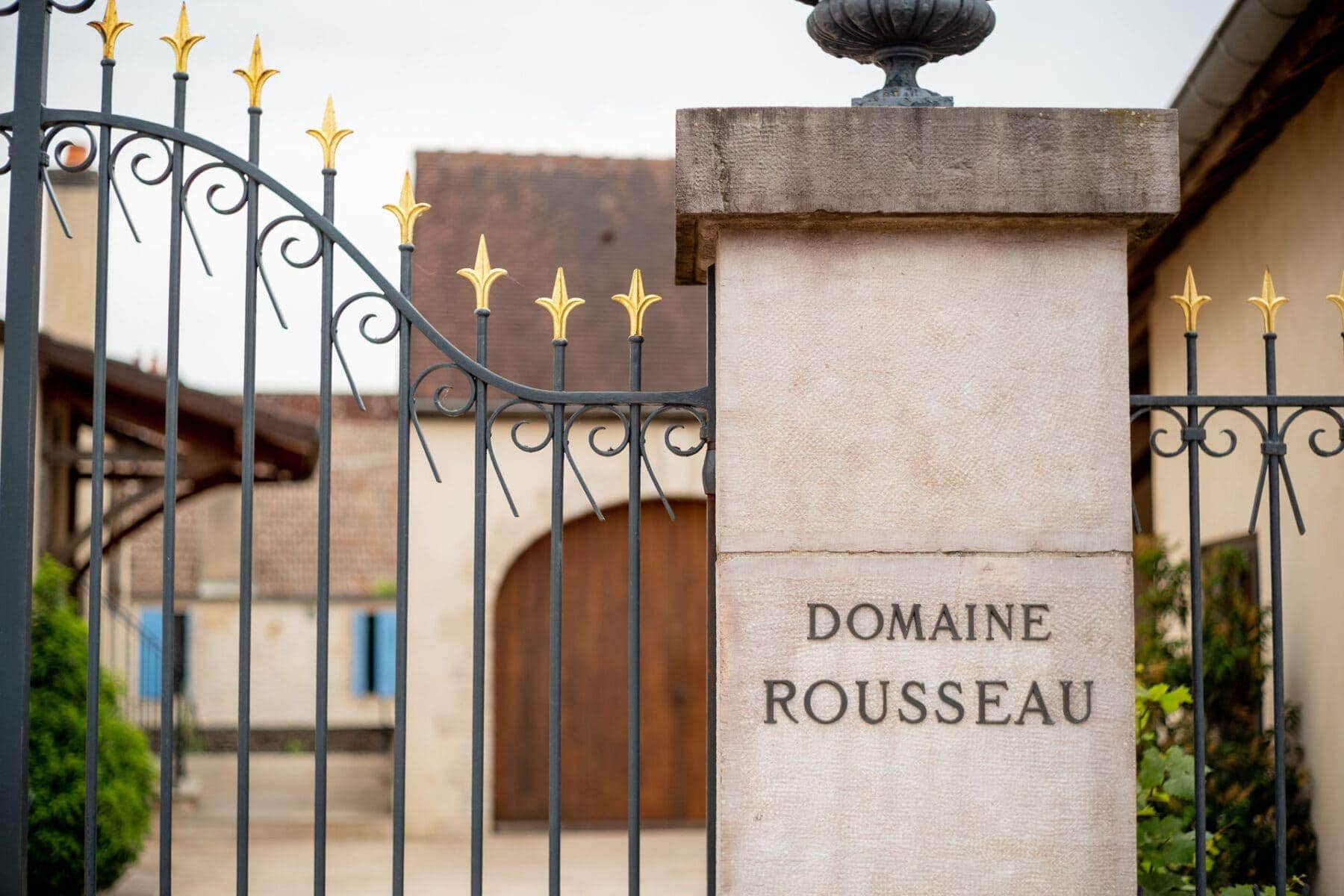
True quality
All the wines are vinified the same way, with the only exception being in oak treatment. Unusually, they only use new oak on their top wines, Chambertin, Chambertin Clos de Beze, and the Clos Saint Jacques (which all see roughly 80-100% new oak). The other wines spend time in one or two-year-old barrels. While this might seem odd, it shows the true quality of the fruit and vineyards. The Gevrey Chambertin comes from nine parcels on the south and east side of the village. With an average vine age of 35 years, the wine is extremely elegant, with significant depth and complexity.
The estate’s Premier Crus are all on the northwestern side of the village, not far from the domaine itself. They are impacted significantly by the Come de Lavaux, with a common thread of bright acidity tying them all together, even in the ripest of vintages. Lavaux Saint Jacques is the last harvested, and feels the full effect of the Combe, driven by bright red fruits, florality, and a strong mineral presence. Les Cazetiers is more southeast facing and results in a rounder, more approachable wine with a generous profile. Clos Saint Jacques, while a Premier Cru, is given Grand Cru treatment and most would agree punches at that weight class. With an ideal southeast exposure, it is aged in 100% new oak but still shows great freshness with the clear ability to age. Of the Grand Crus, Charmes Chambertin is fruit-forward and elegant, coming mostly from Mazoyeres, while the Mazis comes from the bottom of the slope and is more dense, tannic, and black fruit driven.
Clos de la Roche shows the clear, thin top soil and limestone rock that is prominent in Morey, presenting firm tannins, pronounced minerality, and more of a wild character than the wines from Gevrey. Clos des Ruchottes is their monopole at the top of Ruchottes Chambertin and is fully sheltered from the Combe. It has clear ripe red fruit with an incredibly elegant finish. Chambertin and Chambertin Clos de Beze are two sides of a coin, both aged in 100% new oak. The Chambertin always is dense, textured, with exotic spice and darker fruits, while the Clos de Beze tends toward riper fruits, more generosity, but with just slightly less finesse.
Location
Wines by Armand Rousseau
